



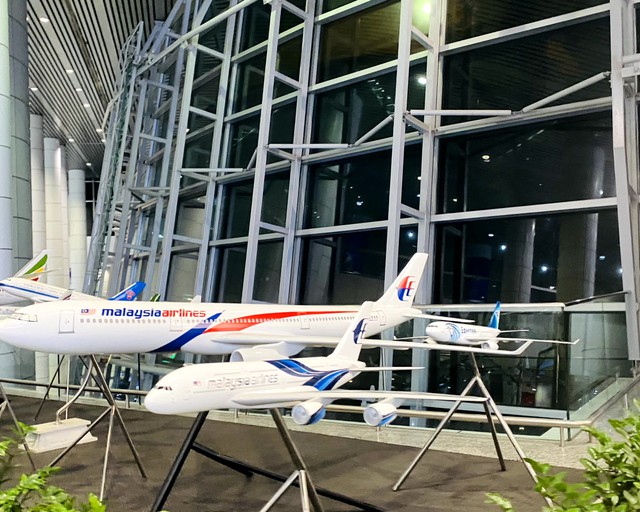
 #23 out of 94 Airlines A minimum of 10 flight-reports within the past two years is required to appear in the rankings.
216 reviews
#23 out of 94 Airlines A minimum of 10 flight-reports within the past two years is required to appear in the rankings.
216 reviews
One-eighty: one video, eighty pictures
This report is a continuation of my Diwali break trip in October 2022, of which the two more noteworthy legs were a Singapore Airlines long-haul A350 to Kuala Lumpur (which turned out to be 9V-SMF, the 10,000th Airbus aircraft of all time) and a Malaysia Airlines A330-300 to Chennai, marking my first time ever on MH — or, for that matter, Oneworld — and on the A330(-300), which is what I will talk about in this report. The third and final segment would be a Singapore Airlines 787-10, which I had already reviewed early in that year, in January 2022; the flight was virtually identical to that one, save for the flight number, timings and registration of the aircraft. This comes as I have just booked two segments on SriLankan Airlines in early April 2023, which will be my second time on a Oneworld airline and on the A330 (on both legs at that!).
Suffice it to say that MH180 was a momentous flight in my history, as I would finally get to experience the A330-300 firsthand. This is one of my favourite widebody aircraft in terms of both sleek looks and capabilities, but — as far as South(east) Asia is concerned — it is largely confined to Oneworld airlines like Malaysia Airlines, SriLankan Airlines, Cathay Pacific Airways and Qantas Airways (as well as the SkyTeam airline Garuda Indonesia — which I hope to catch some time this year, on the A330-900neo if possible), now that Star Alliance members Singapore Airlines and Thai Airways have sadly retired the A330-300 as a result of the pandemic, though Thai has brought back three of them on limited routes.
Getting a little into typography here, let me say that I was happy to have finally got to fly MH, which I consider to have the best typography of any Southeast Asian airline by a long distance, thanks to its usage of the evergreen Gotham font, which is executed perfectly in every application from menus to signage to advertising. Indeed, new SkyTeam joinee Virgin Atlantic Airways is the only other airline to use the font so consistently, apart from MH’s arch-rival (but close codeshare partner) SQ which uses Gotham as part of a multi-font typographic system.* Budget carriers like SpiceJet and Wizz somewhat manage to use the font half-decently, and perhaps Virgin Australia (though nowhere near as good as its British sibling), but this cannot be said of Frontier.
*While Singapore Airlines also uses Gotham, it is confined to advertising, while the website and app use Proxima Nova instead, and the IFE uses Source Sans Pro on the A350 Regional and Montserrat on all other aircraft. SQ’s main brand font, of course, is Baker Signet, and the other fonts play a supporting role to this master brand font. I am fond of all of these fonts as long as they are used consistently without confusion, with the exception of the pathetic Montserrat, which is heavily clichéd and overused (which admittedly Gotham and Proxima Nova may be as well) but cannot claim to have a bit of professionalism as those two do. On the whole I think SQ does a fine job with the separation of its fonts, but MH wins by a large margin for its consistent single-font approach.
How MH could do with a fleet renewal
However, I must say that having had high expectations from the A330-300, I was slightly disappointed by the datedness of some aspects of the onboard product, especially the IFE. It shows that this medium-haul workhorse could do with a bit of TLC like we see with airlines like SriLankan or Brussels Airlines, where the A330 is their only widebody aircraft, now that the A340s are gone. Along with the trusty and hard-working 737-800, the A330-300 (and its smaller but longer-ranged sibling the A330-200) is due for a refresh at Malaysia Airlines, which has committed to an all-Airbus widebody fleet and an all-737 narrowbody fleet, like its Oneworld Connect partner Fiji Airways. To this end, since MH’s six A380s are likely to never fly again (other than to the scrapyard) and since its six A350-900s are confined to long-haul routes like London and Tokyo — never operating regional routes like they do at SQ and TG — it is welcome news indeed that MH decided to order the A330-900neo in mid-2022, along with its existing 737 MAX order that should enter service by the middle of 2023, in a few months’ time. This may not be used to fly long distances like its domestic rival Batik Air Malaysia (formerly Malindo Air) does — flying it as far as Melbourne — as MH already has a number of widebodies at its disposal.
The MAXes could not come soon enough, but unfortunately they will be minus a seatback IFE system, a standard feature of MH’s existing 737-800 fleet (and for that matter SQ’s new 737 MAXes, but not its few 737-800s, which are on the way out): MH has sadly decided to remove seatback IFE as part of retrofitting its 737s. I hope that, sooner or later, the A330-900neo starts to make an appearance at MH as well — given that the A330s are getting a bit long in the tooth, especially the ex-Airberlin A330-200s, which date back to 2005 — as (citing an example in this region) they have proven to be a capable and effective aircraft at both major Indonesian airlines, Garuda Indonesia and Lion Air. (Too bad no Indonesian airlines ever ordered the A350 or 787 — unlike practically every other major Southeast Asian flag carrier — or we would have seen the striking Garuda livery on them!) MH will not operate the 787 either, contrary to earlier reports: sticking to Airbus for all widebodies and Boeing for all narrowbodies points to a simplified fleet strategy, unlike TG with its mishmash of piecemeal subfleets from both manufacturers.
This is a step in the right direction for possibly the most troubled airline in all of East Asia, which has been tottering for much of the past decade after billions of ringgit in financial losses, multiple proposals of restructurings or shutdowns, the utter wastage of resources in the form of those white-elephant A380s and, above all, the traumatising twin tragedies of 2014: MH370 and MH17. (As the former approaches its ninth anniversary, Netflix will release a documentary on the infamous disappearance, though there remain far many more questions than answers.) Despite all that it has gone through, MH has not compromised even a tiny bit in its stellar corporate identity, or indeed its remarkable service, catering and Malaysian Hospitality — which was part of its slogan until the brand refresh in 2012 that saw it introduce A380s and the Gotham font.
Indeed, other airlines in the region like Thai and Garuda continue to bleed and downsize — and yet cling on to their acclaimed but money-losing first-class product (especially so for GA, which got its Skytrax 5-star rating and World’s Best Cabin Crew reputation on the back of this alone) — but none have been as badly affected as MH, given its traumatic and turbulent recent past. I can only hope that this fallen giant can recover some of its lost glory with these new aircraft and a renewed approach to financial stability, something that has eluded it all this time.
Disclaimer
From this report on you will notice far fewer pictures — in this case 80, around half the limit of 150 — and many more collages of multiple pictures in one, thanks to the folks at imgonline.com.ua with their nifty and phenomenal image tools. No, this is not a paid or sponsored post in any way. As you may have noticed from that .ua domain, they are a Ukrainian website, and as we have crossed one year of the invasion in Ukraine, I request you to perhaps try out their services, as who knows how it may help in your next trip report to cut down on images and storage. If only there were a donation link somewhere, as I would have happily done so!
Friday, 21 October. After stepping off 9V-SMF, which had landed late, I had very little time to make it to the next flight, and so I was guided by two kindly airport officials who displayed a paper with the flight number (MH180) and destination (MAA, Chennai) prominently visible. I had to rush through the beautiful KLIA main terminal — easily the best in Southeast Asia after Changi — which justifies its location in the middle of a rainforest a long way south of the Malaysian capital, almost near the coast. Therefore please pardon me if the quality of the pictures is not the best.
This was my first time in this country in nine years; KUL (the now-demolished low-cost terminal, to be precise) has the honour of being the first foreign place outside Indian shores I had ever visited, back in 2013: something I keep mentioning in my reports every so often. Too bad I have never visited KL, or indeed anywhere in Malaysia, outside the airport — unlike Bangkok, which I did visit in 2016, though that trip was via the low-cost Don Mueang (DMK) airport and not the main Suvarnabhumi airport.
Now, however, was not a time to ponder over the absence of the ‘Truly Asian’ country in my travels, as I had to run all the way through the travelators without so much as catching a moment’s pause to look at the starry ceiling above!
AirAsia passengers sadly miss out completely on these aesthetics: the low-cost KLIA2 terminal is nowhere near as grand as this one, as I would find out in a couple of months’ time.
Another compliment I have about KLIA is that the Wi-Fi coverage is solid and seamless: not only does it last a whopping 24 hours, when others choose to cut it off after a few hours, but it is well accessible even from the aircraft, which is a boon to those who do not have a Malaysian SIM card from the likes of Celcom or Maxis. (For me, though, I later discovered that Singtel’s short-term prepaid roaming packs are more than enough — though not this time…) This is something that BKK needs to learn from urgently, as its Wi-Fi offering is frankly terrible: (a) it shows an irritating and loud ad before connecting; (b) it requires you to scroll through a long list of T&Cs; © it requires your phone number and email but never bothers to validate the same (so entering any random value will do); and — worst of all — (d) it terminates your connection after an hour, forcing you to go through (a), (b) and © all over again. Very, VERY well done, Malaysia Airports!
While Malaysia Airports may not excel in the typography department like MH does, it has every other base covered, from architecture to communications. The only problem, if any, is that there is no way to transit airside between KLIA and KLIA2 without passing Immigration, something that is possible at most other multi-terminal airports. There is a complimentary shuttle bus service, but only landside, which is not much use to a connecting traveller — it merely saves the same purpose as the KLIA Ekspres/KLIA Transit which originates from KL Sentral station in the city centre. If such a transfer were possible I would gladly cross over to the KLIA side if arriving on AirAsia!
Then we reached the central atrium, which had ads from a couple of banks like CCB (China Construction Bank) and UOB of Singapore, as well as booths of cosmetics and beauty companies like MAC and Dior, among others.
Imagine my joy when I saw a bunch of model aeroplanes: a Malaysia A380 and A330-300 (with the slightly older red-and-blue titles as against the newer all-blue titles seen on the A380, A350 and most A330s and 737s), an EgyptAir A330-200, a China Southern A380 (now retired, like MH, TG and Air France), an Ethiopian 787, a VietJetAir A321, a Qatar 777 and many more. Funnily enough, the MH A330-300 was several sizes bigger than the MH and CZ A380s! For the life of me I could not identify that blue tail next to the CZ A380. Fittingly enough, it is this model MH A330-300 that is the cover image of this report.
However, I could not go closer to identify every plane or get clearer pictures, as I was practically rushing to the connection counter. This display alone is worth a revisit to KUL’s main terminal. Fortunately a YouTuber has kindly posted a video of the model aircraft on display, including many more airlines that I could not spot at the time: Emirates, Etihad, Turkish, Garuda Indonesia, Air China, Royal Jordanian, Royal Brunei, PIA, Korean Air… and apparently that mysterious blue tail to the right of that CZ A380 above was Saudia. Who would’ve known?!
At a quarter to nine we finally reached the transfer counter, which looked much less occupied than those at BKK, which are spread throughout the single terminal there. Fortunately, unlike BKK, there was no secondary security check (you even have to remove shoes at that airport) and as soon as I showed my filled-in online Air Suvidha form, I was handed the boarding pass, which — as with many other airlines nowadays — was completely devoid of any branding elements beside the airline and alliance logos.
These pictures of that day’s boarding passes were taken later, at the boarding gate, and you can well see the juxtaposition between the two. It seems like a competition between the two cross-alliance rivals (but friends on the codeshare front) as to who can be plainer and more boring; at least MH’s had blue airline and alliance logos, while SQ’s seemed to be printed by a machine lacking colour cartridges. For comparison, Air India and SriLankan have far more colourful boarding passes.
The reverse had fairly outdated information, now that contact-tracing apps like Malaysia’s MySejahtera and Singapore’s TraceTogether are a thing of the past. At least MH was able to apply the Gotham font here, which could not be said for the obverse.
Back to the transfer desk: here was a (rather bland) view of the surroundings.
And here, to compensate, was an exciting vantage point which afforded views of the local Eraman duty-free shop, a watch boutique and what looked like a kids’ play area.
Soon enough we had reached our gate, G8 — at around 9pm local time — and I bid goodbye to the two agents and thanked them for their gracious service.
Like Changi, and unlike BKK, there is secondary baggage screening at every gate in KUL. If you must have high ceilings, this is how it should be done, unlike the agoraphobia-inducing gates at BKK.
Some passengers, like this kid, were bored stiff and were twiddling their thumbs, wisely avoiding the line that snaked through into the gate area.
At a quarter past nine, all formalities were completed, and most passengers — like this girl here — were chafing at the bit to board the (Air)bus.
The gate wore a deserted look, as most passengers had made a 180° (ha!) turn towards the aerobridge.
Now it was time to end my hour-long stay in this underrated and resilient country. Despite its corruption-tainted history, Malaysia remains head and shoulders ahead of every other country in the region except the Little Red Dot, which is too far ahead. I am grateful to be able to live and work in Singapore, but it is always nice to have a perspective on how neighbours are doing.
If you can see that thin red swoosh near the belly of the plane, you will understand that this was a Negaraku-liveried jet. We plebeians queued up to board, while business-class folk had an aerobridge to call their own.
It was only now that I looked down at the nosewheel and confirmed that our chariot for the night — my first A330, another in a record-breaking year of firsts in personal aviation — would be 9M-MTH. If MH was Malaysian Hospitality, I suppose MTH would be Malaysian Truly-Asian Hospitality. This bird was both built and delivered in July 2012, the month of the London Olympics.
It is clear that the Negaraku livery is becoming a standard livery for MH — replacing the previous one with a blue and red stripe — as almost all A330s and most 737s and A350s sport it. Our A330, 9M-MTH, had it, and so did this 737 (9M-MLT) to our left…
… but not 9M-MTK, the A330-300 on the other (right) side of ours, which had not only the previous standard livery but also the older titles (blue and red). Thankfully there is, I think, only one aircraft with the ancient 1980s-era livery, a 737-800 registered 9M-FFF: though it was built only in 2011, it never received the new titles, let alone the Negaraku scheme. Seeing it reminds me of the trauma the airline and country went through nearly a decade ago, and the 777-200ERs it had to retire as a result.
Astonishingly enough, there was no Oneworld logo next to the door: it is a standard practice for Oneworld and SkyTeam members to have the alliance logo next to at least one passenger door (sometimes two or even three) on the left side — though SkyTeam also has the logo behind the cockpit — but this is never the case with the Star Alliance, where the alliance logo appears only behind the cockpit.* In any case, that could only have been a good thing, since I absolutely detest the Oneworld logo; the blue circle logo dating back to 1999 has always felt tacky, and could do with some simplification and flattening. It was only while alighting at Chennai that I noticed the logo next to the first passenger’s door next to business class.
Instead, there was a sticker for MHconnect, the airline’s Wi-Fi and onboard roaming service. However — as is often the case — I was not able to connect to it on board, but the excellent Wi-Fi coverage from the airport more than sufficed. At least it seemed to be working for other passengers, which is more than can be said for Thai SkyConnect on my previous flights with them.
*Oneworld has only the door logo and Star Alliance only the cockpit logo, while SkyTeam has both — but aircraft with the special SkyTeam livery do not have a cockpit logo. (Also, most Oneworld airlines put the alliance logo only beside the port-side (left) passenger doors, but MH is one of the few to also put it on the right side.)
Flight: Malaysia Airlines MH180/MAS180
Date: Friday, 21 October 2022
Route: Kuala Lumpur International (WMKK/KUL) to Chennai (VOMM/MAA)
Aircraft: 9M-MTH, Airbus A330-300
Age: 10 years (first flight: 10 July 2012, delivered: 30 July 2012)
Seat: 34K (window)
Boarding: 9:25pm UTC +8 (6:55pm IST, UTC +5:30)
Departure: 9:50pm UTC +8 (7:20pm IST)
Arrival: 10:40pm IST (1:10am UTC +8)
Duration: 3 hours 20 minutes
Notes:
* First flight on Malaysia Airlines, or on any member of Oneworld. So far I have flown three Star Alliance airlines (AI, SQ and TG), while shortly I will make UL (SriLankan) my second from Oneworld. With SkyTeam left, I hope to tick off both KLM Royal Dutch Airlines (which operates fifth-freedom flights from Singapore) and Garuda Indonesia on a planned trip to Bali during the summer.
* First flight on the Airbus A330(-300), and therefore on any Airbus widebody besides the A350, not counting the Singapore Airlines Restaurant A380@Changi event in October 2020.
* First visit to Malaysia in 9 years; the previous one was on AirAsia in October 2013, en route to Singapore.
On entering, passengers encountered this red wall with the old lettering, from a time before MH’s Gotham-ised brand refresh took place in 2012 — the same year that this aircraft was built.
This being my first time on the A330 — and hence on a 2-4-2 aircraft compared to a 3-3-3 one (or, in the case of the 777-300ER, 3-4-3) — I was pleasantly surprised at the ease of reach of the aisle. The white, rounded IFE screen and remote are a hallmark of early-2010s-vintage A330s, this much I knew, but I could not have foreseen the slot to swipe a credit card, or even the USB port. Notice also the sign for MHconnect at every seat. But this is about all I can say about the IFE system which is complimentary, and why you will find out below.
As for this girl in the sarong kebaya: selamat datang to you too, I say!
Here is the safety card, which I must say is infinitely more professional than the messy job Thai Airways has done in terms of its fonts. It goes to show the importance that MH places in its typography and brand. It goes without saying that inflight magazines — which in MH’s case was called Going Places — have completely ceased to exist in Southeast Asia. But there is apparently some rare good news in store: Going Places appeared in the renders of MH’s new 737 cabin without seatback screens, and indeed it was reintroduced on board in December 2022, a welcome reversal of the global magazine-axing trend.
This, I suppose, was the only instance where the Oneworld logo appeared to the right of the Malaysia Airlines logo, instead of to the left. This alliance does not have any consistency as to where a member might place its logo beside that of the alliance. While MH and Qatar put it to the left, Finnair, Qantas and SriLankan put it to the right. In contrast, all SkyTeam members put the alliance logo only to the right, and as for the ‘A Star Alliance Member’ logotype, it may appear either below or to the right of the airline’s logo.
But I seem to be going on and on about logos and placement… What am I doing reviewing airlines instead of designing at a brand consultancy?
Select is the name of MH’s IFE system, and select was exactly what I was going to do. Inggeris atau Bahasa Malaysia? Sorry, but no hablo español; ne parlez français; spricht kein deutsch. For all you European/Asian travellers who take pride in your own language over the world’s global language, you are better off flying Thai Airways in this region, as it has far more IFE language options — but a Spaniard or a Korean would be bitterly disappointed there as well, as those languages are absent.
Zero points, too, for the overtly blue (literally and metaphorically) and extremely plain background: blue would be a recurring theme throughout this IFE system, and if anything it reminded me of the blue 4:3 display of the TG 777-200ER — though honestly that was far worse. Indeed it made me yearn for the flowery purple/orange HD display of the Thai Airways A350, not least because those are my favourite colours. Or, for that matter, the razor-sharp display on the previous SQ A350 flight, though its dark blue is not exactly to my liking. One can only hope that MH’s upcoming A330-900neos have the far advanced IFE system of the A350s, as the 737 MAXes sadly won’t have seatback IFE, and neither will existing 737s for much longer.
With the constant instruction to ‘select’ in the top left corner, MH sure had the right intentions in trying to keep its passengers hooked. But what was actually hooked (to the seat) wasn’t especially easy to use: the full QWERTY keypad was clunky and unwieldy, and the less said about the screen itself, the better. Everything was blue and washed-out, and the screen was rather unreceptive to input. Nothing short of hard jabs at the screen worked, which is not what I expected. Clearly, my fondness for the cute white round screens on A330s (and 737s) of this time period was responded to with cold, hard disappointment.
And whenever I tried to bring up the flight information screen, this irritating pop-up reared its head. Seldom have I found an IFE system so frustrating to use, except for the ‘ye olde’ TG 777-200ER. I doubt Garuda’s A330s, or Qantas’ or previously TG’s or SQ’s, have so many issues with both navigation and aesthetics, despite being the same age or older.
And now, folks, it was time for the grand show of the flight: the exuberant and over-the-top safety video, called Satu, Dua, Tiga, Jom! (One, Two, Three, Go!). Those accustomed to the splendid and elegant SQ safety video with its quieting instrumental music and picturesque locales — as on my previous flight — are in for quite the shock with this peppy, in-your-face dance routine. All I can say is this: do not fly Malaysia Airlines if you want to be soothed and becalmed.
To me, however, it was kind of fun, and showed that MH had more than a little spunk, verve and joie de vivre, à la the safety videos of Air New Zealand or the erstwhile Virgin America. The catchy, sometimes cringy, lyrics show that this is a 180-degree turn (pun on the flight number!) from the sober, sophisticated elegance of SQ. If anything, I think it’s a statement to show that AirAsia is not the only fun airline in the country; the national flag carrier, despite its hardships and unenviable past, can afford to let its hair down every now and then.
It was nice that, at the end, MH doffed its hat to the rich heritage of Malaysian culture and arts, which was expressed both through its iconic wau kite — as synonymous with MH as the kris is with SQ — and through the batik pattern within.
Now it was 9:30pm, and the cabin lights had been dimmed for takeoff, but I was particularly interested in what one of the co-passengers had on his screen. What was this I saw… Jethalal?!?! What was one of India’s most iconic comic characters (from the long-running sitcom Taarak Mehta Ka Ooltah Chashmah (TMKOC) or Taarak Mehta’s Upside-down Spectacles) doing on a Malaysia Airlines flight?
My caption for this image expressed my awe at this unlikely sight. For any airline other than EK or SQ to have Jethalal on board is the most unimaginable coincidence ever.
Not that there was a whole lot of him to enjoy, though, seeing as there were a grand total of five Indian TV episodes, including two from TMKOC and two more from the YouTube-turned-Netflix series Little Things.
And, of course, anyone who knows their TMKOC will tell you that all the good episodes were released before the year this plane was built, and everything since then is nooonn-sense (a word that is a catchphrase of Jethalal’s!). I’d not be that harsh, as I think the show declined from 2017 onwards, but it certainly didn’t help matters that the episodes on offer were among the newest and most underwhelming, instead of joyful classics in 4:3 aspect ratio — probably the only time I would mention that ratio as a compliment. Not that I’d be watching them anyway on this blue screen.
At 9:50pm my brief sojourn on Malaysian soil came to an end, and we were airborne. The A330 (and its four-engined ancestors, the A340 and 747) has far bigger winglets than any other widebody aircraft, and since MH paints them white, they stood out against the night sky much more than on perhaps any other airline I have flown. If this were a 777 or 787, of course, there would be no winglets at all, while on an A350 or a narrowbody — especially on an airline with coloured winglets — they wouldn’t have been so obvious.
Now, as I typically do while ascending higher into the clouds, I decided to introspect the entertainment system, which I had already written off as near-unusable even for its primary function: the moving map. Here was a look at the IFE features, which could have been a treat to use if not for the drab colours and the hard presses of the screen. If you so please, you can open the image in a new tab in order to zoom on it.
For the heck of it, I decided to play a TMKOC episode, and was immediately greeted by two young travellers about to explain, I suppose, the COVID-19 policies being followed in Malaysian airports. Which was fine in theory, in terms of an ad that preceded the actual show.
And in case I wanted to exit — which I soon did — the system prompted me to consider its picture-in-picture mode instead of quitting alright. An early-2010s example of consumer sticky behaviour, if you ask me. Alrighty then.
But what I did not expect was to be shown ad after ad thereafter, which were much less cautionary in nature and much more promotional. I don’t think there is a need to shoehorn more than one or two ads (ideally either tastefully produced or essential informational) before the start of a movie or episode. Why the airline chose this medium to promote its Journify app (similar to Singapore Airlines’ Pelago and Kris+), MHgiftcard and MHflypass is beyond me — I suppose I should be grateful that the MHconnect inflight connectivity was also not given a soapbox here. If the hard-to-use UI didn’t turn me off from using the IFE already…
…this ad was the final straw.
Only after this was my patience rewarded with the latest version of the iconic title card that has delighted (or, in recent years, disappointed) millions of Indian households every weeknight at half-past eight sharp.
It being unwise to rant further about the uselessness of the Irritation, Frustration and Exasperation of this system, I nevertheless decided to have a glance at some of the shows and movies on offer — there thankfully being a reasonably decent Indian selection here, unlike TG — before confining myself to the inflight map. Again, you can open the images in a new tab for a bigger view.
But not before running into another roadblock. Hoping to get some information about the history of MH, I tried to access the ‘All About Us’ tile, only to be hit with a message saying ‘Option is currently under construction’. As it had been for more than a decade!
Too bad there would be no space for Malaysian delicacies like nasi lemak and prata john, the way TG had filled its information section with essays about Thai festivals, destinations, cuisine, recipes and whatnot.
Fortunately, within barely 20 minutes of departure (10:10pm MYT/SGT, 7:40pm IST), my Misery and Hopelessness was put to a temporary end by the FAs rolling out the dinner for tonight, with a kebaya-clad lady named Nur Wantuni being the one serving my aisle. Now let me explain that section title: a bad play on ‘fools rush where angels fear to tread’, it is actually an expression of relief at the fact that, for once, an airline did not serve a dry roll of bread and a chiplet of butter. Such carbohydrates are something that many airline meals can do without, but don’t.
As you can see from the map, the service started quite fast, as we were not too far from the Malaysian coast. But it still took a good half-hour (10:40pm MYT/SGT, 8:10pm IST) before the food reached my seat. I found it weird that the name badge had the FA’s name in a blocky, Impact-like font next to the Oneworld logo — nothing else. Instead of that big blue circle I would rather have the signature wau kite placed daintily, as it was on the safety card, signage and other places.
When it did, I was famished, seeing as SQ had served nothing but a small cup on (admittedly thirst-quenching) apple juice on the previous flight. In contrast to that, this seemed like a micro-banquet! No, there weren’t as many items on offer as EK’s spread that almost set the tray quivering, but whatever was served was enough to feed the stomach for the rest of the night.
Also, bonus points for not having that big blue Oneworld circle anywhere on the packaging. In contrast, on TG I counted the number of occasions that the ‘A Star Alliance Member’ logotype appeared on the meal packaging, and was pleased as punch when it hit seven. (A tray, two plastic cups, a paper cup, a refreshing towel, a water bottle and a cutlery pack!)
Peanuts, a bottle of water, a cake and the main course: chicken korma with rice, all in very tasteful packaging. Some may call it cost-cutting but to me this was simplicity at its best. Do it simple, do it right. I liked that there was no unnecessary fruit bowl or bread roll like on TG, or no shallow spoon like on SQ regional flights, and I especially loved the pretty batik patterns on the bottle, serving box and cutlery pack. All in all, while the meal will not win any awards — the generic milk cake being particularly forgettable (this is where TG’s crumbles and purple velvets take the cake) — it was more than enough to satiate me, and I cannot fault it.
In another twenty minutes the drinks service was rolled out, and once again the friendly FAs handed them out with a smile. Meanwhile my neighbour and I were busy recharging both our own and our devices’ batteries.
Some may ask for wine or whisky — or Krug or Laurent-Perrier or Veuve Clicquot in the pointy end of the plane — but I don’t care for expensive French drinks, and my poison is Sprite. Well, if the cup knew that its contents could sometimes be poured from a fridge instead of a kettle, it may have won a few more marks, but with its pretty design it was already a winner. An enviable companion to the stack of TG paper cups at home which, despite having a pretty purple pattern on them, are mostly plain (plane) white.
With not much to do for the remaining two hours of the journey, I thought it best to revisit my previous journal entry and build upon that with the details of this flight. I ended up punning on the age-old advertising slogan Asli masale sach sach, MDH, MDH — used by MDH, an Indian masala (spices) manufacturer — and turned it into Asli Malaysian sach sach, MTH, MTH (Real Malaysian, truly MTH, MTH)!
Having never taken a flight longer than four or so hours, I felt it was not that long after the meal service wound up on this three-hour flight before we commenced descent for Chennai.
At 10:40pm IST, Niner-Mike Mike Tango Hotel put down her wheels and kissed the ground.
Man, I cannot tell you the indescribable emotion I felt to have just completed my first flight on the A330-300, heart swelling with pride — that too on an airline I place among the highest in Asia, if not the world, for its typography and brand identity.
We pulled into the gate next to HS-CBF, a Thai AirAsia A320neo.
It was only now, when the passengers were disembarking in their usual haphazard Indian fashion, that I noticed the pillow: simple, with the batik pattern on the left and the wau on the right, and elegant (but also stain-prone!).
On the whole I had enjoyed the flight, the irritating IFE system notwithstanding, though the cabin sure could do with a refresh. Nevertheless, it was well worth it to go out of my way to Kuala Lumpur, capping off an exciting and landmark day for me. First 9V-SMF and now an A330-300. There would be many more firsts made and records broken in terms of personal aviation when the year was about to end!
This was the extent of the Oneworld logo: small and hardly conspicuous beside the business-class door. If this A330-300 were not 9M-MTH, but 9M-MTE or 9M-MTO, which feature the Oneworld livery with the gigantic alliance logo, I would be much less pleased. Fortunately the alliance, unlike the other two, has had the courtesy to not slap the big blue circle on the tail of alliance-liveried aircraft, but instead has a big one at the front. You win some, you lose some, I guess.
On the other side was 9V-SCM, having arrived an hour before us as SQ528, and spending roughly the same time (3h20m) in the air, before preparing for the return as SQ529. In three days’ time I would be taking her sister-ship 9V-SCL back, but on the SQ527 leg that departs a couple of hours later (the inbound SQ526 reaches past midnight).
And now for the least praiseworthy part of the homecoming process: the ancient arrival terminal in Chennai. I do not have to tell you again how unwelcoming and depressing it is, as I have done so many times before, but I will say that COVID-19 advisories like this one (most likely lifted from some free graphics site, which at least meant they were cute) continued to be everywhere in sight.
The ‘cattle shed’, as SkyscraperCity forum members refer to the old arrivals terminal. It will be months before the new integrated terminal opens to the public, and this is when we are already two months into 2023. Opening dates have come and gone since June 2022, and nearby Bengaluru has opened its spectacular Terminal 2 in the meantime.
In fairness, while not as world-class as BLR Terminal 2, MAA has at least managed to build a rather attractive and respectable new integrated building, leaps and bounds ahead of the current one — but typical apathetic government bureaucracy has pushed its opening date over and over again. Here is a discussion I was reading on that forum while waiting in the immigration queue.
Only after a good half-hour could the arrivees go down to the baggage-claim area, where a post-arrival security check awaited.
Fortunately the baggage was not long in arriving — unlike on Emirates in June — and within five minutes I sped out of the hellhole.
One of the very few bright spots about Chennai Airport is that it at least has a metro station with easy access to the city, which is more than can be said for many other airports a long way out of the centre — though Bengaluru and Hyderabad are quickly trying to rectify this inconvenience with their upcoming airport metro extensions.
Fortunately KL, with its KLIA Ekspres, bridged the gap between the airport and the city centre not too long after the airport’s opening in 1998, and most residents will agree that the distance is a small price to pay for the far superior experience compared to the smaller Sultan Abdul Aziz Shah (SZB) airport, which lies a short distance north of KL Sentral. While SZB may be closer, it is a bit limited in terms of both airlines and destinations, though it still has enough convenient options for a quick regional hop — and this is something that Singapore Seletar (XSP) should amp up on if it intends to be a real, viable alternative to Changi, especially with the lack of public transport there.
At long last, I could enjoy the comfort of a bed with my family, and while drifting off to sleep I caught sight of 9M-MTH making her way back to her home. Thanks for the ride and for being a part of my travel history!
Make no mistake, this was far from a perfect flight, and an aircraft that does not have the beautiful purple clouds and tail camera of the Thai Airways A350 is automatically at a disadvantage in the IFE department — doubly so with the gaudy blue colour scheme, triply so when barely usable at all between the unresponsiveness and the advertising. That said, I won’t deny that I was thoroughly overjoyed to finally have flown Malaysia Airlines and the A330-300, and to have experienced its flawless branding and heartfelt service firsthand, even though this was not quite the perfect aircraft to do so. True, some A330s seem to be better furnished than others, and this is not going to be quite as ‘up there’ as those flown by its Oneworld brethren Qantas, Finnair, Cathay and even SriLankan, the last of which I will fly in a month’s time — also on the A330, twice at that. (Don’t tell Qatar, though: as much as its Qsuite is feted and lauded, its ancient A330s are nothing short of a disgrace for its otherwise stellar reputation.)
Still, I won’t deny the fact that MH greatly pleased me overall, and its home airport in particular: too bad I could not have strolled in KLIA for longer, gazing at the model aircraft display or dining in its myriad restaurants. Perhaps the only negative that comes to mind about KLIA is the inability to transfer between the two terminals without passing through immigration, though a KL resident may feel instead that the most pressing problem is its distance from the city (slightly less from Putrajaya), though there is always the (somewhat expensive) KLIA Ekspres/KLIA Transit for that, covering the huge distance of 57 km in about half an hour. A connecting passenger like me will scarcely feel the pain of trudging to and from the city centre, which is exacerbated in other far-flung airports like Tokyo Narita, London Heathrow, Seoul/Incheon and Bengaluru for that matter.
All the same, I’m holding off on reviewing MH in the near future for two reasons. One, all its flights to South India (including MH180) have been downgraded to 737s — an aircraft I will always avoid out of principle, seatback IFE or not, despite being the backbone of so many airlines — and two, I would much rather fly the cutting-edge A330-900neo when it enters service with the airline in a couple of years’ time. Hopefully that will give me a much better impression of MH, and tick every box that this flight could not — yes, even the Going Places inflight magazine, which I thought would never come back (like SilverKris, Sawasdee, Open Skies and countless others) no matter how much I begged, only to be happily proved wrong with its reintroduction at the end of 2022, though a bit late for me to fly. If MH can have the courage to do such a 180° turn with respect to its inflight magazine, goodness knows what wonders they can achieve going forward.
As for the national disgrace that is Chennai Airport, the less said the better. At least it was fast in the baggage department, but everything else was a severe jolt from Changi and KLIA, the aerotropolises that dreams are made of. Indeed, it will be much longer before the integrated terminal puts the airport out of its misery, but by then my family will have shifted to Bengaluru and its marvellous Kempegowda Airport, which I had the pleasure of visiting again in December 2022 (traffic jams not included!). Another 180-degree turn for us — and indeed, in this report, I have included one video (though not mine) and 80 pictures! Even though MH can do much more in terms of its A330 cabins, placing it short of my past TG and SQ flights, there are plenty of things going for it — above all its superlative brand identity, typography and cultural heritage — and this is a flight I will look back at fondly for years to come.
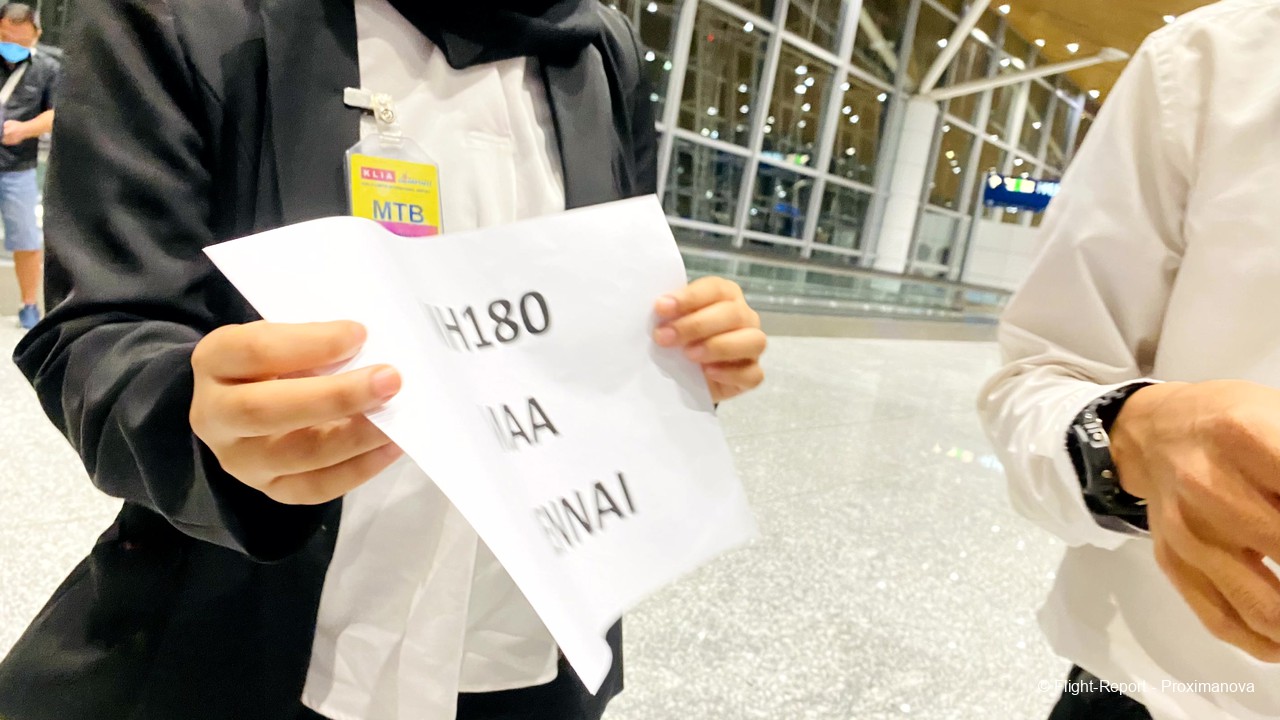
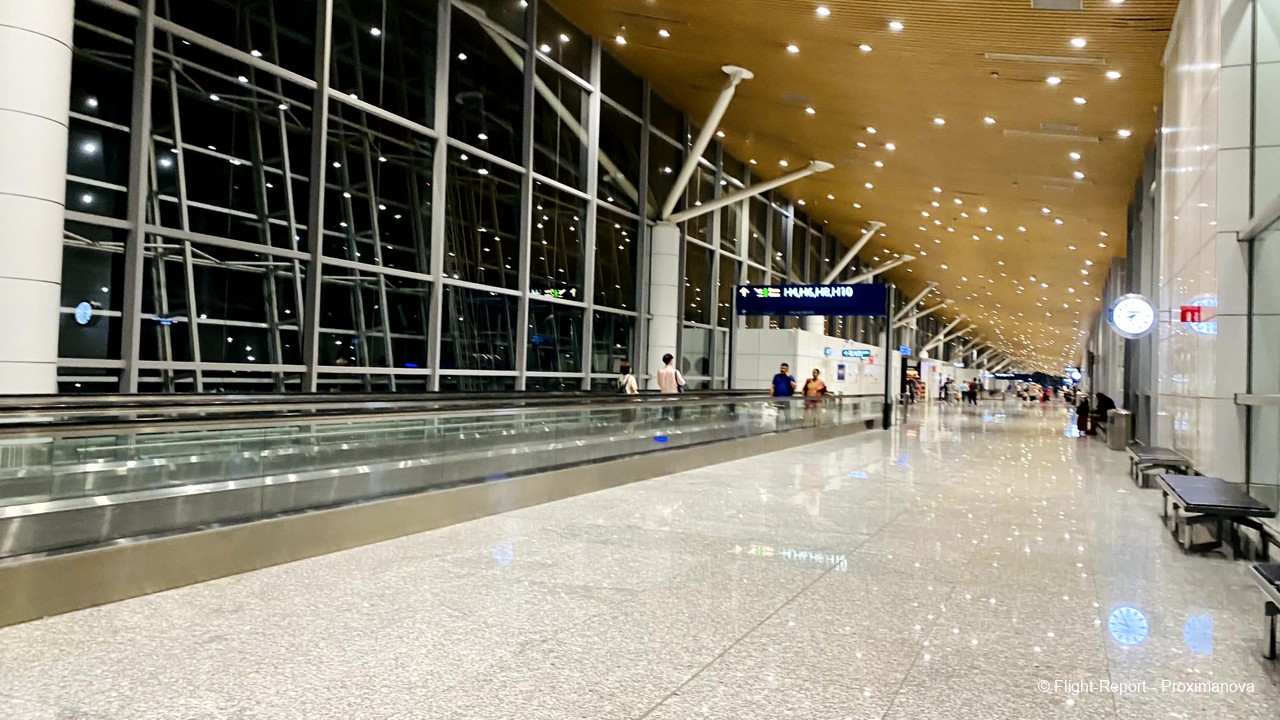
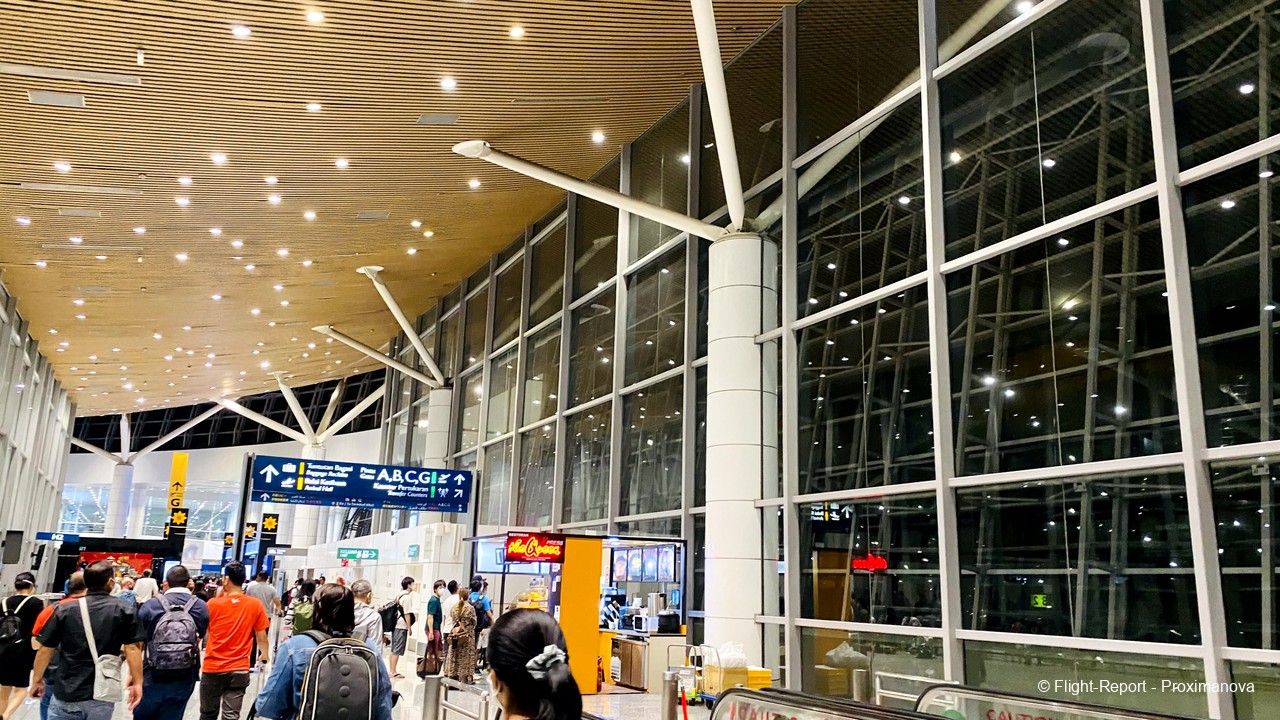

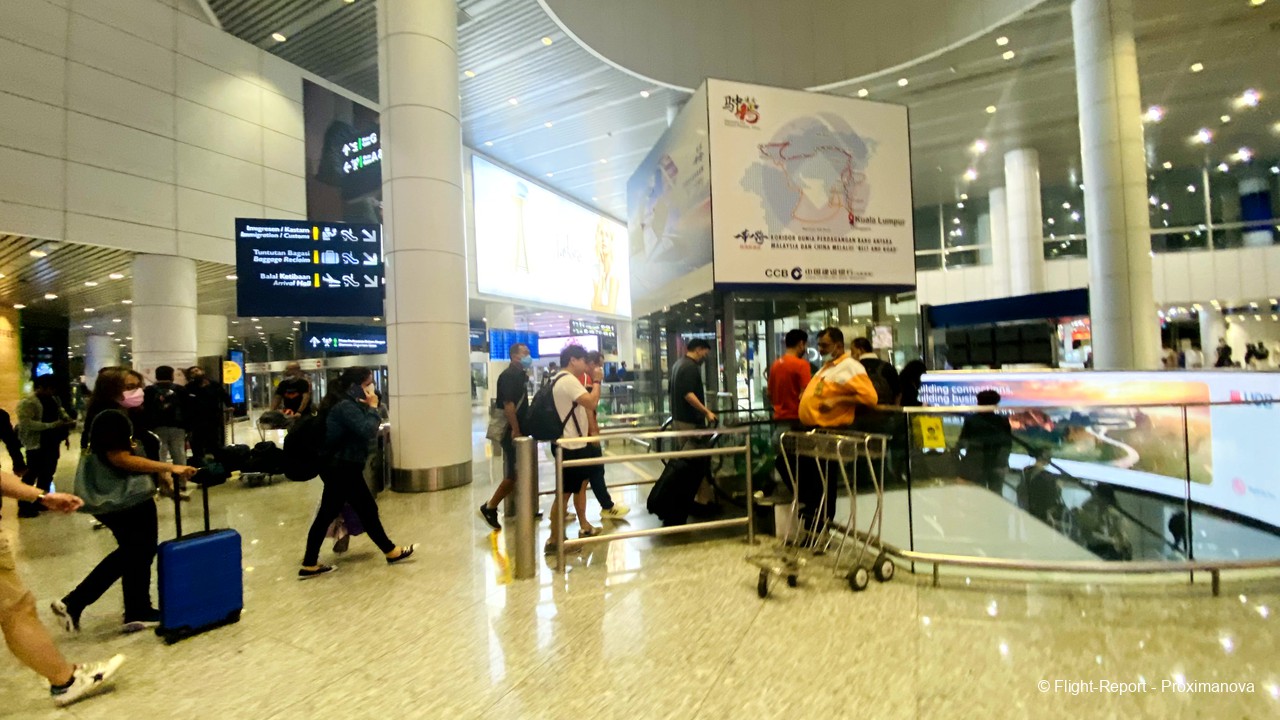
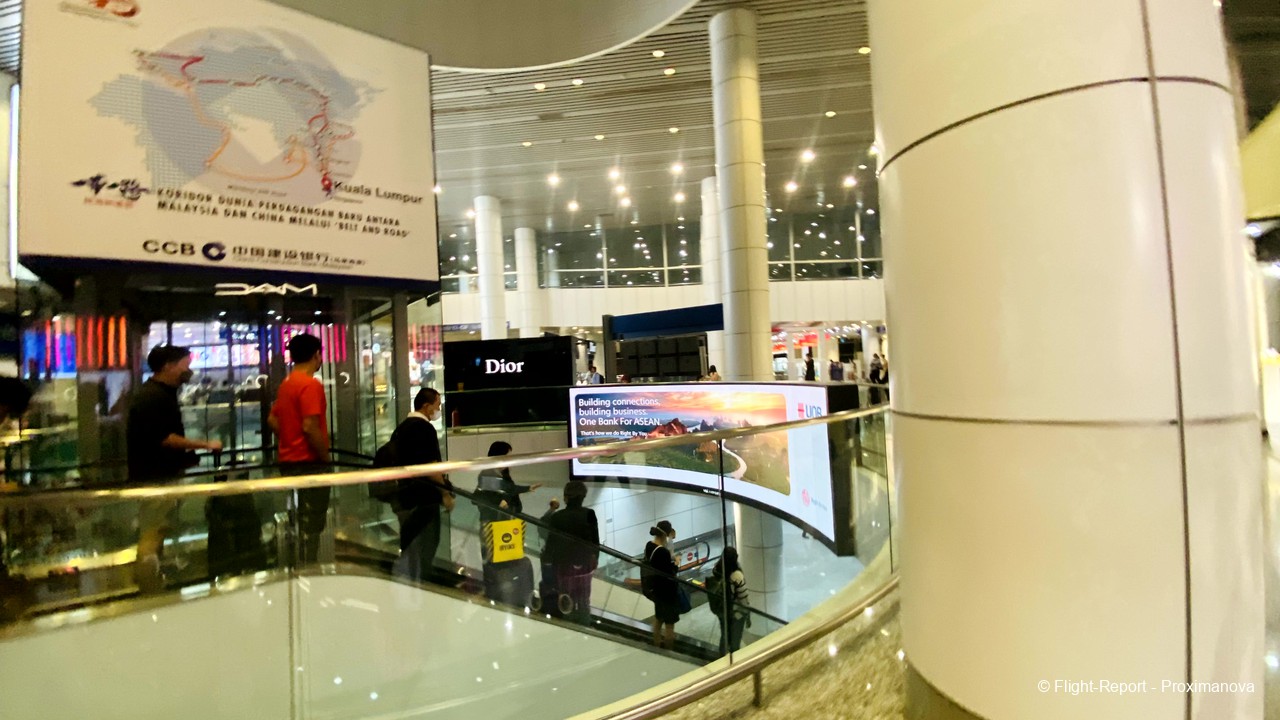
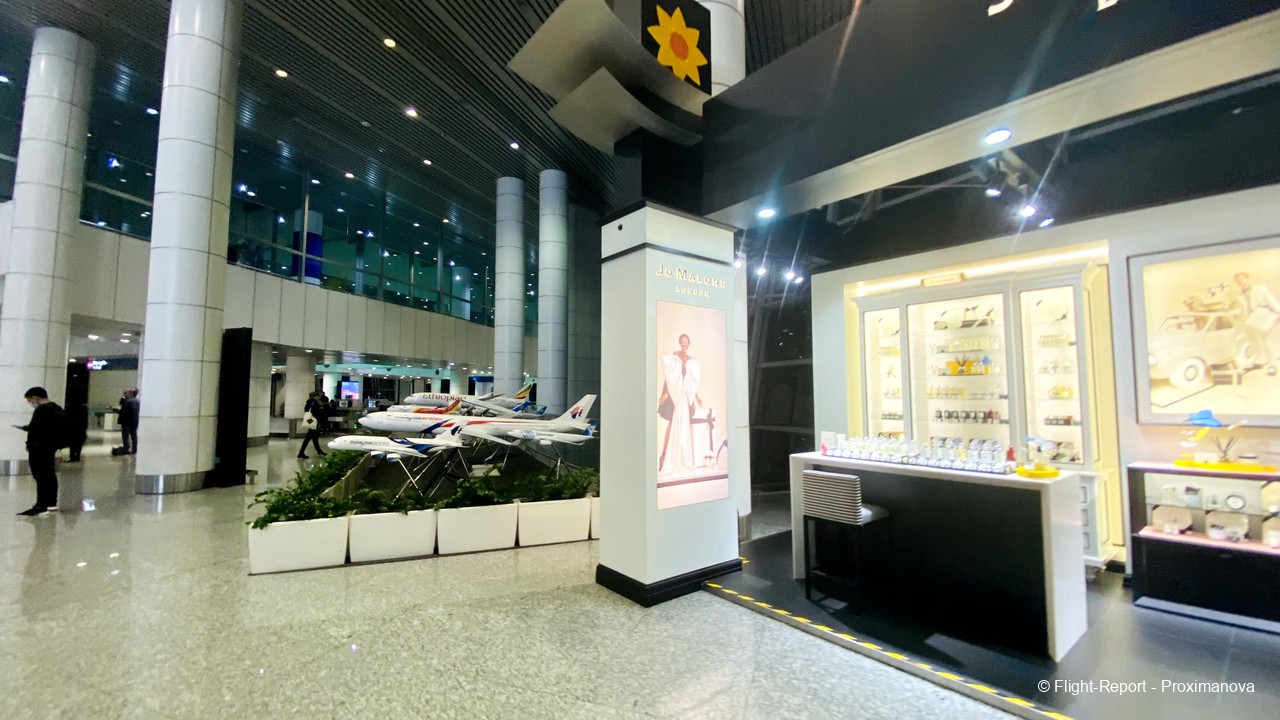
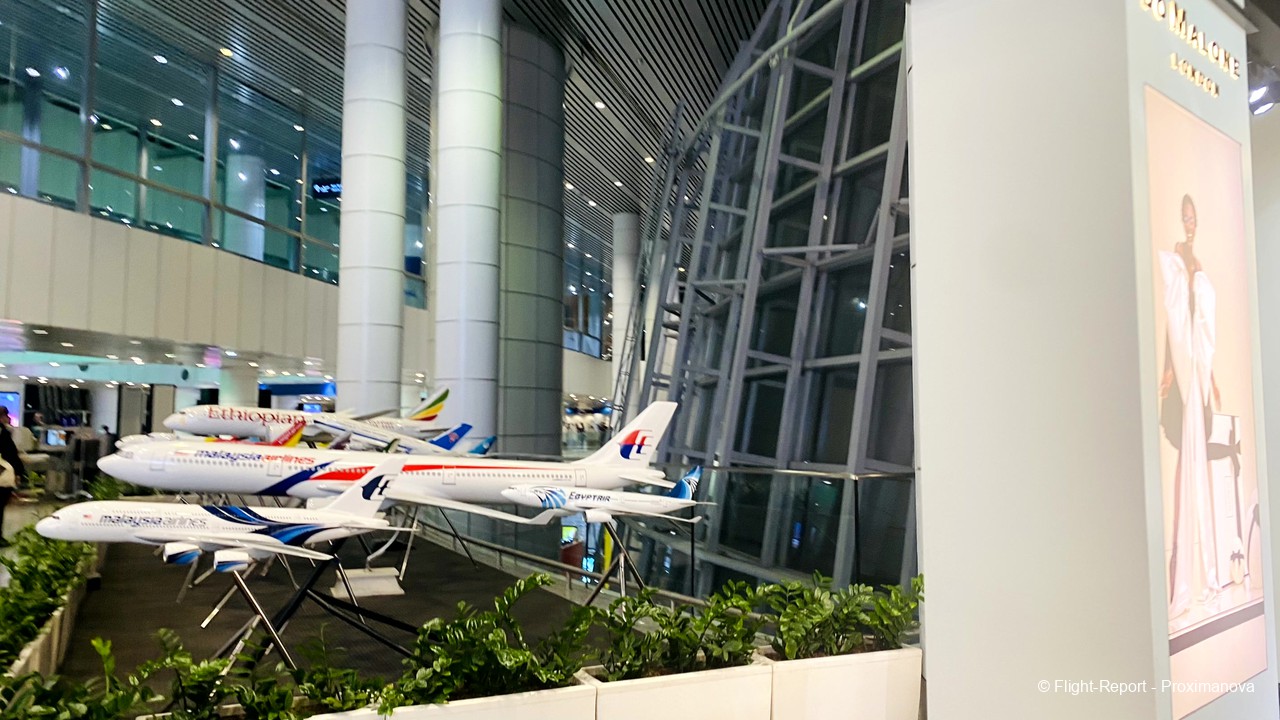
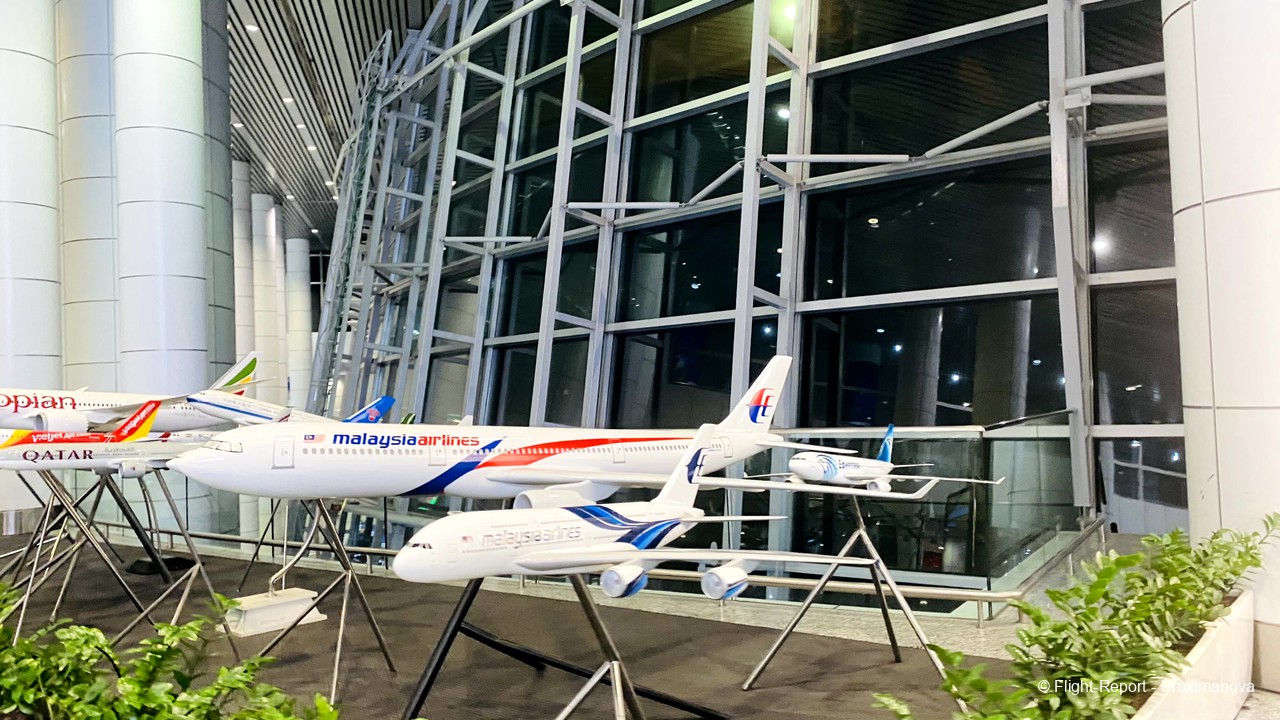
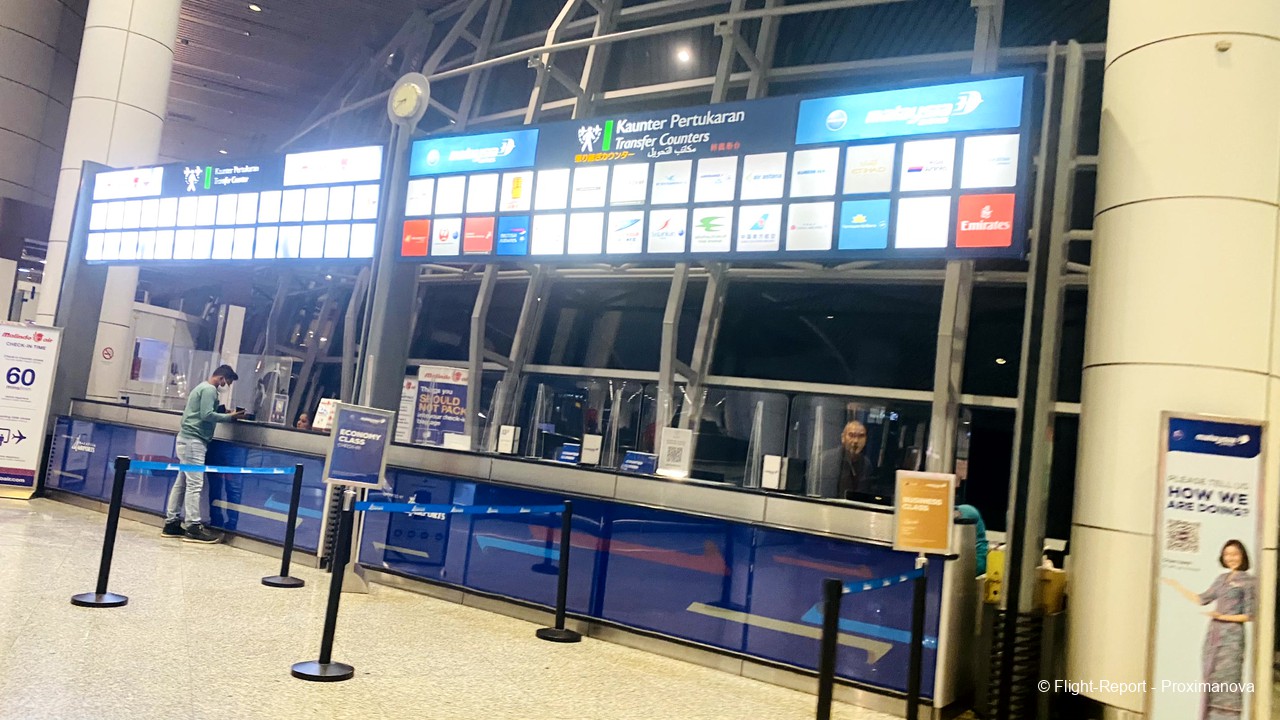
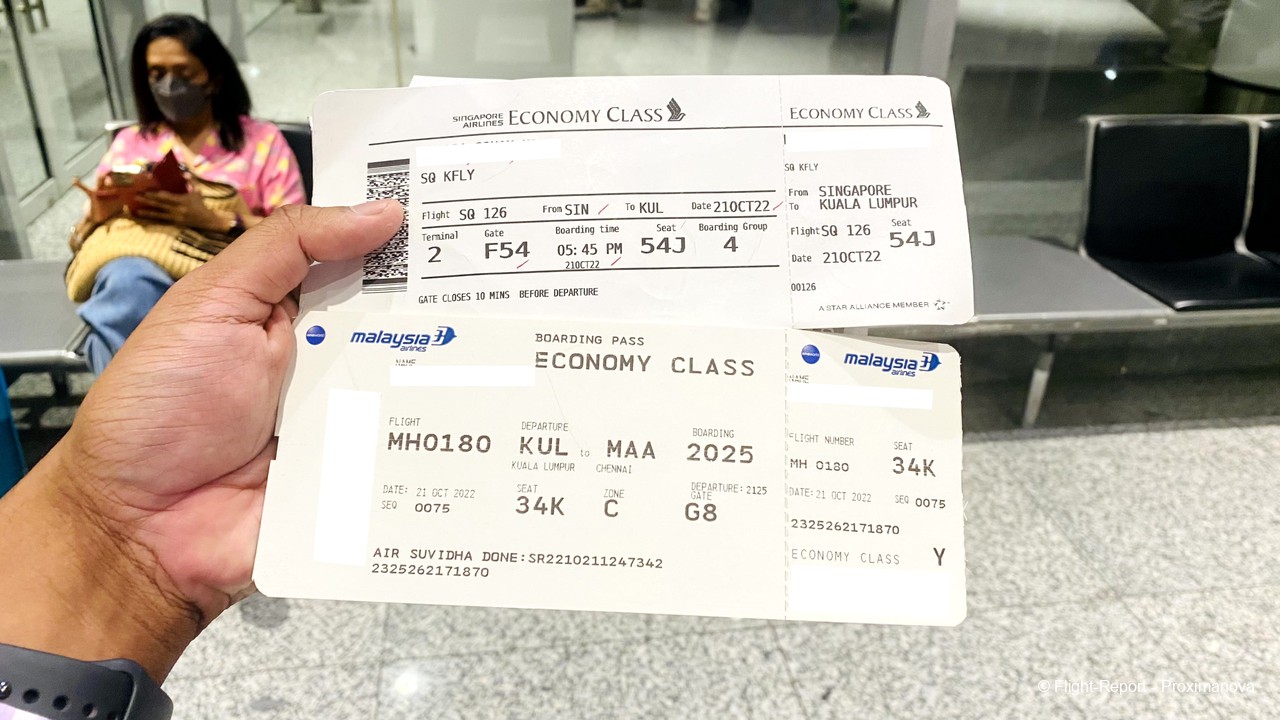
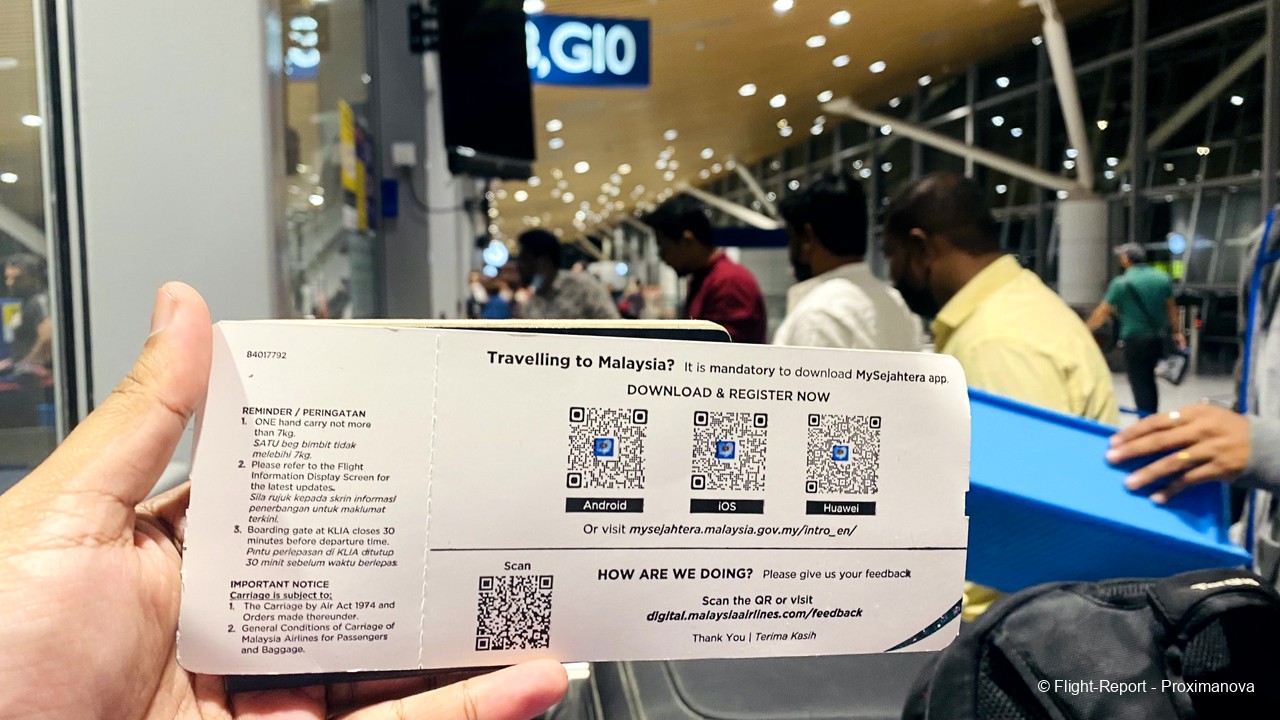
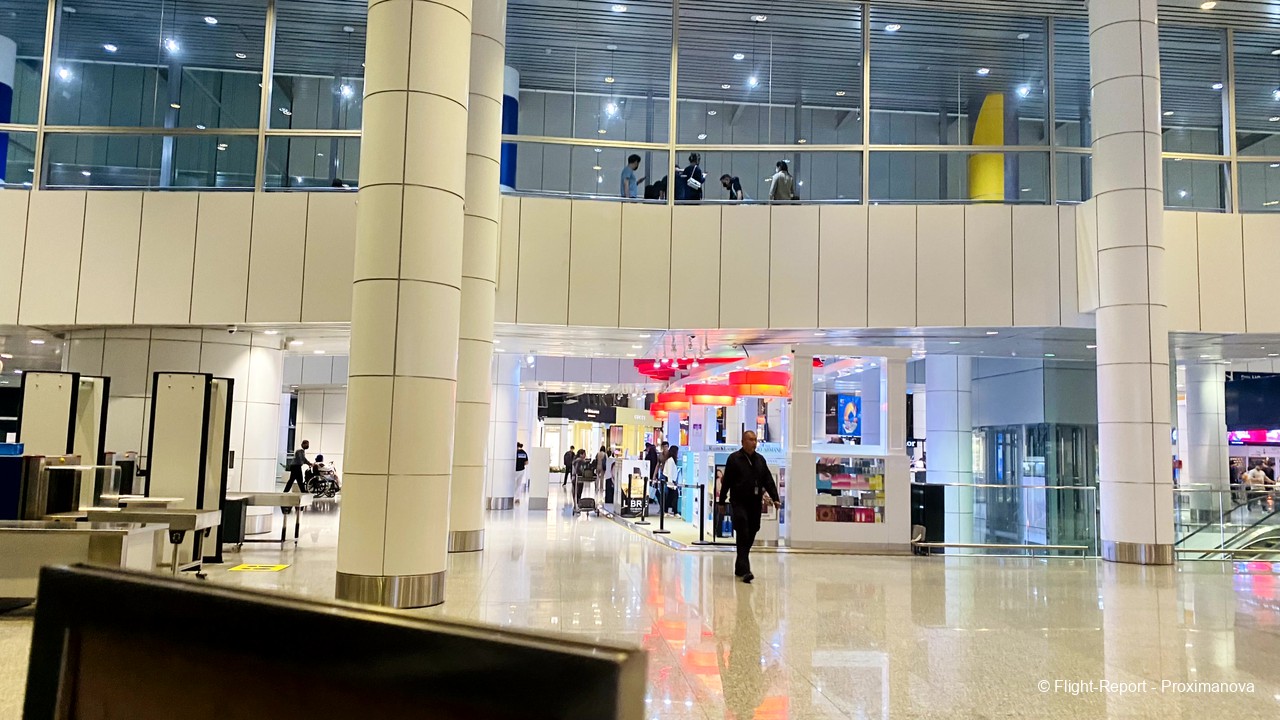
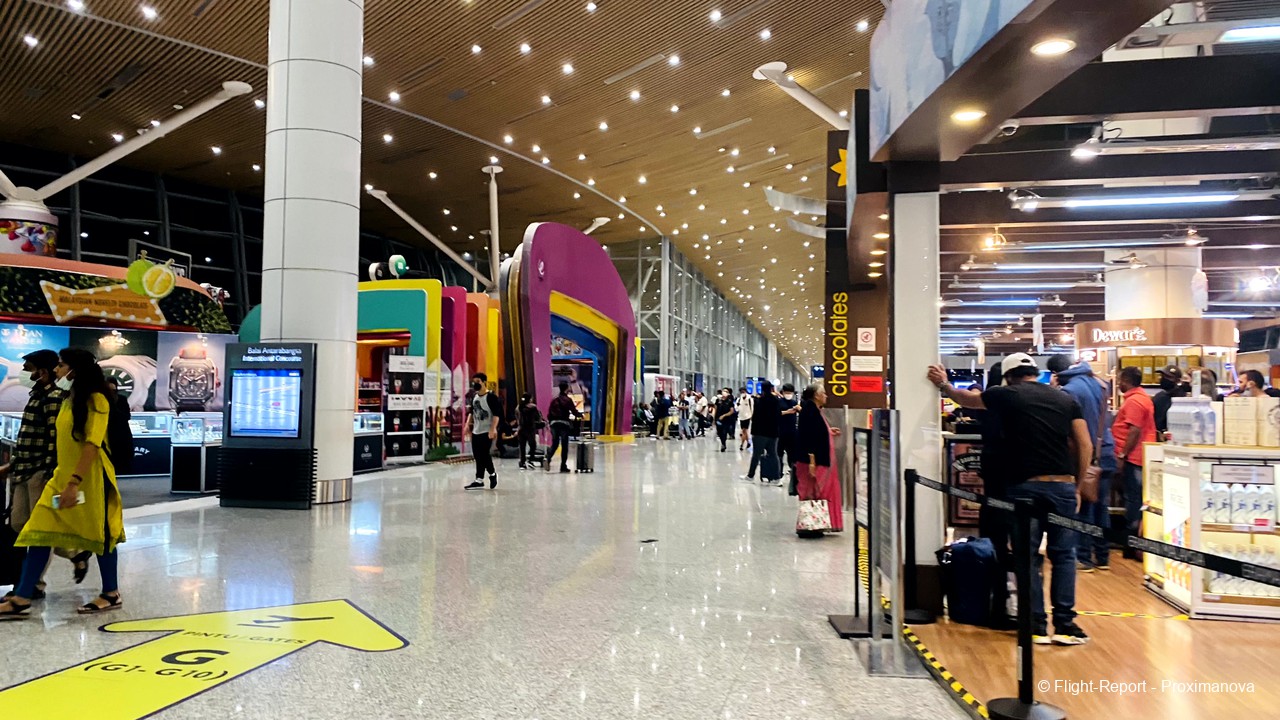
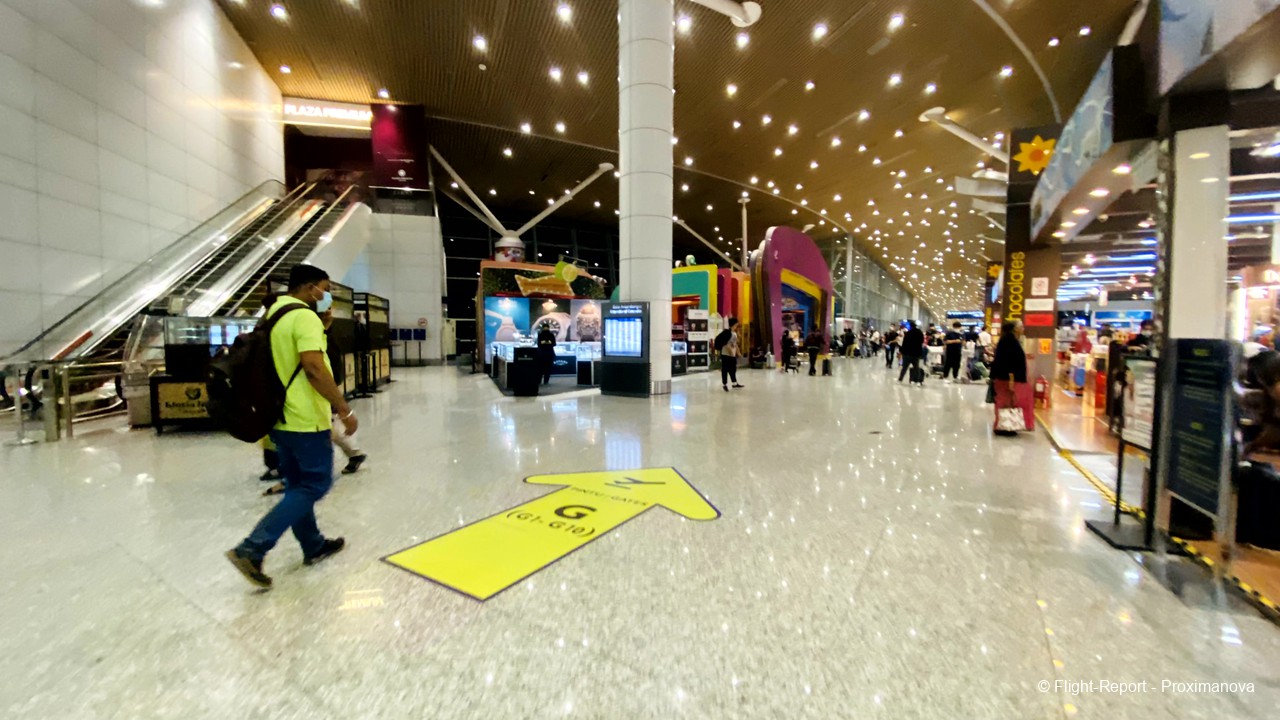
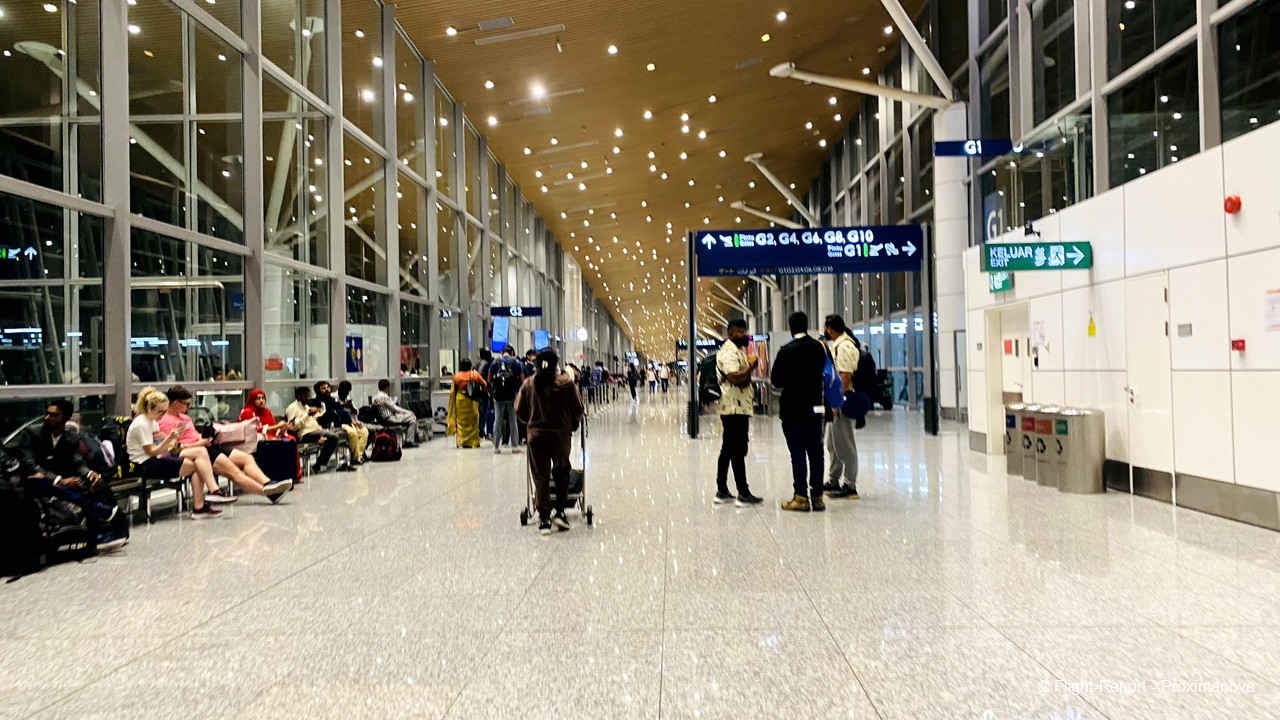
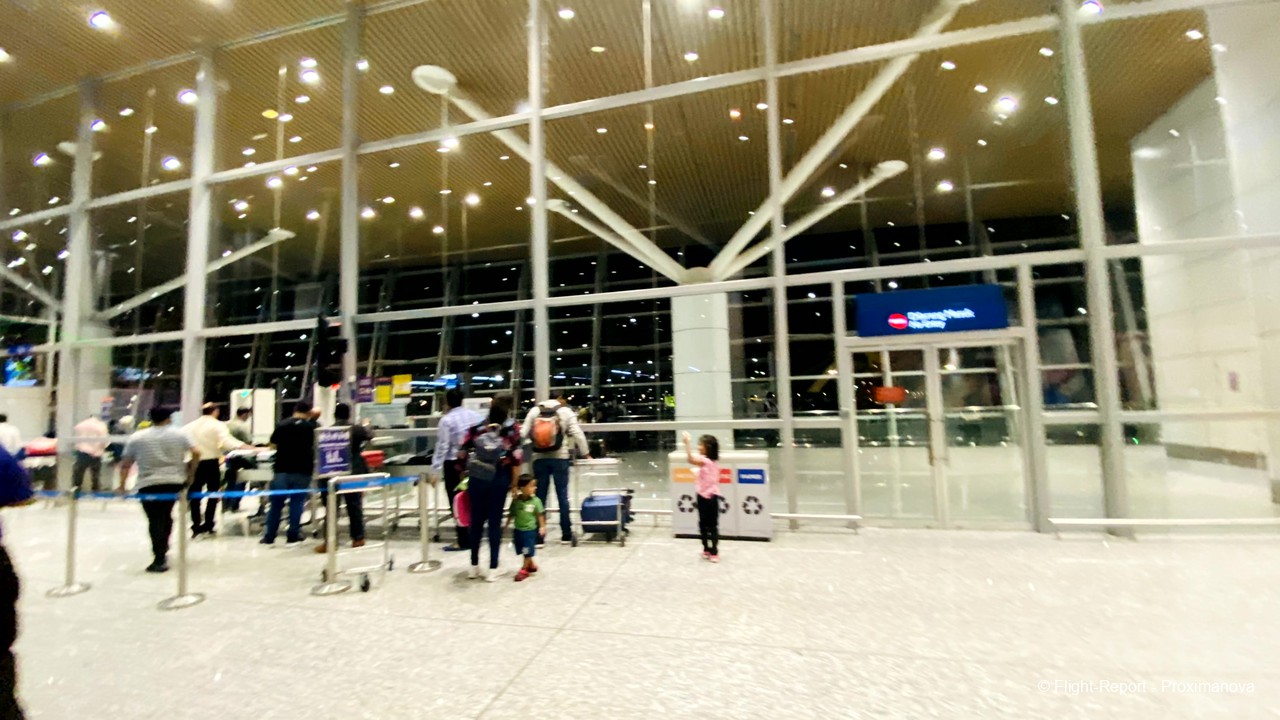
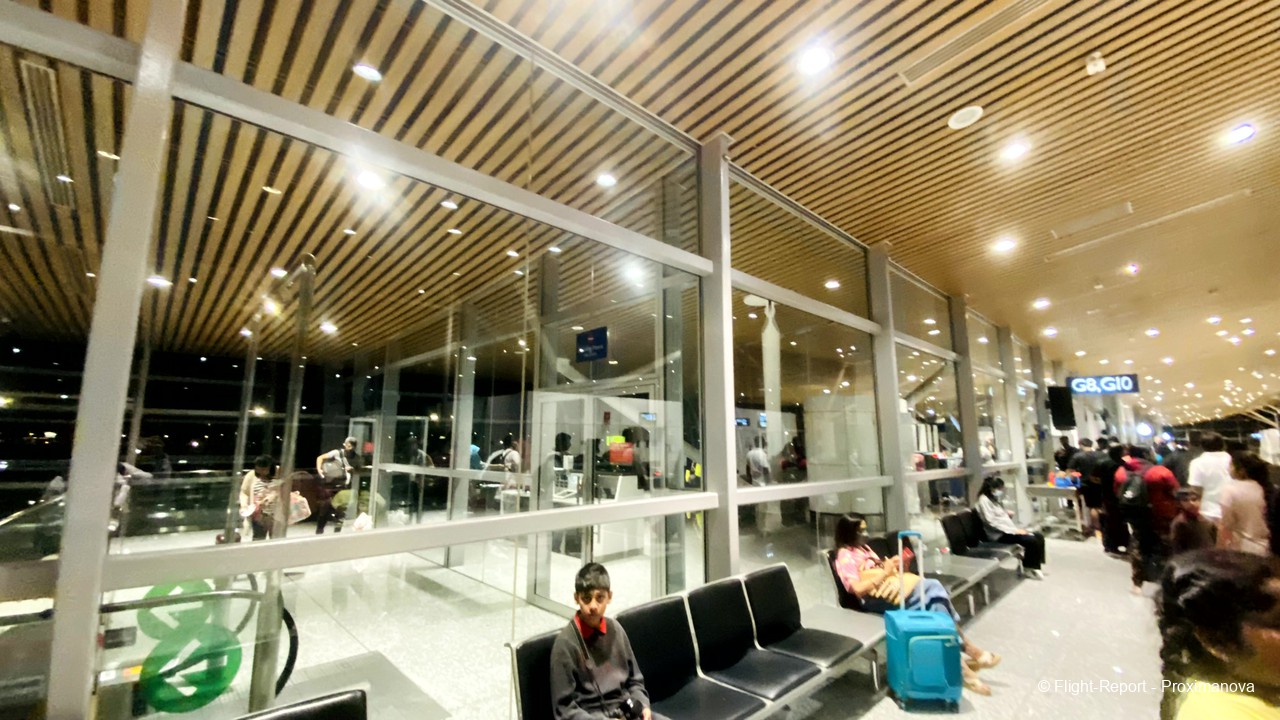
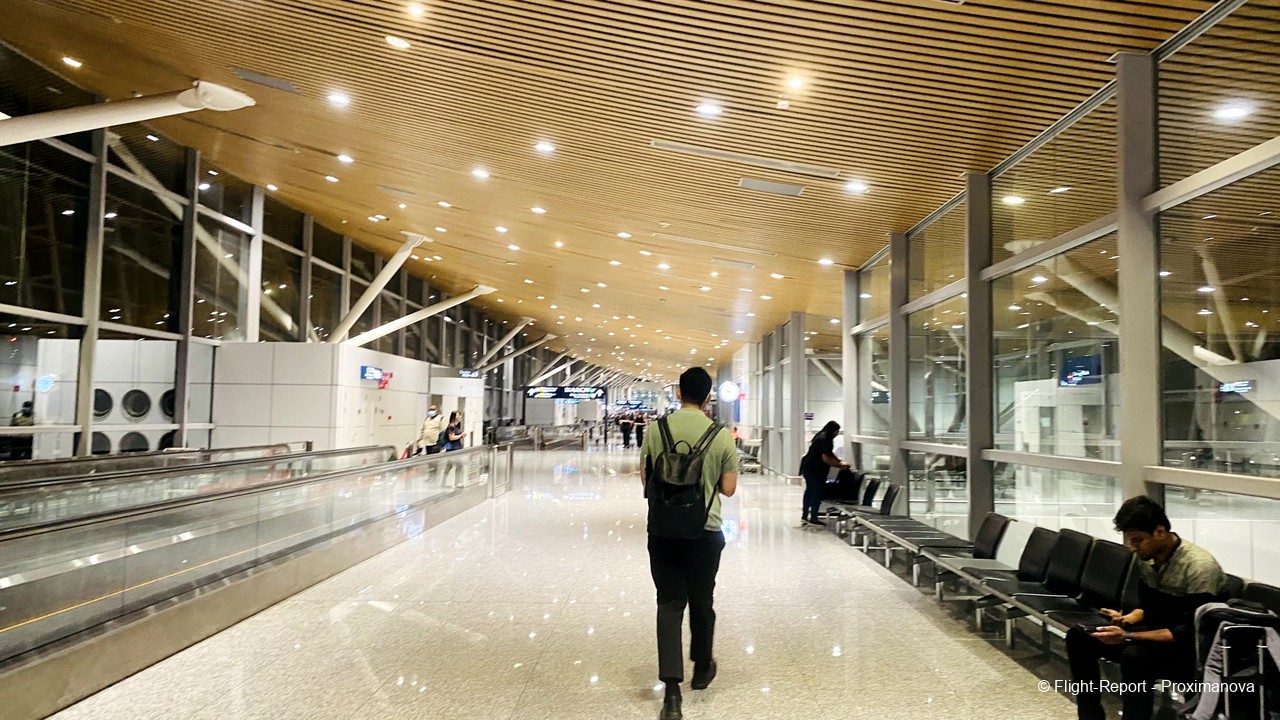
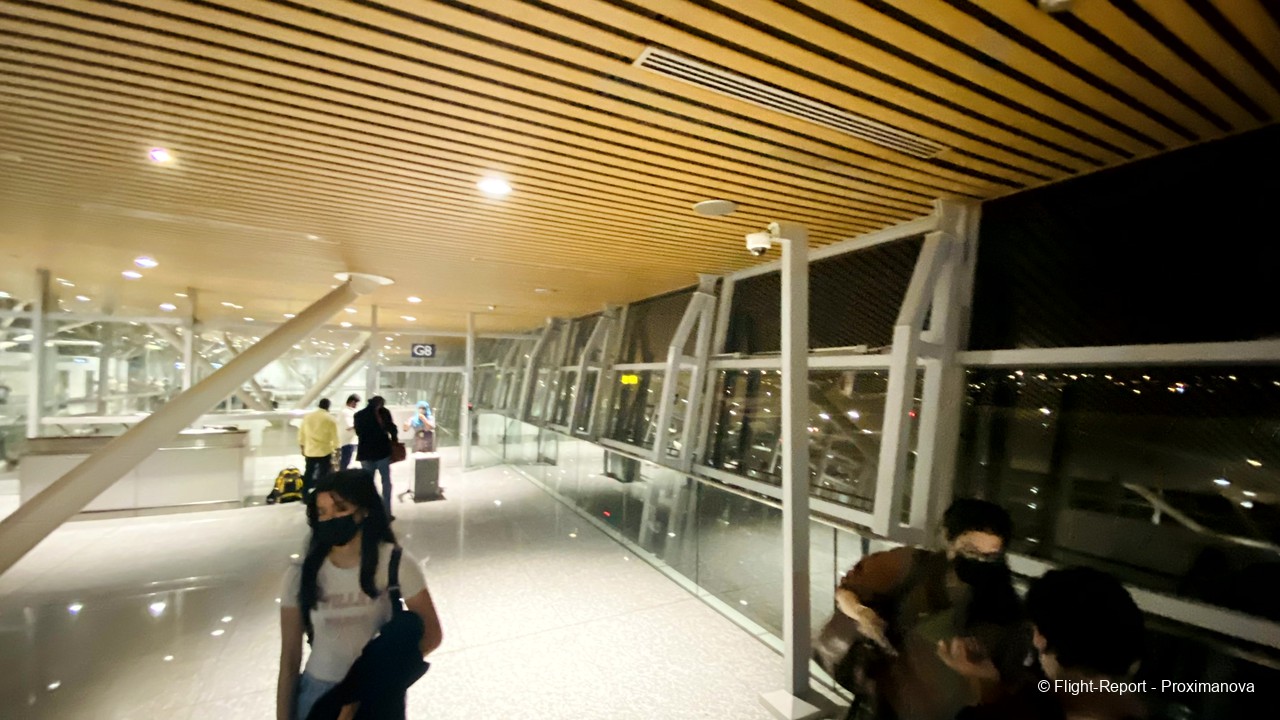
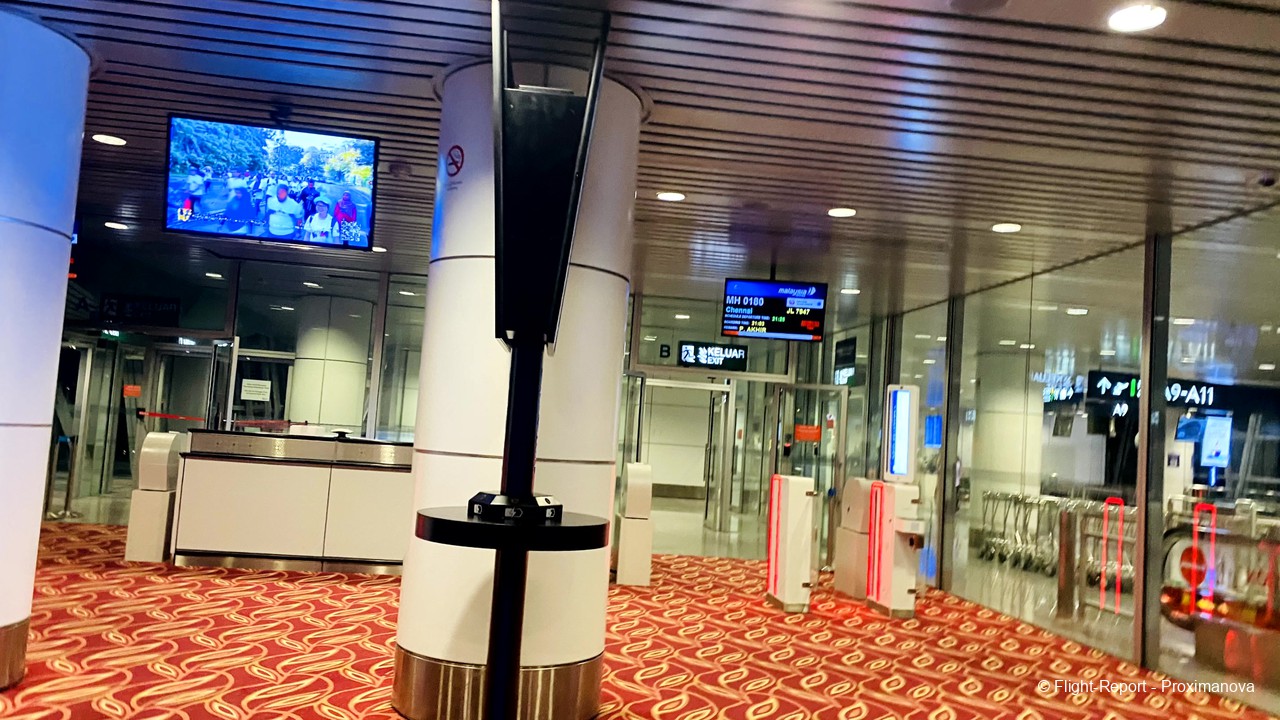
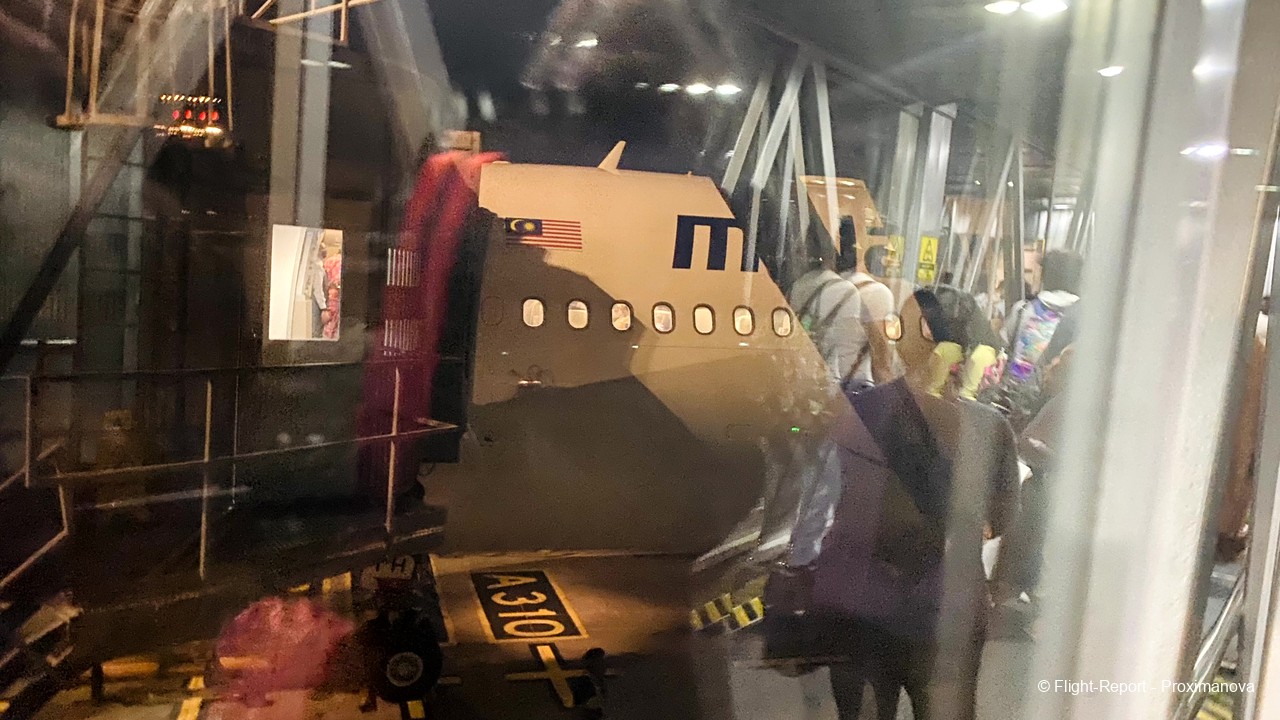
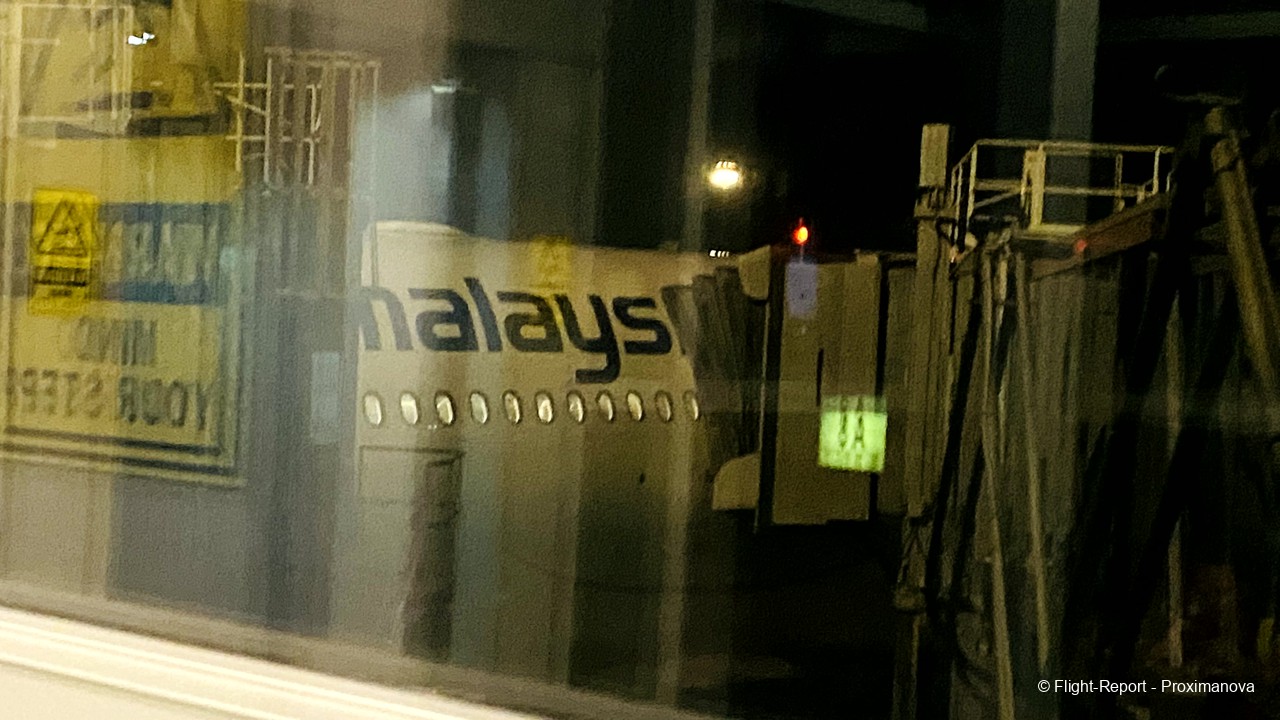
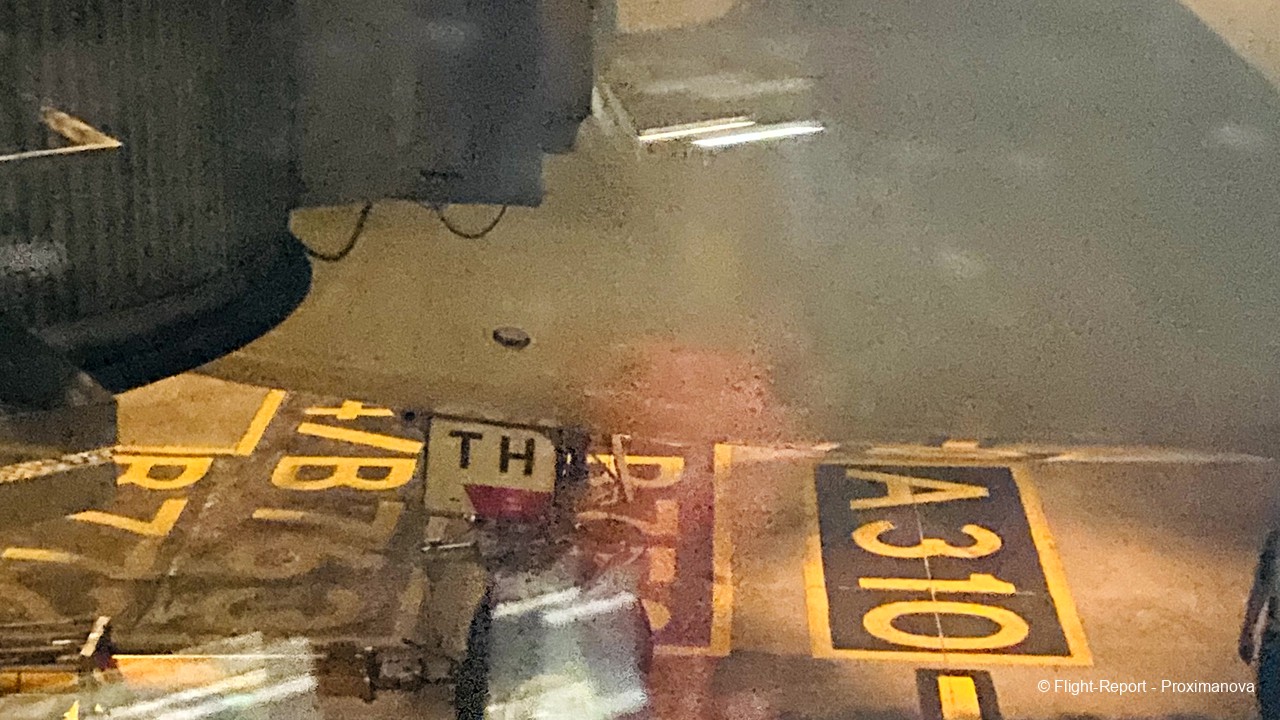
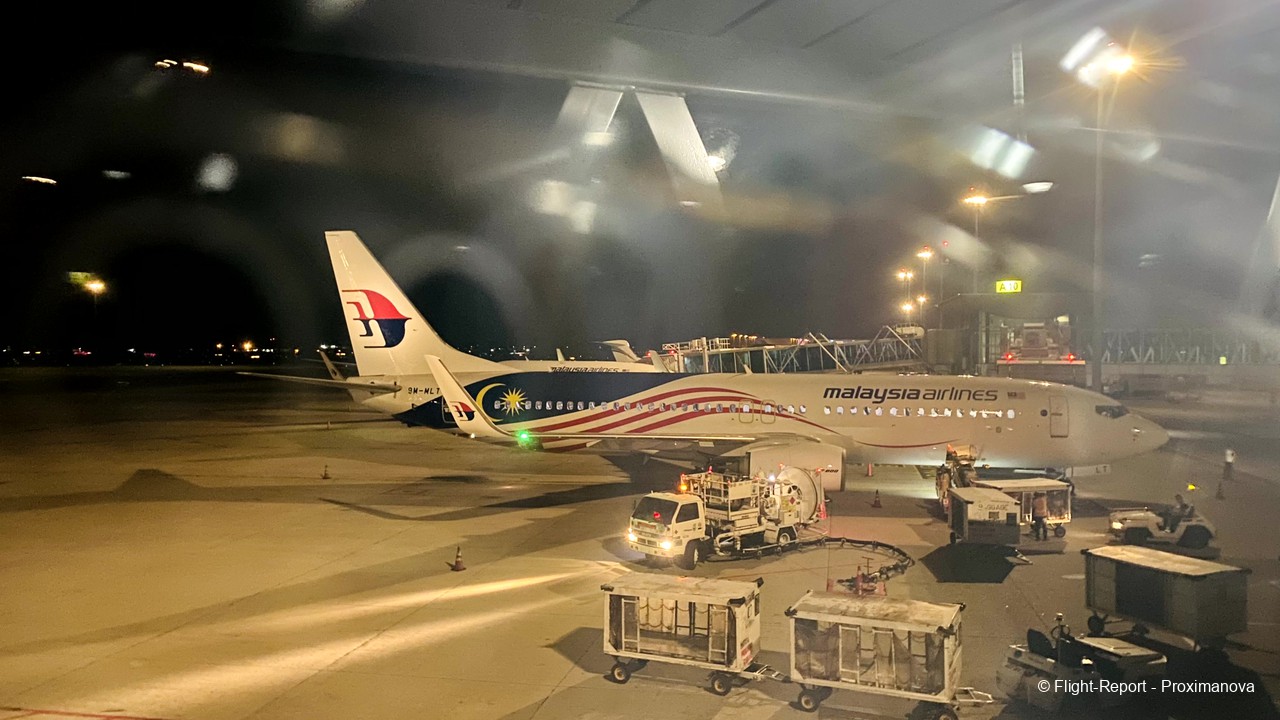
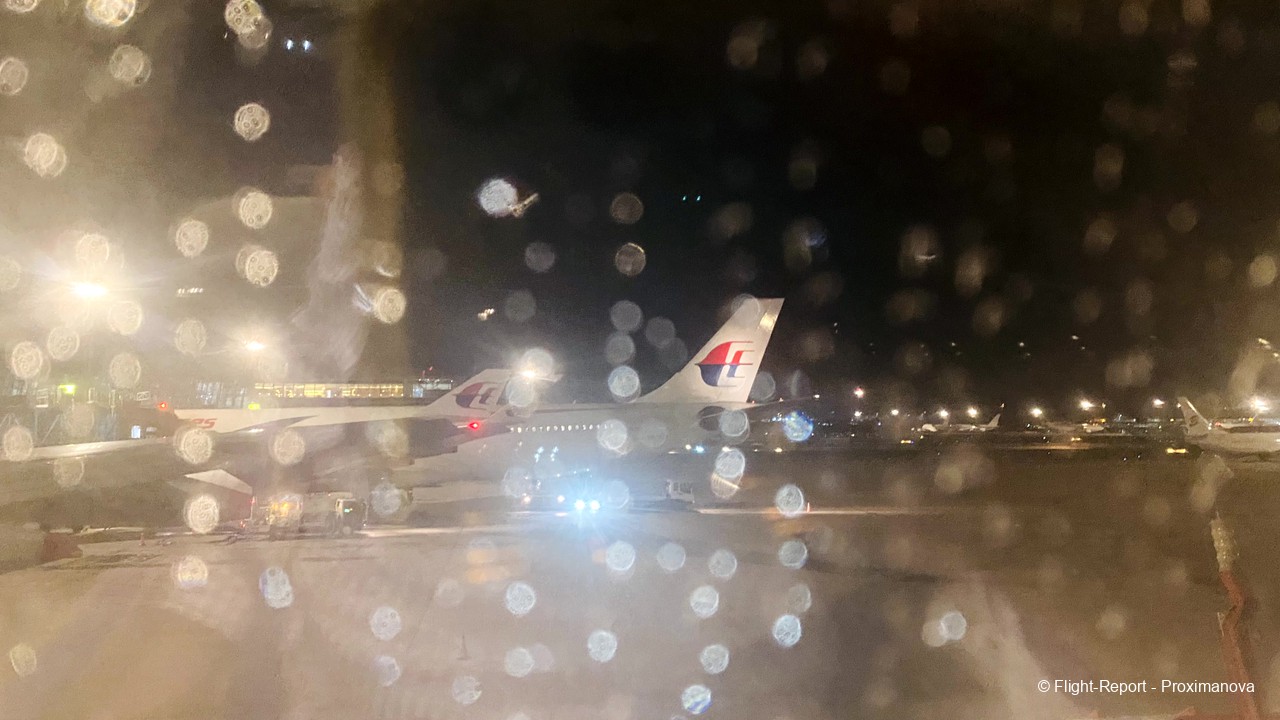
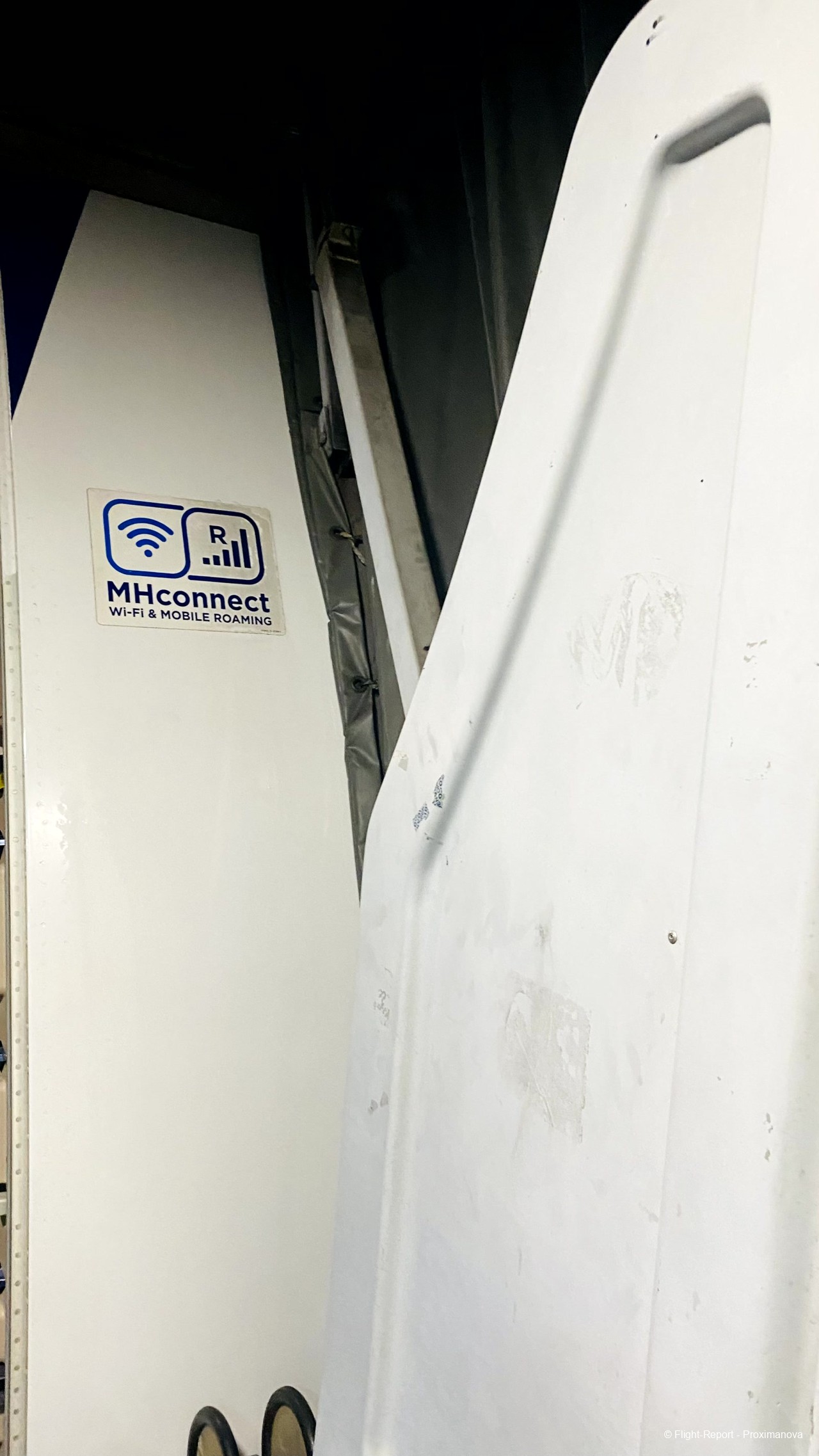
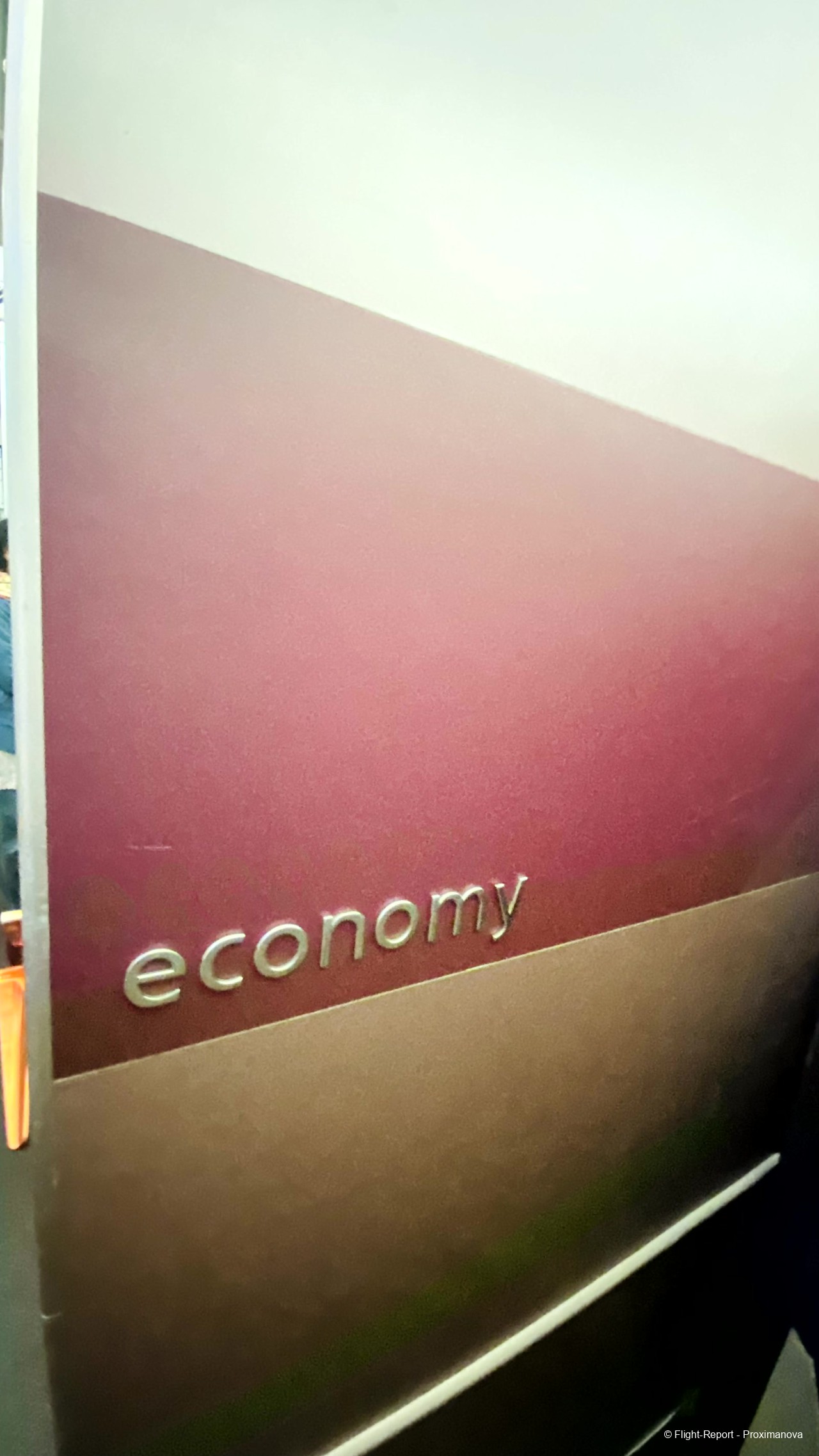
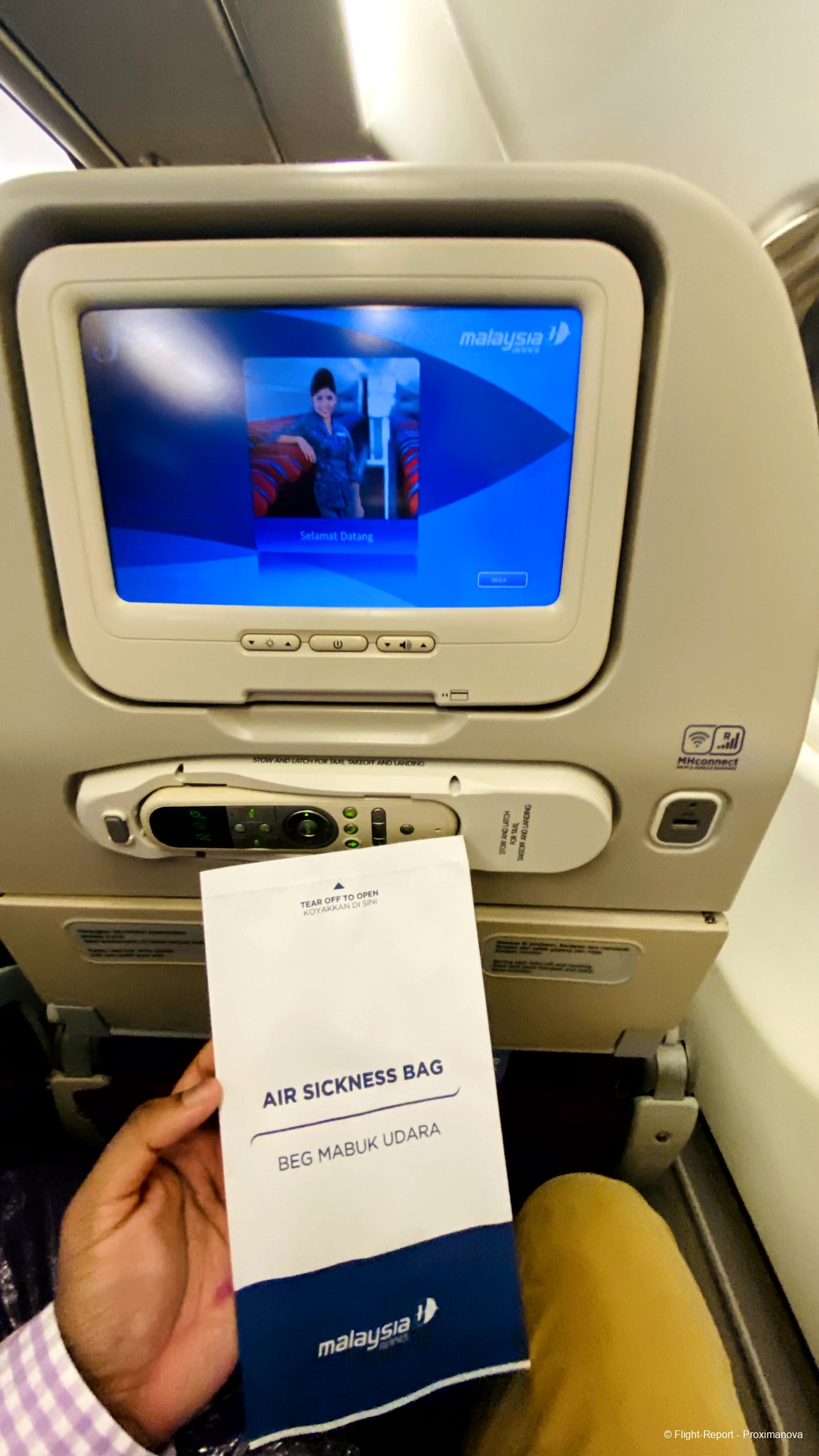
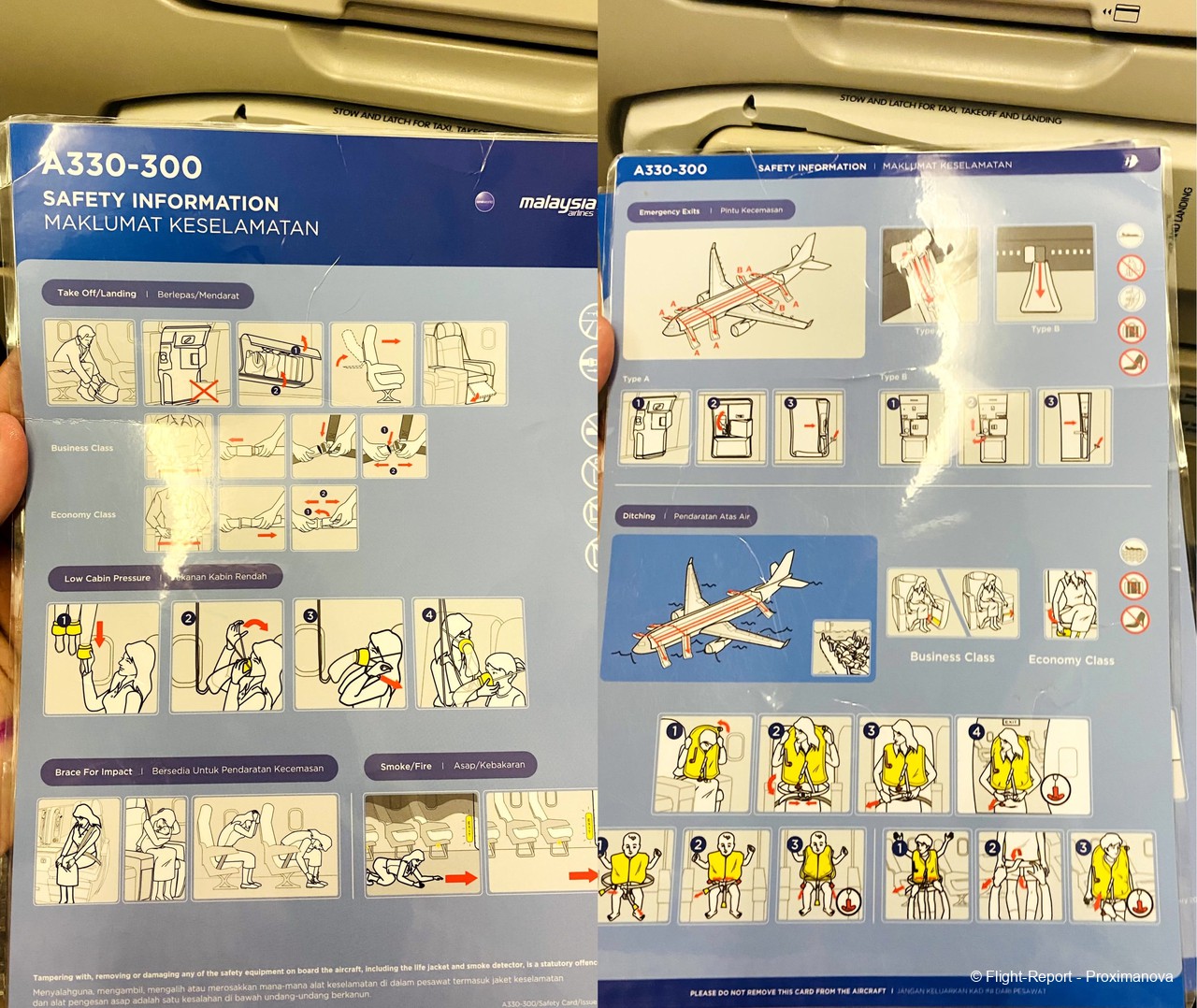
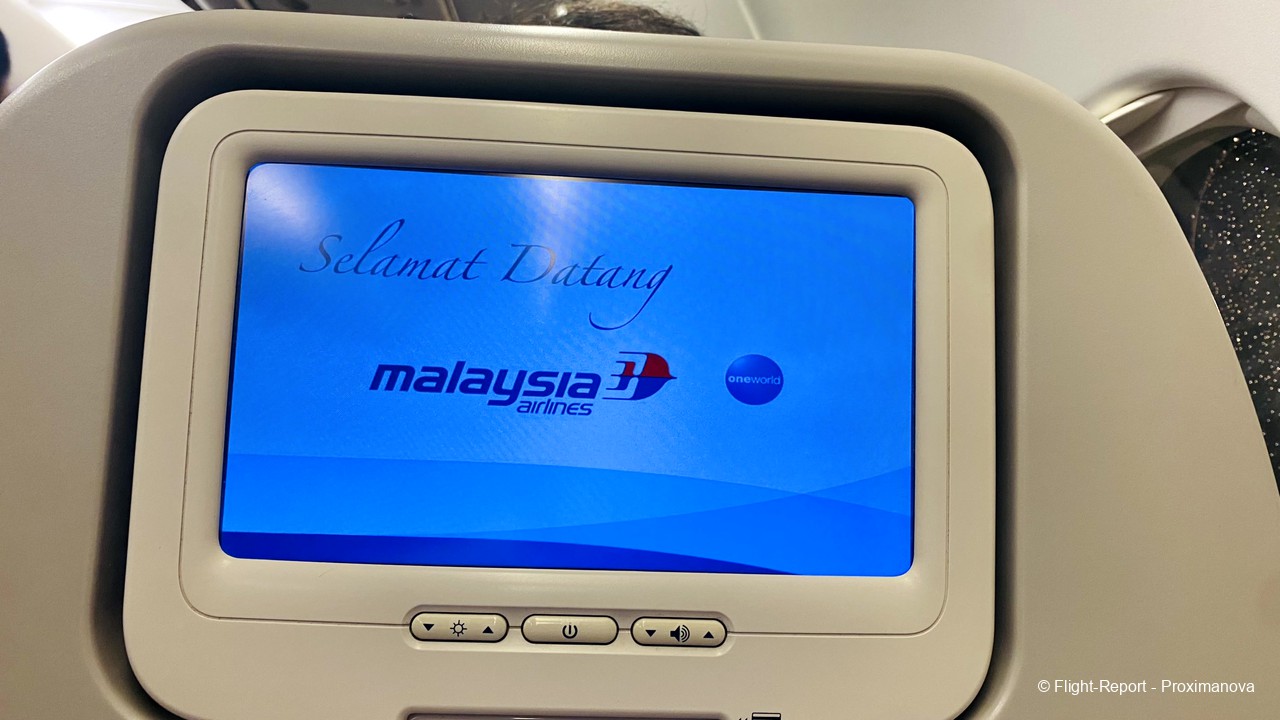
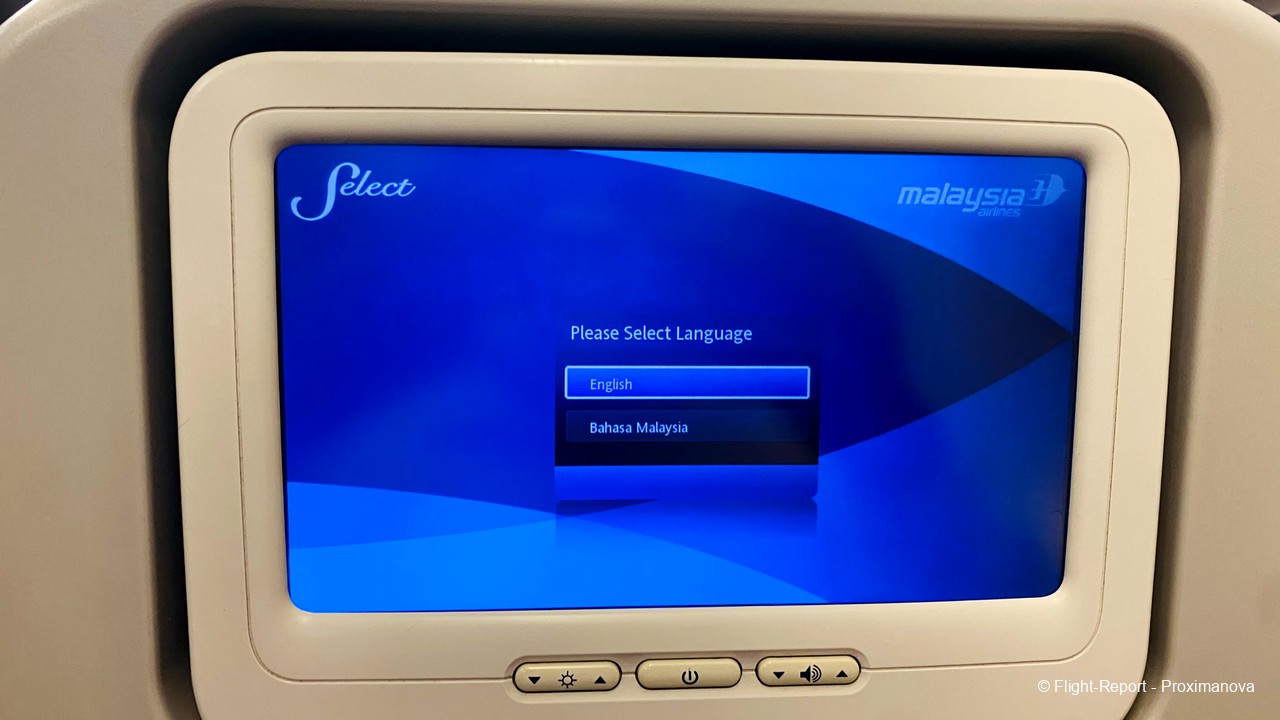
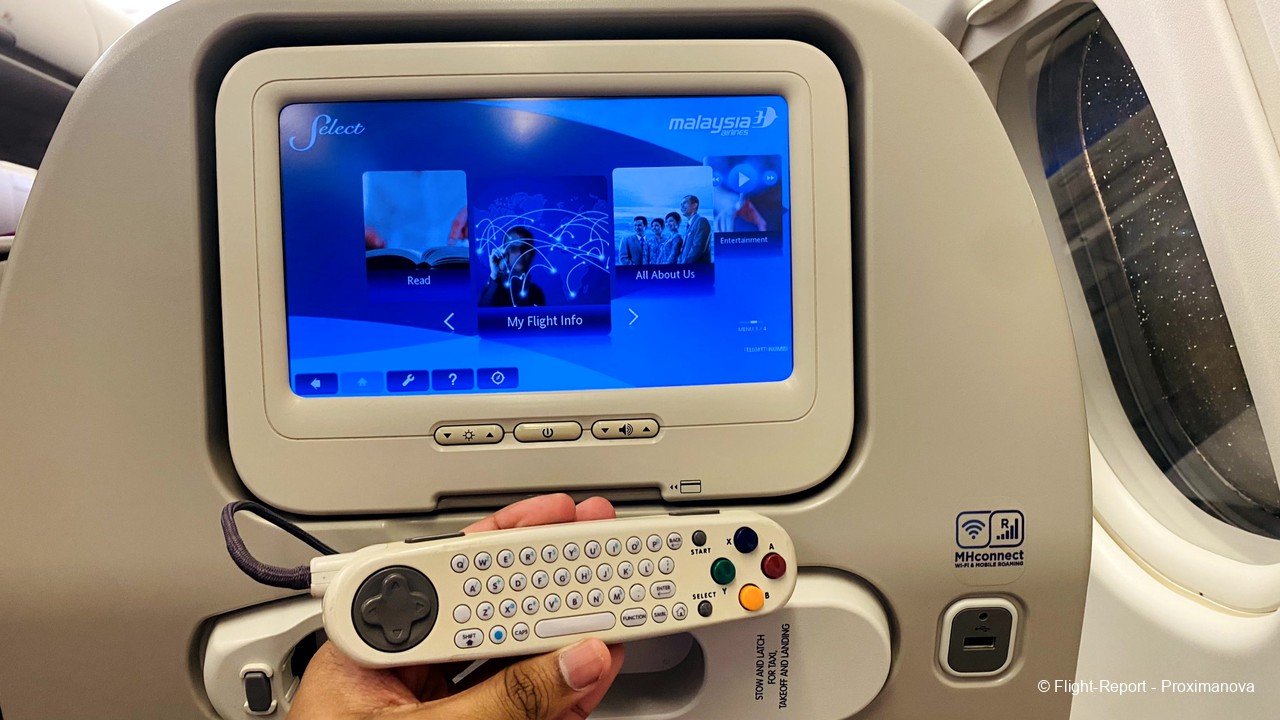
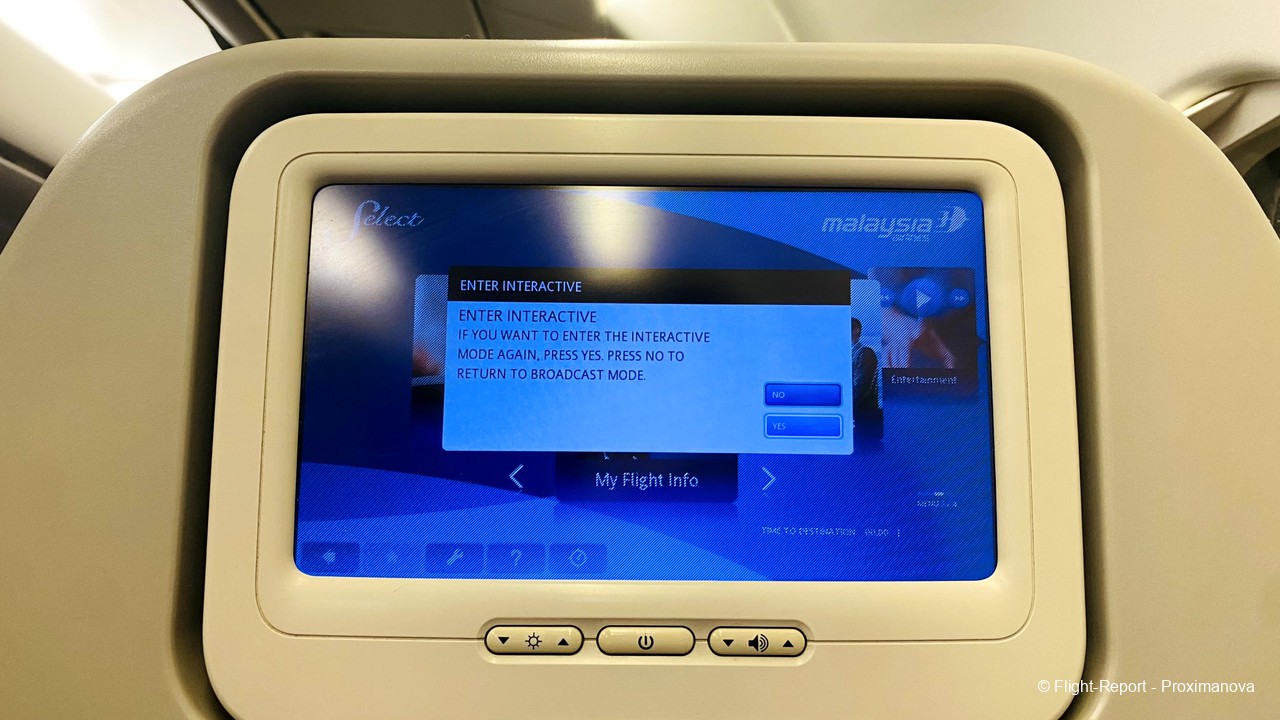
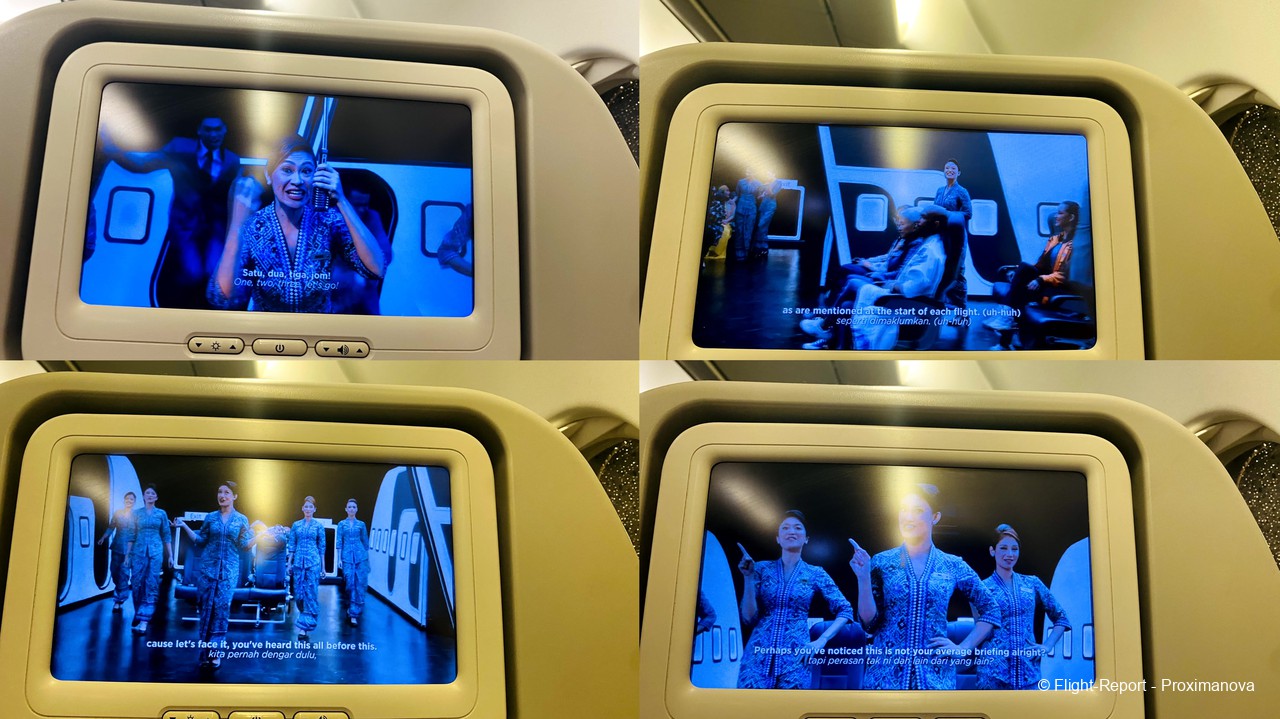
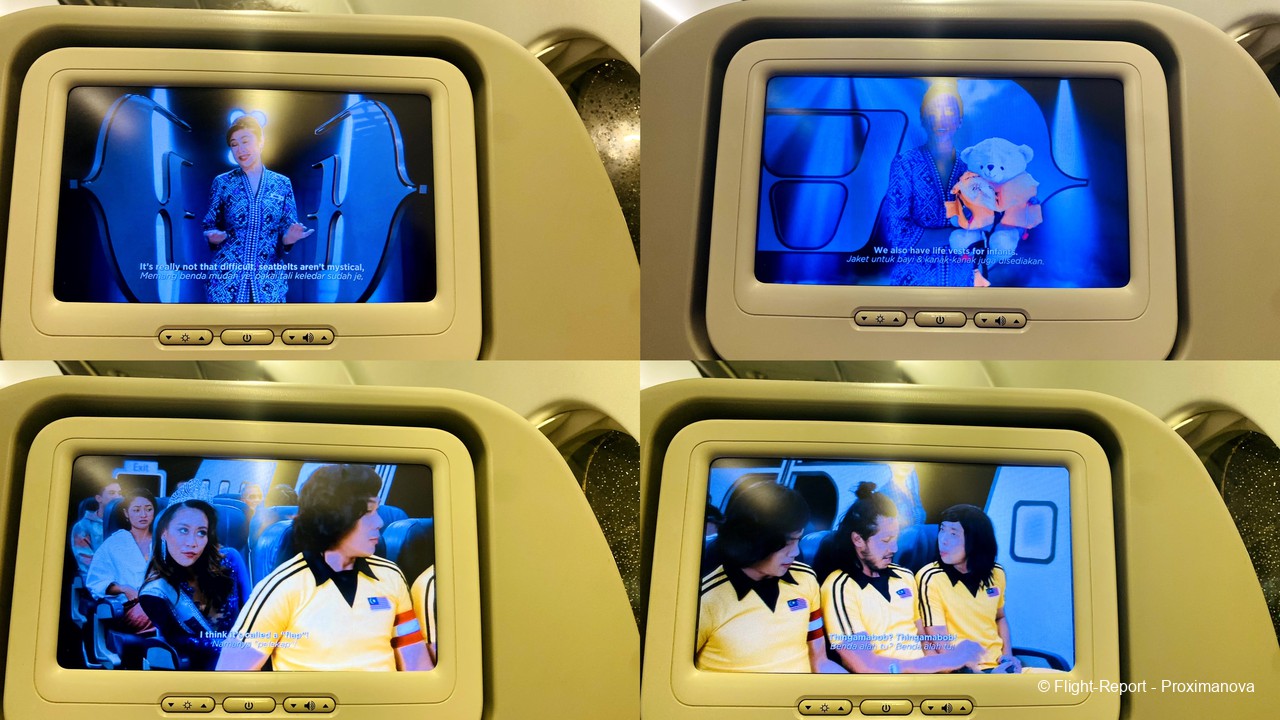
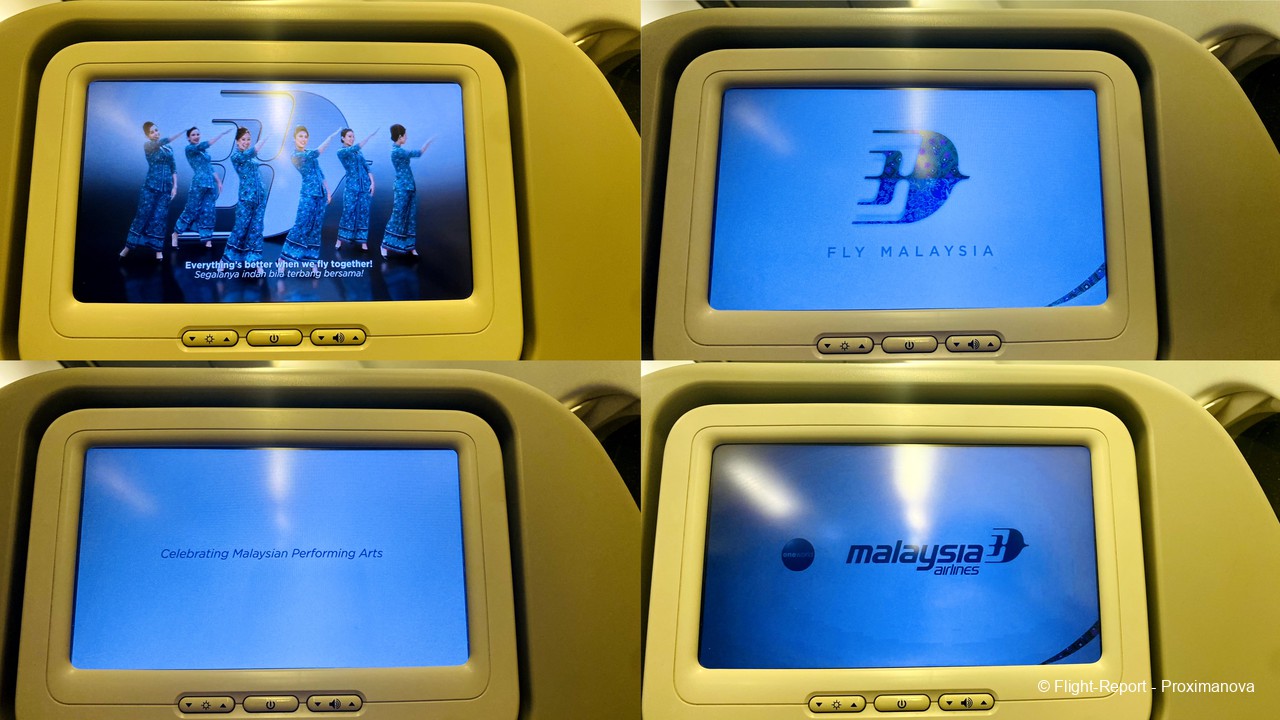
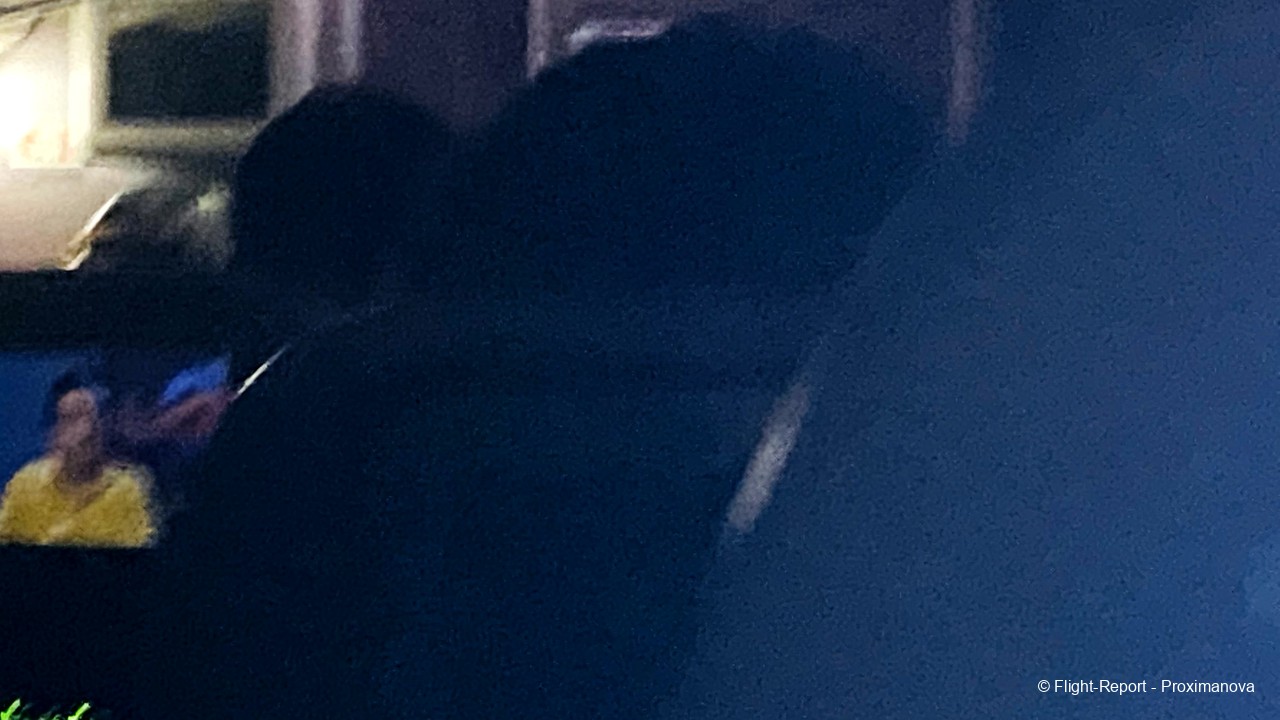
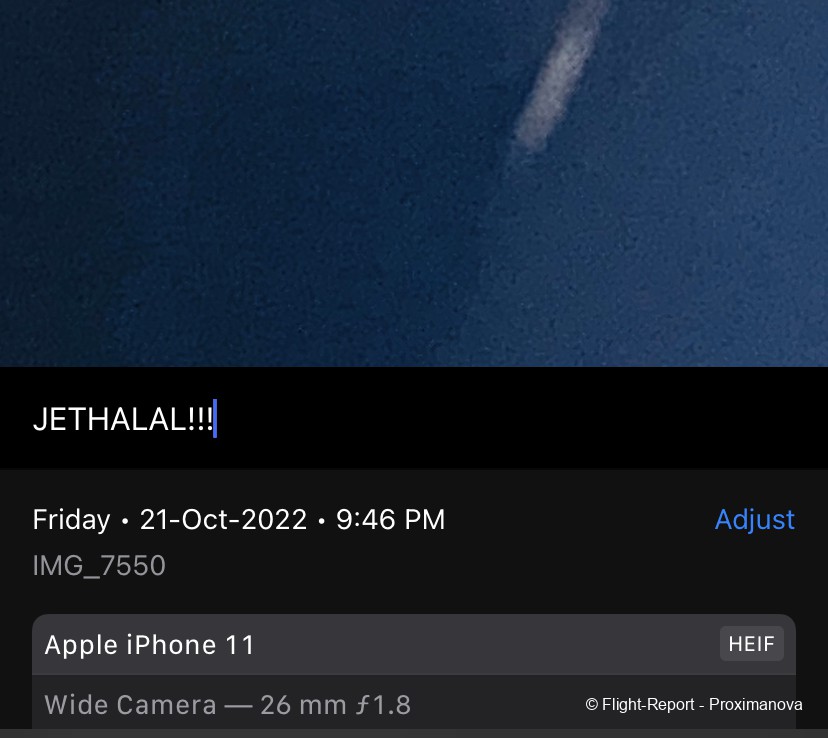
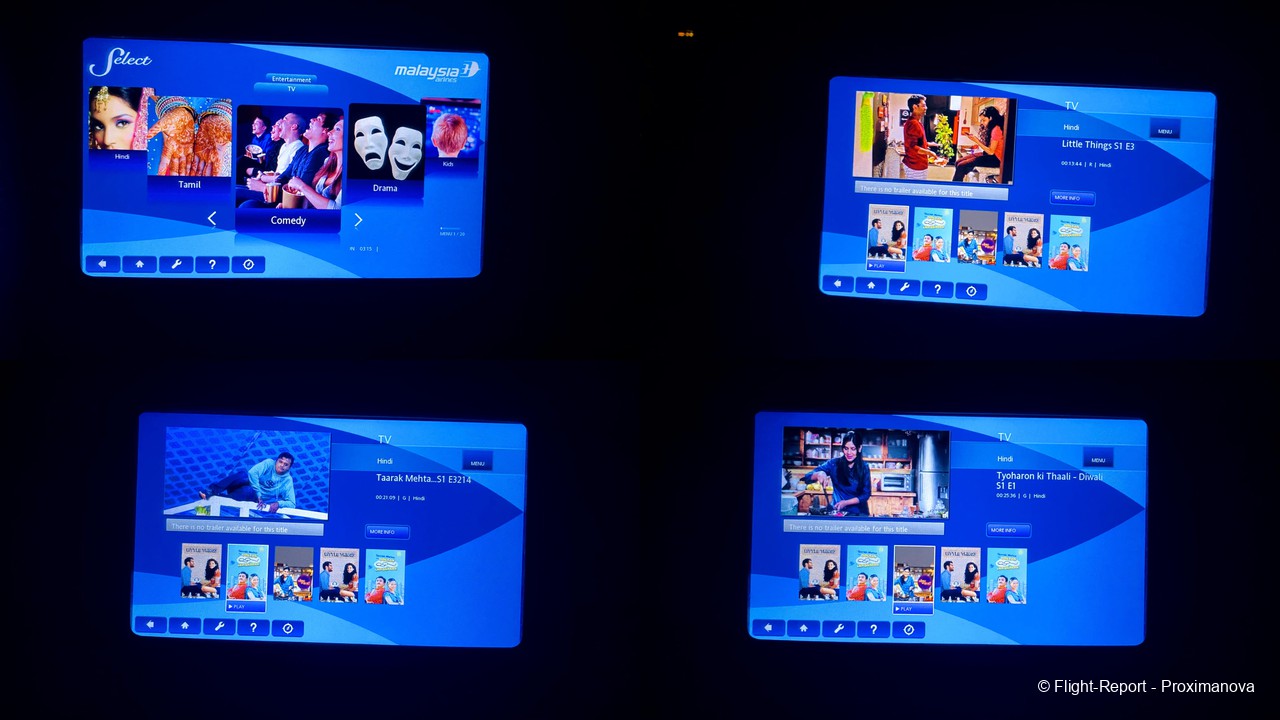
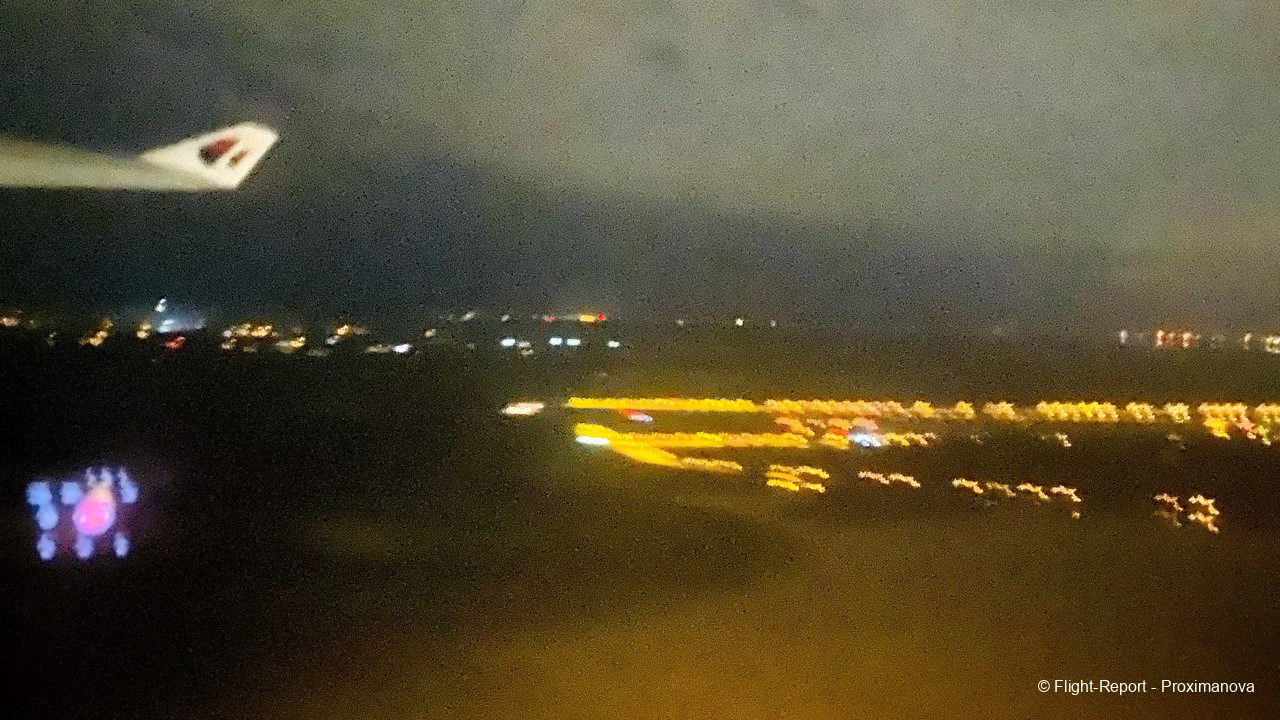
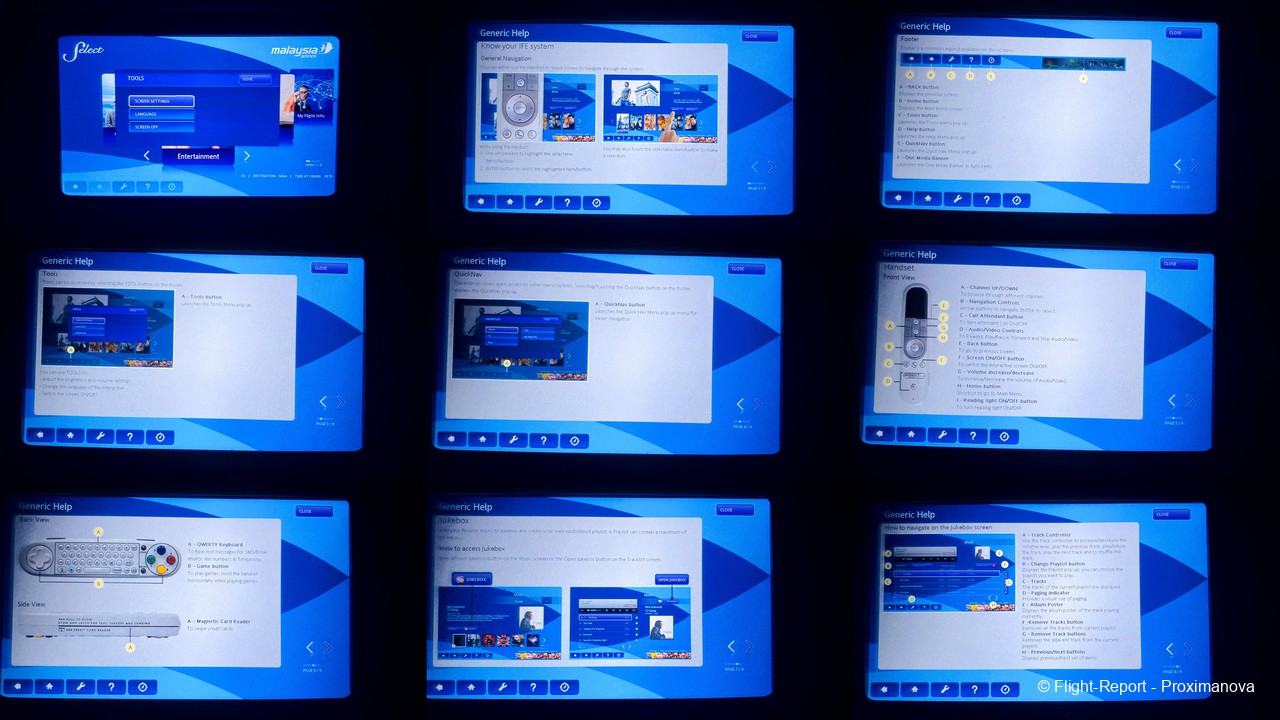
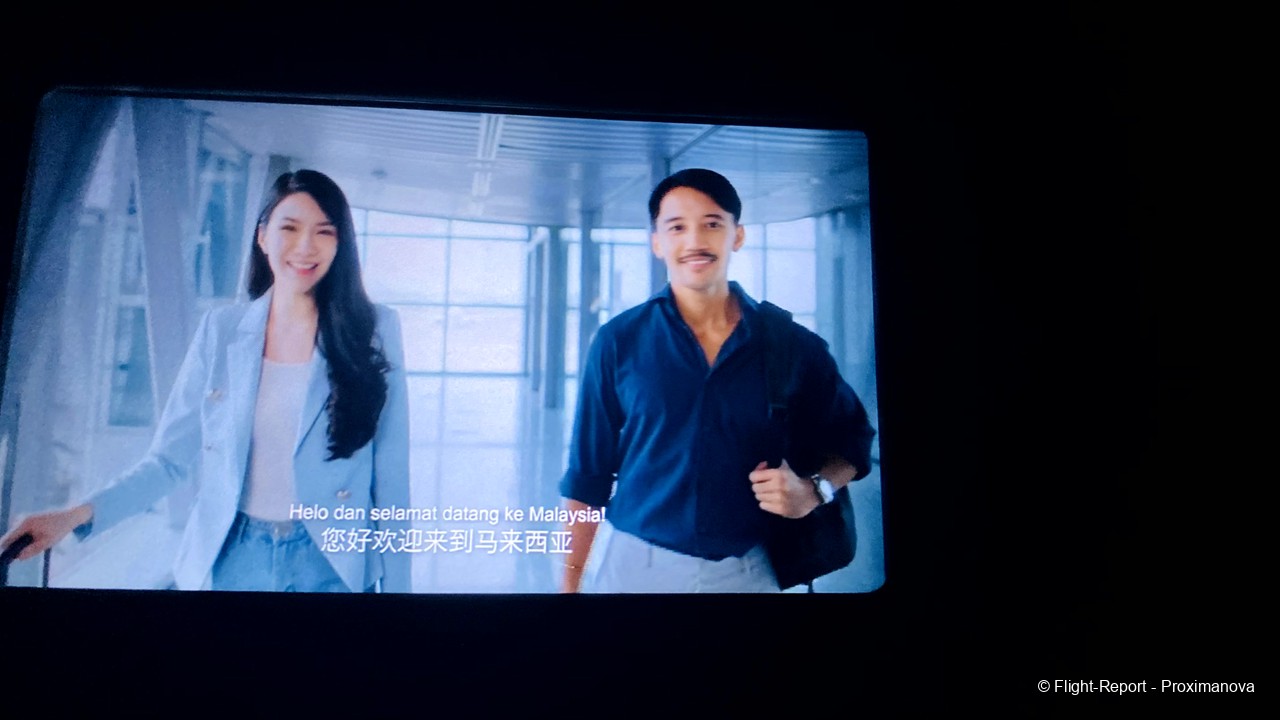
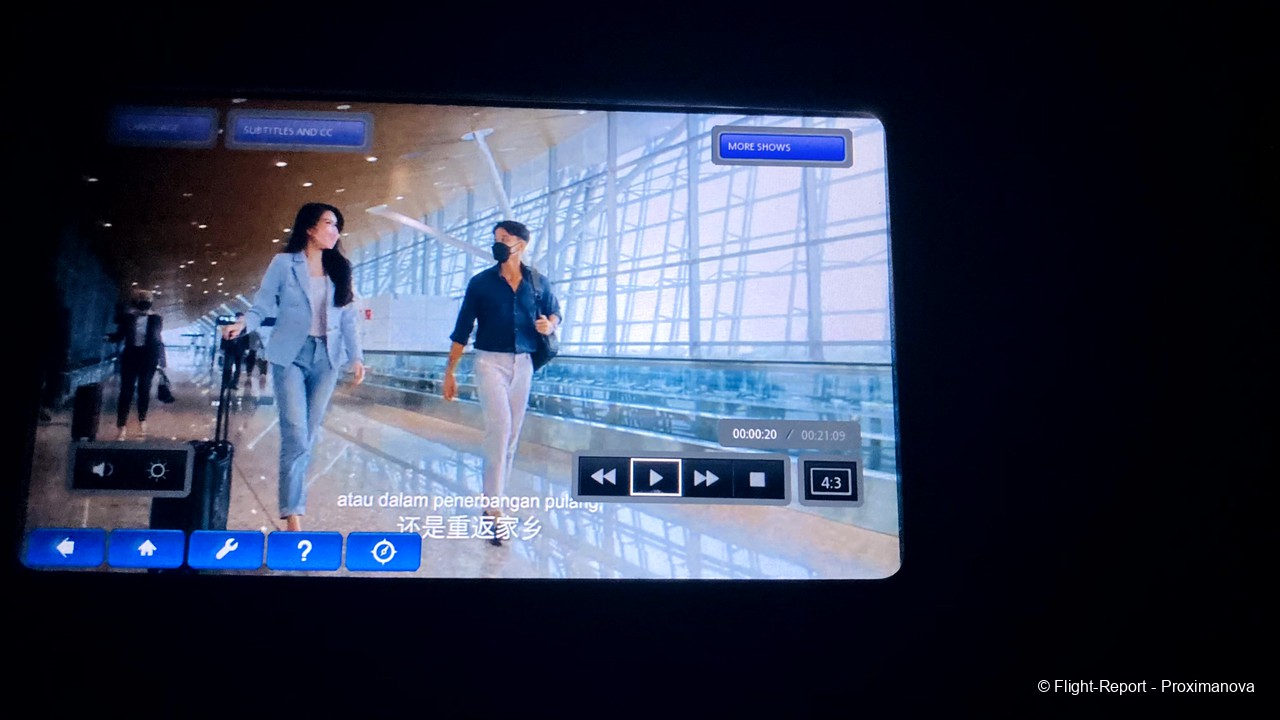
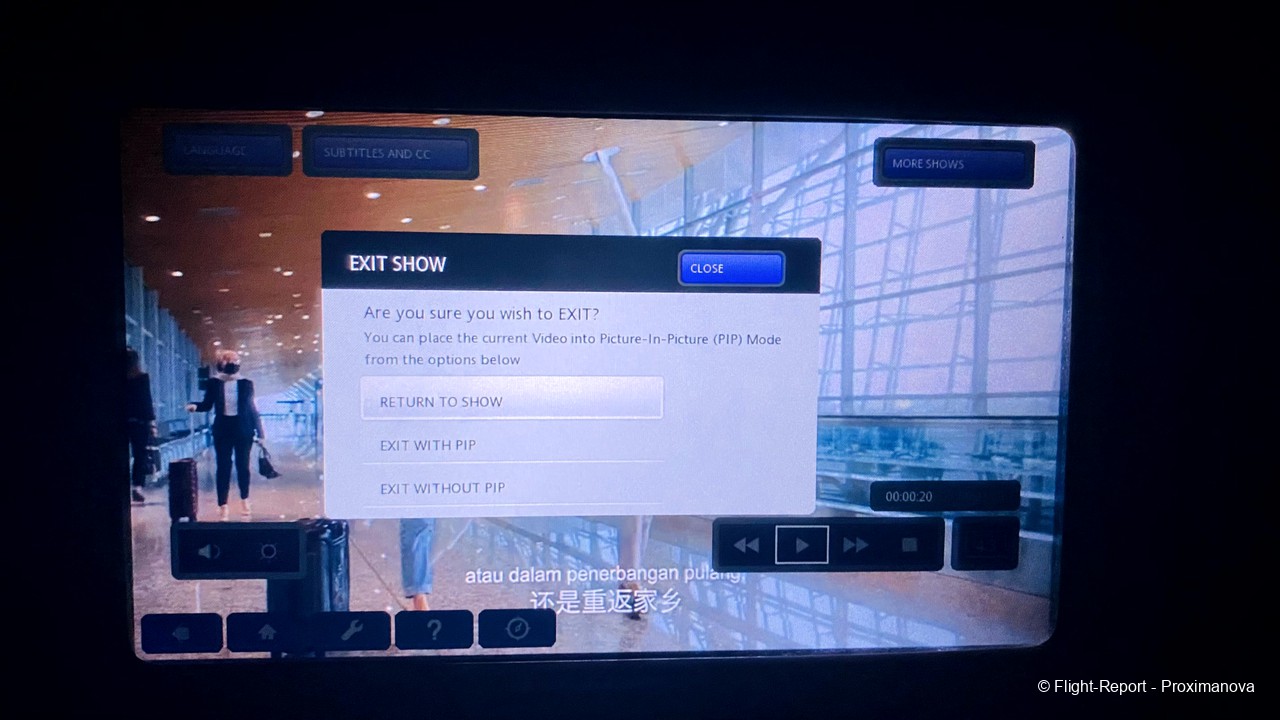
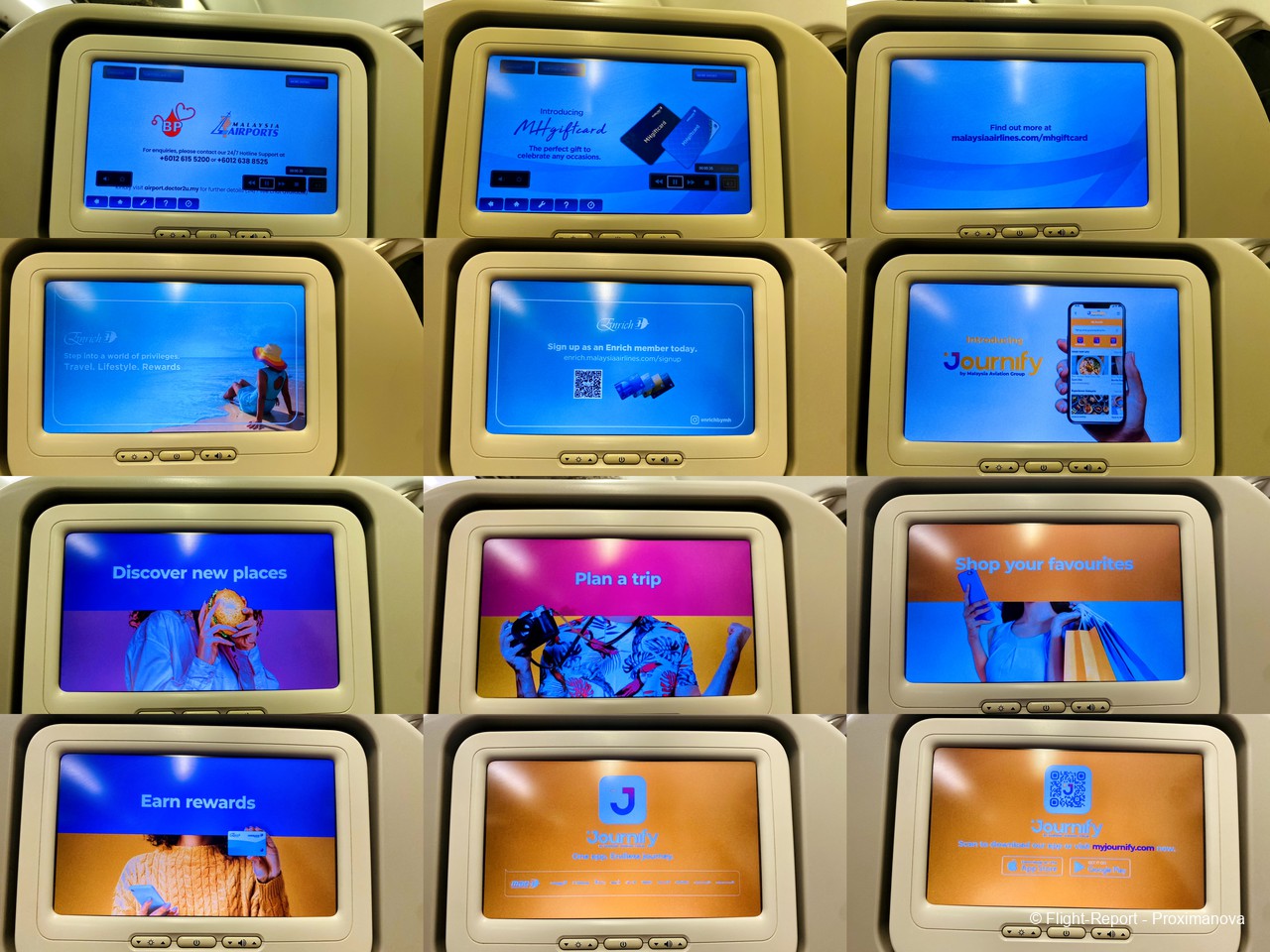
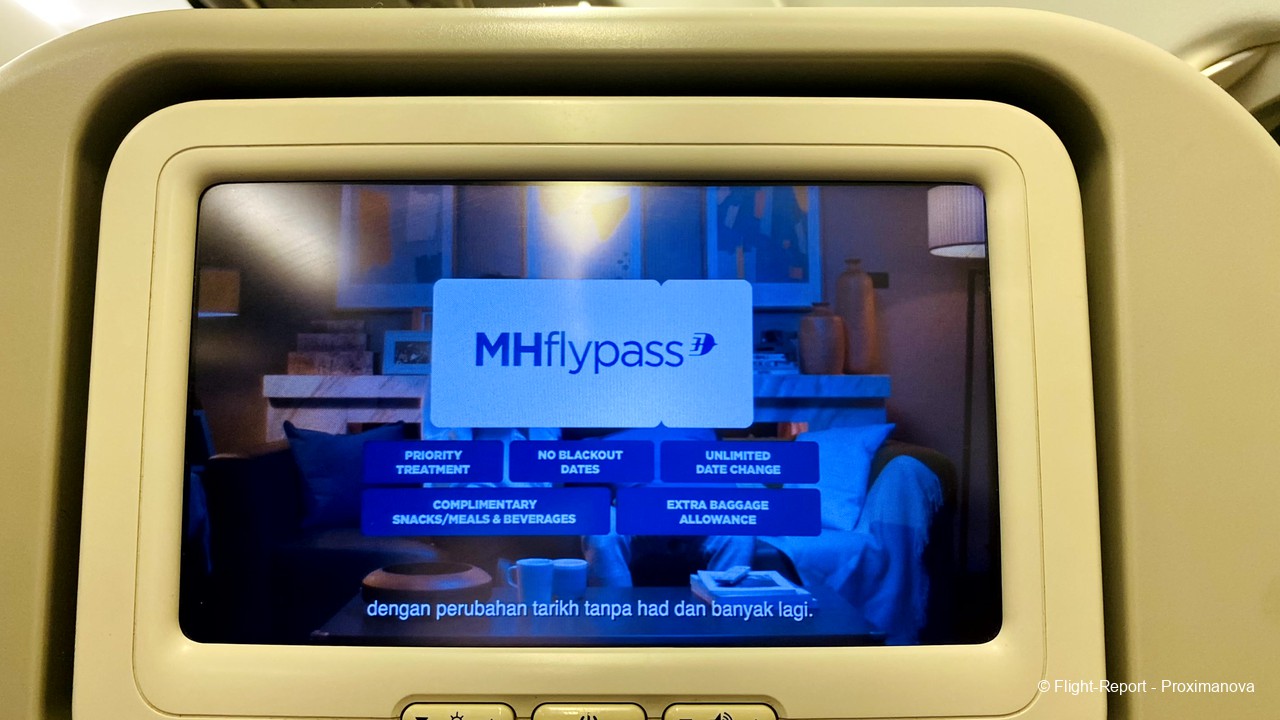
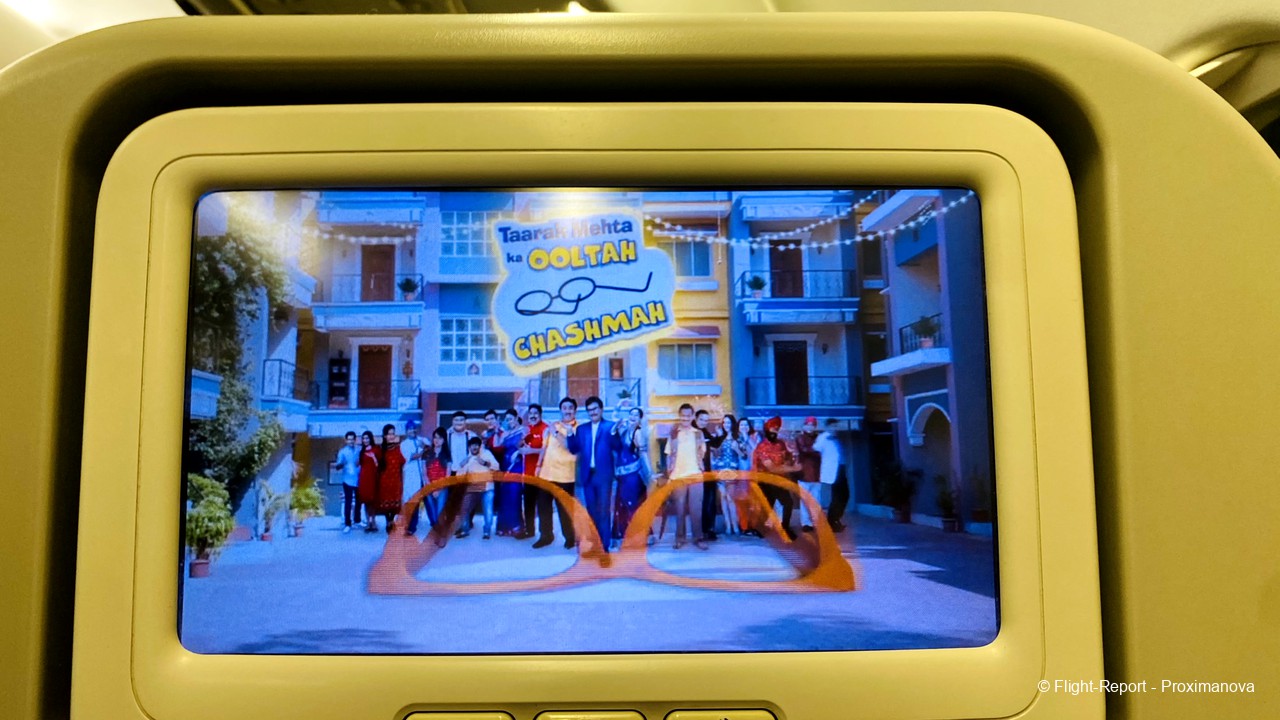
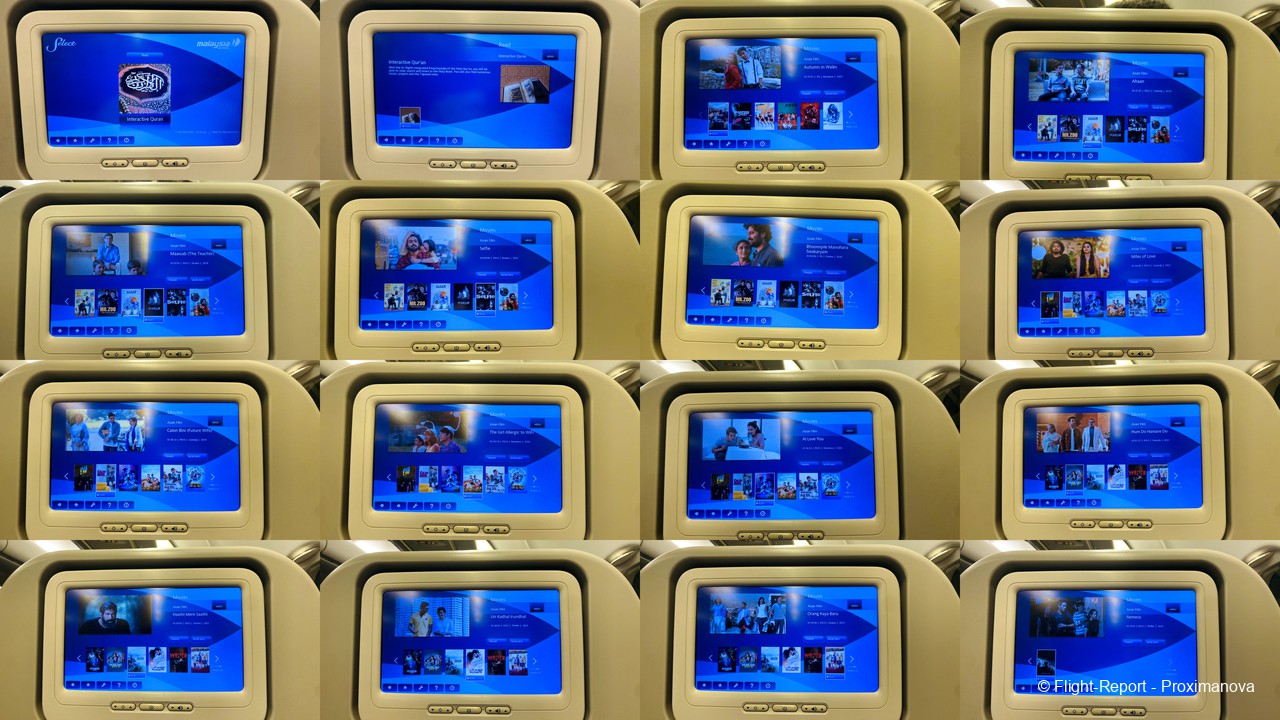
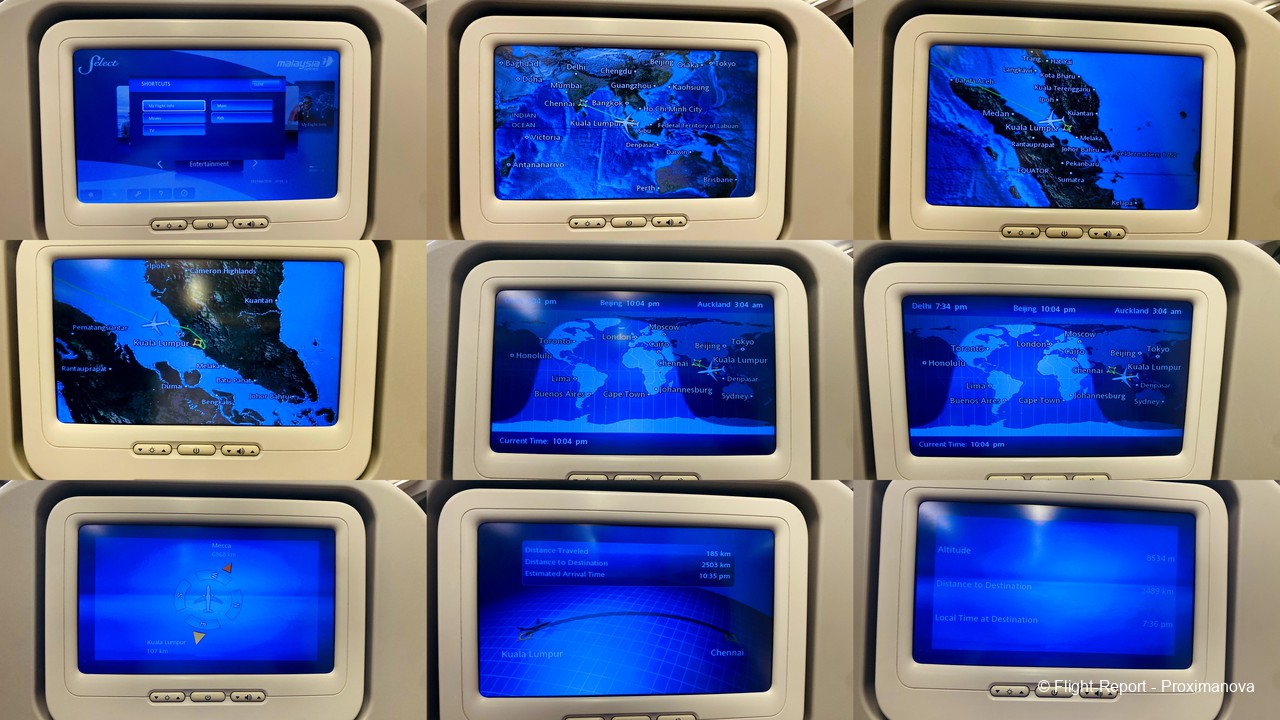
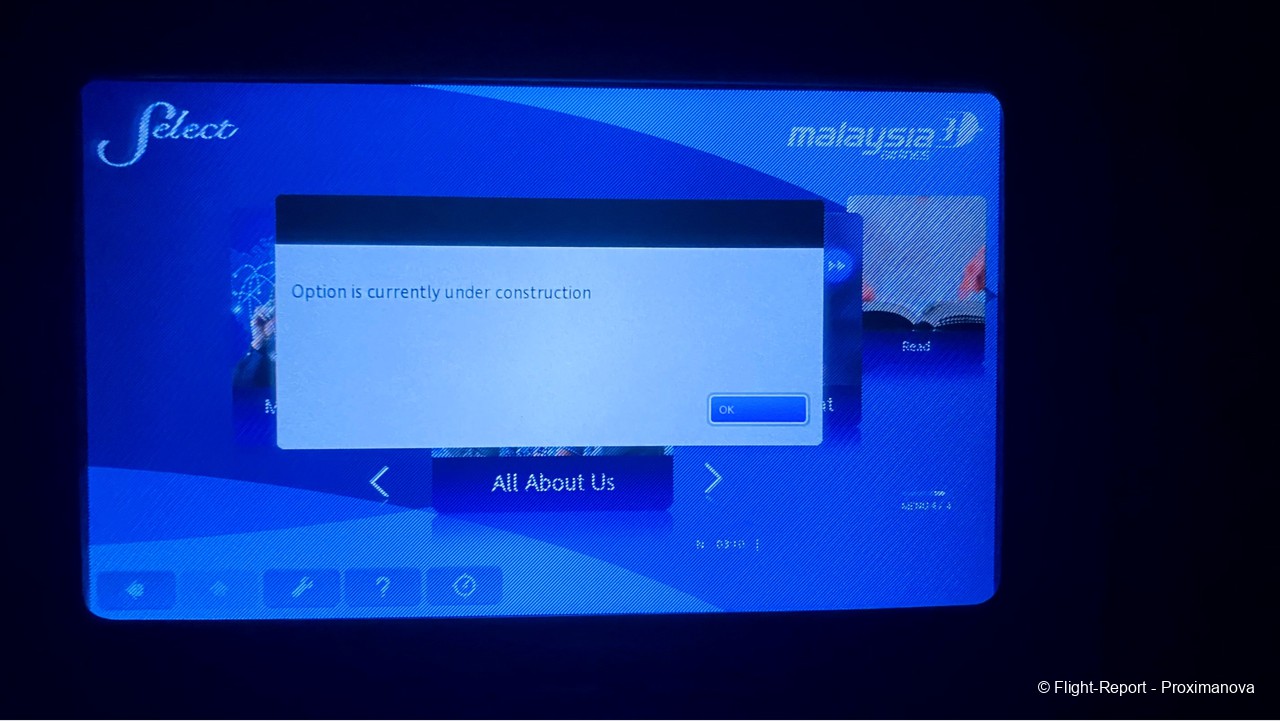
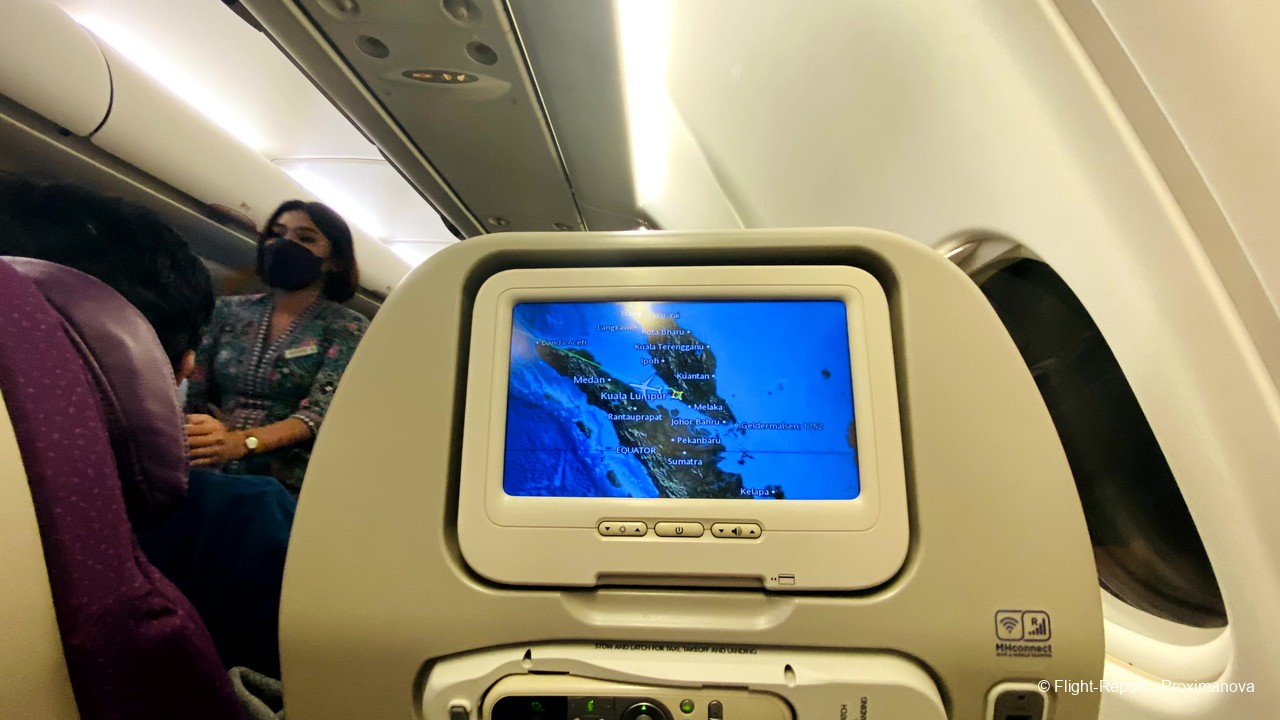
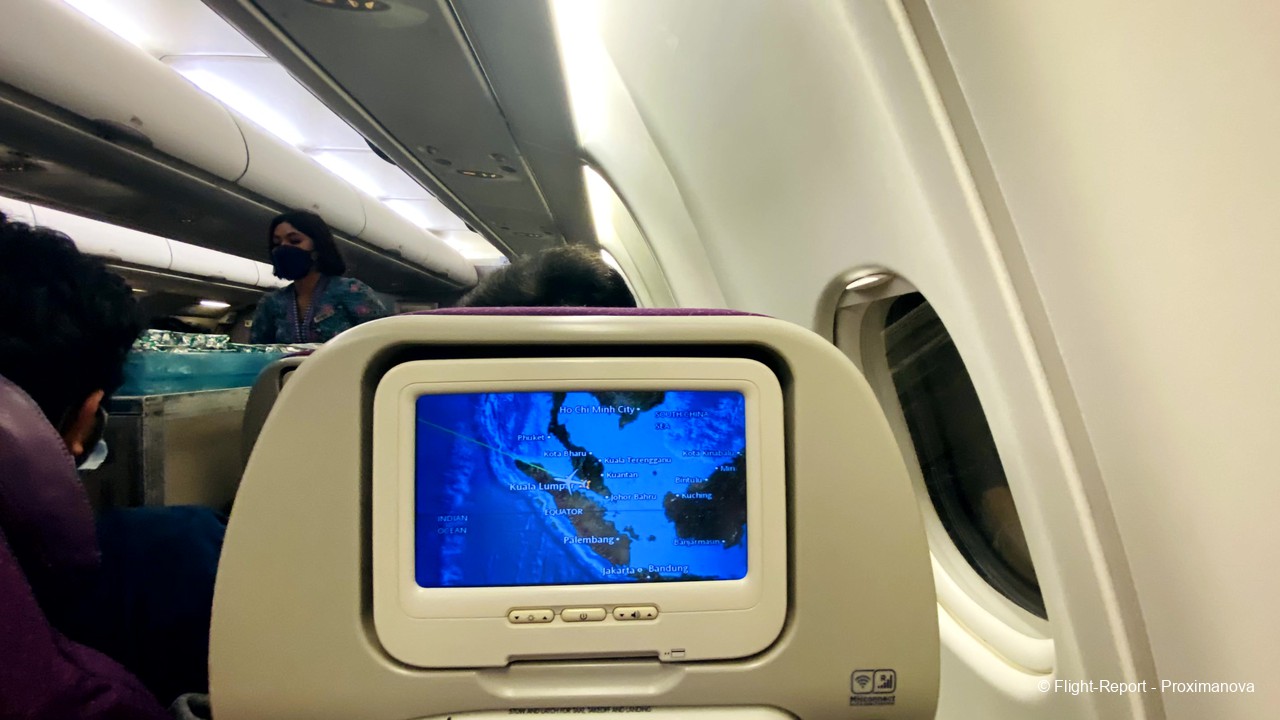
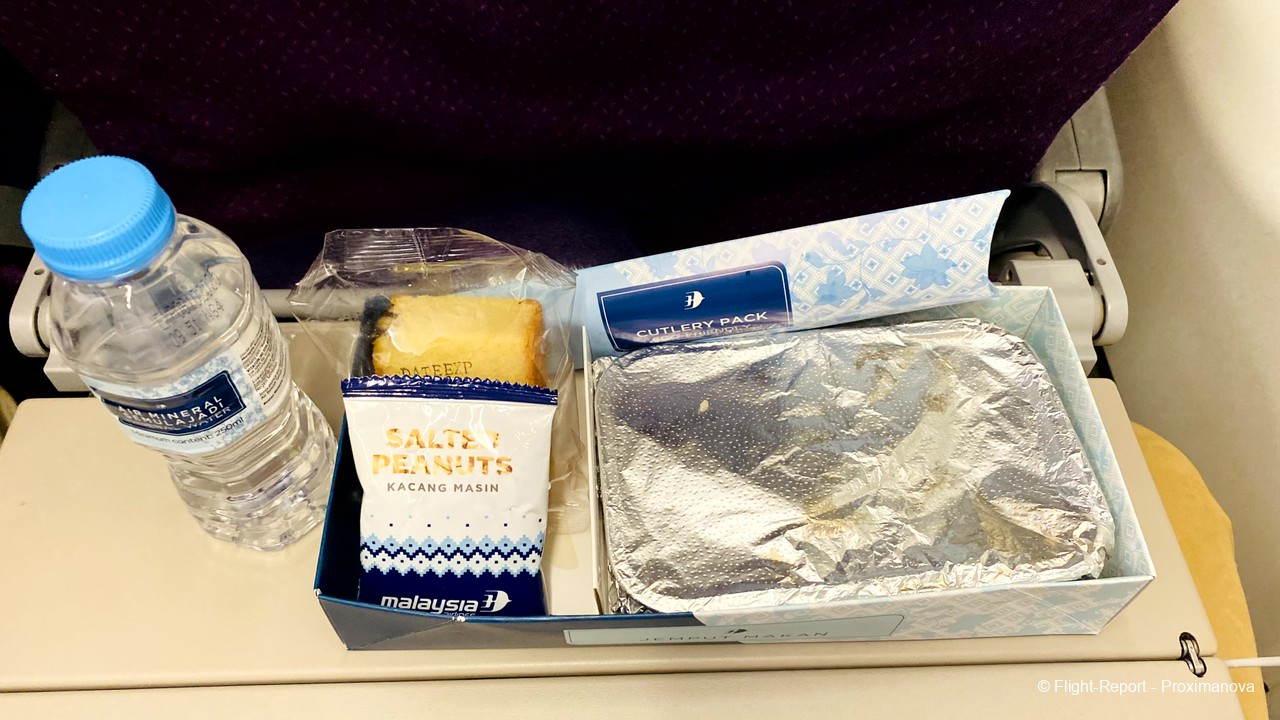
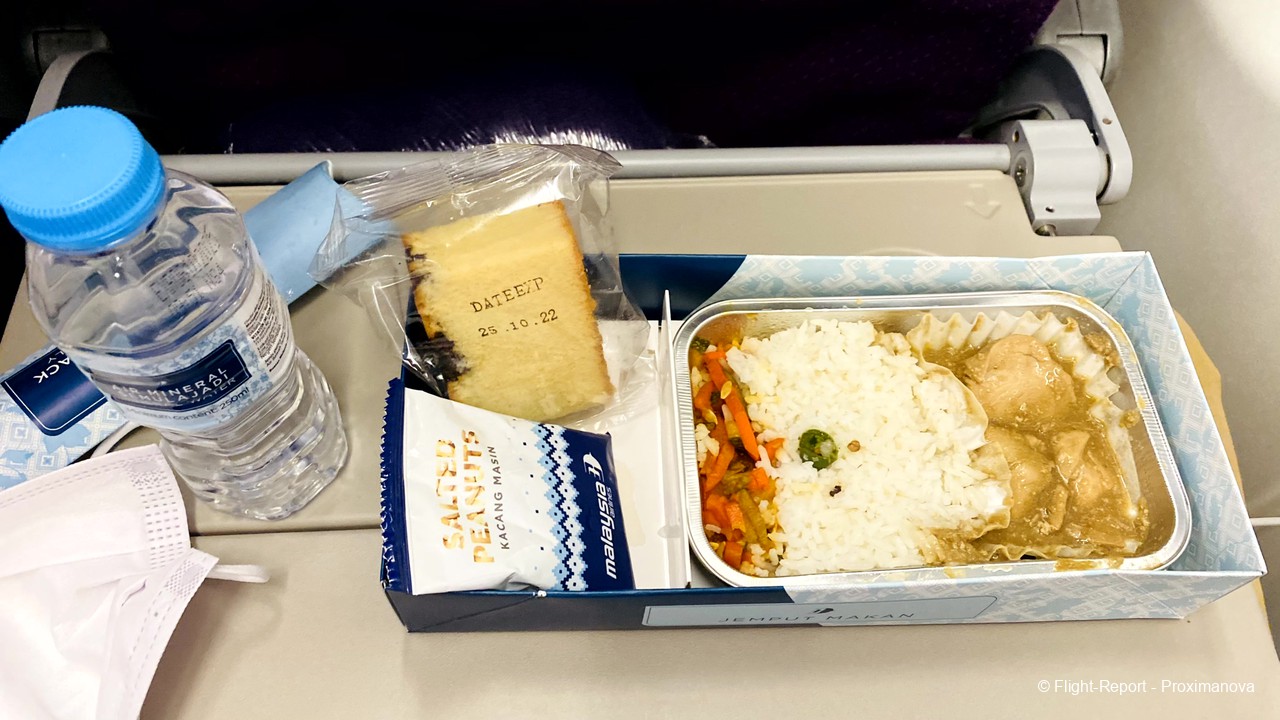
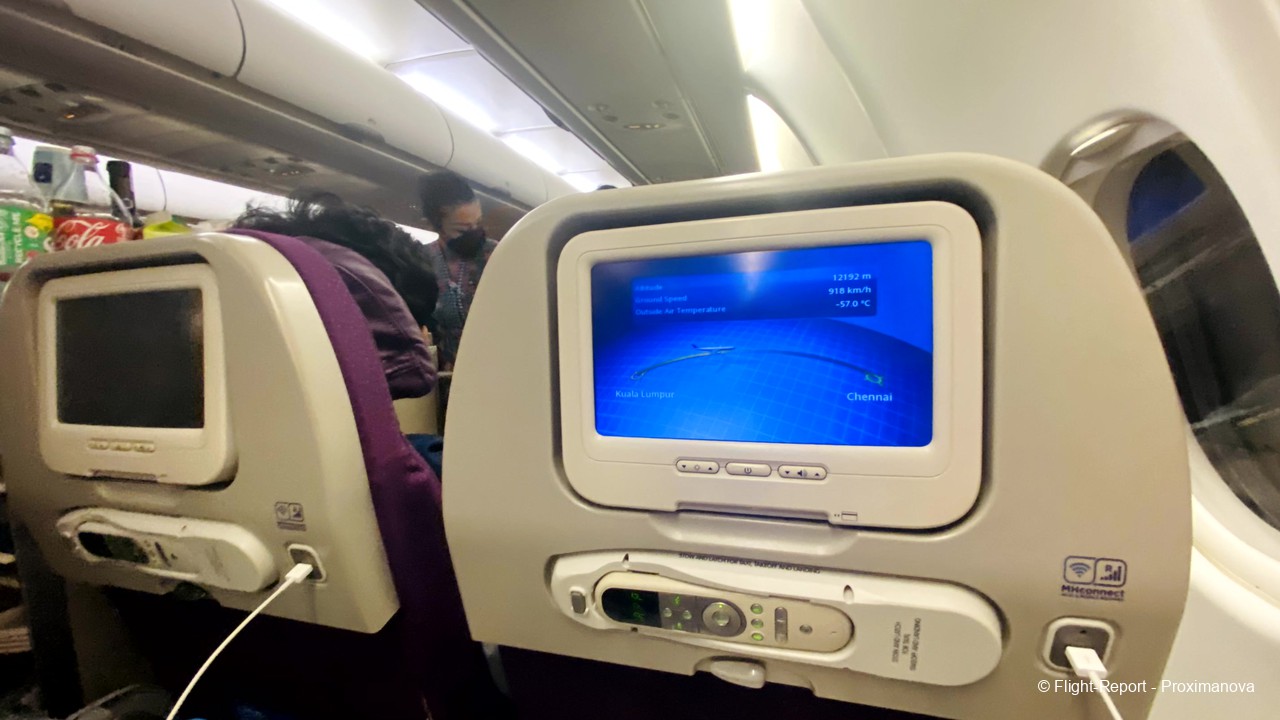
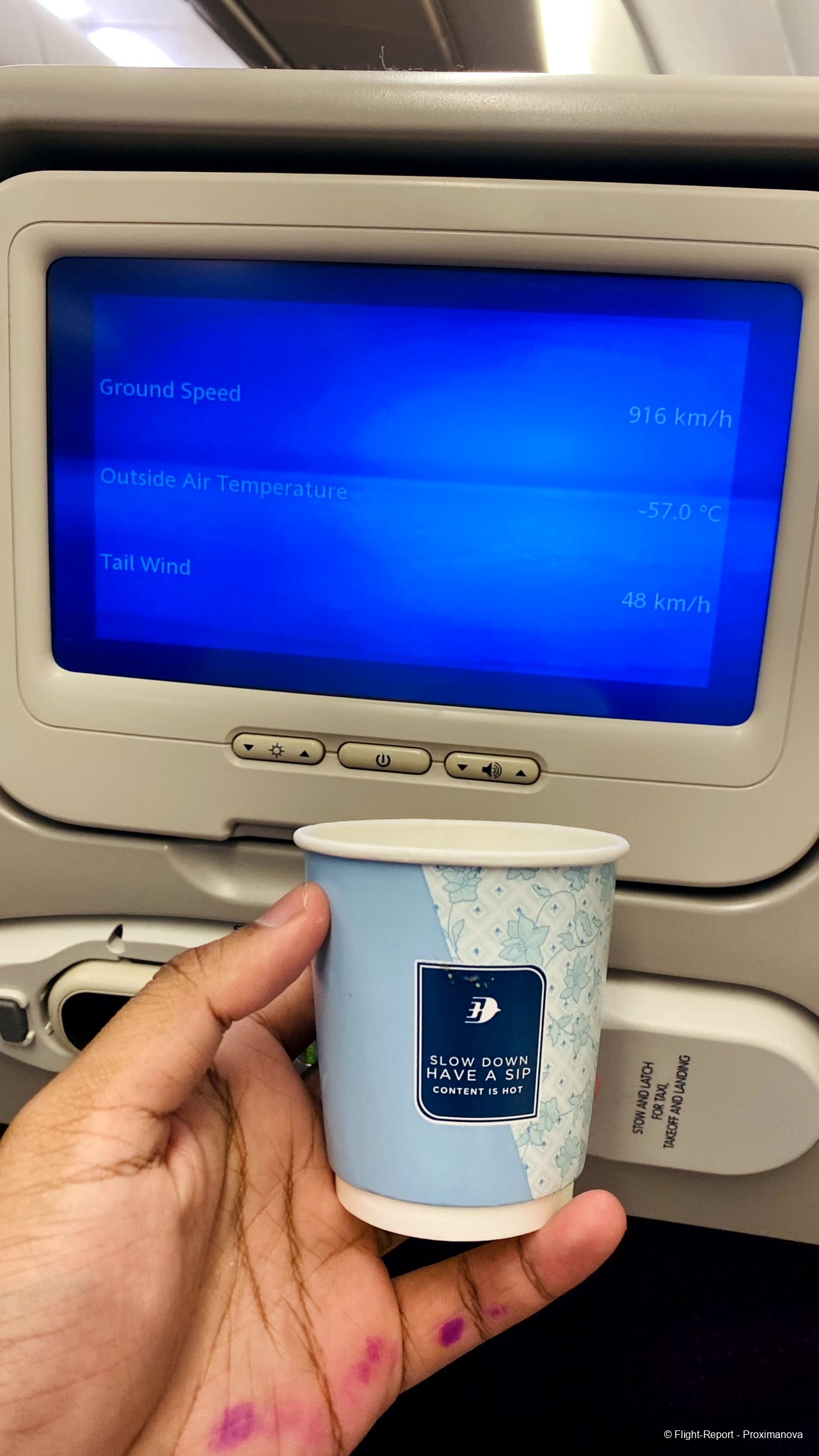
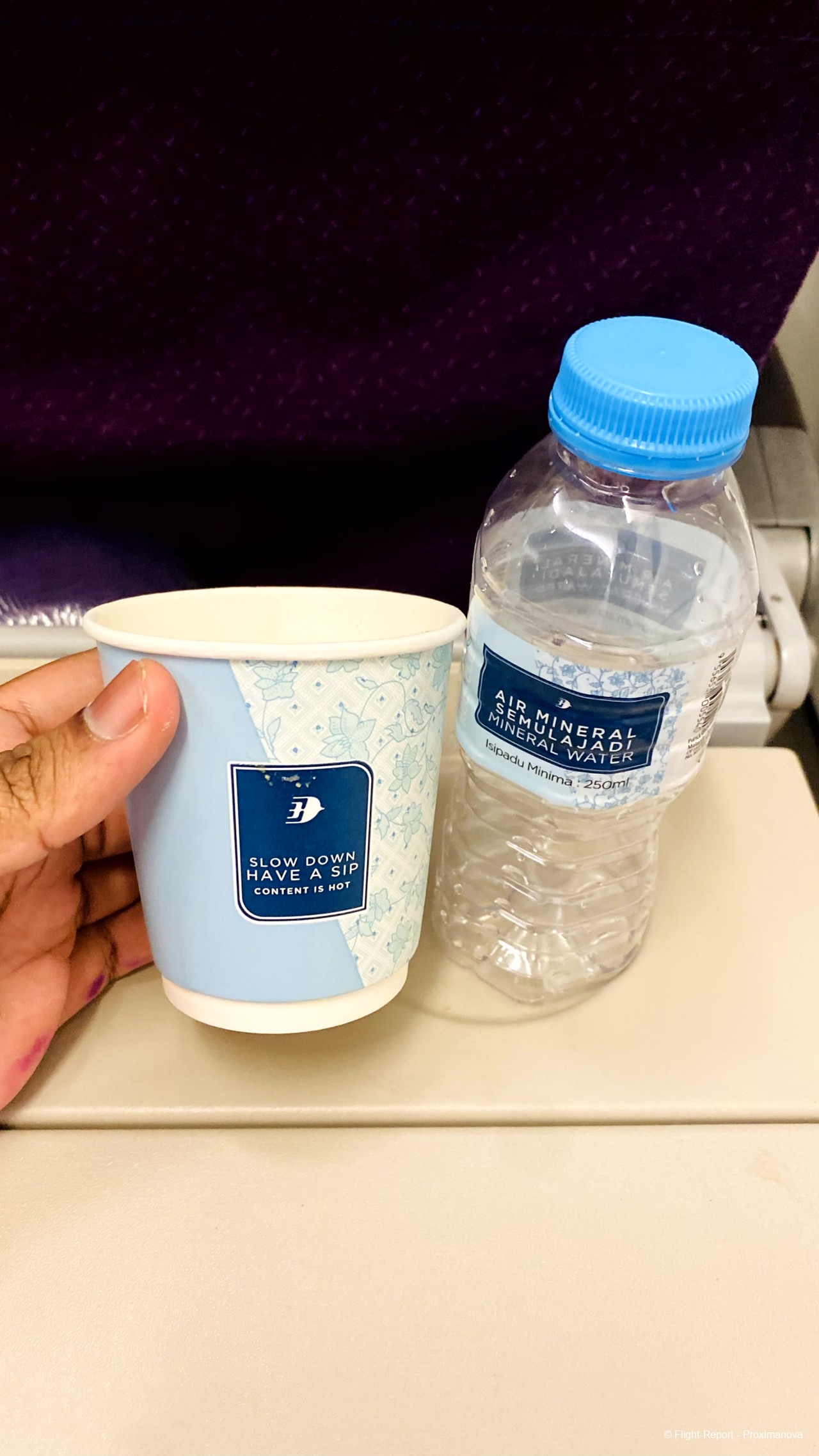
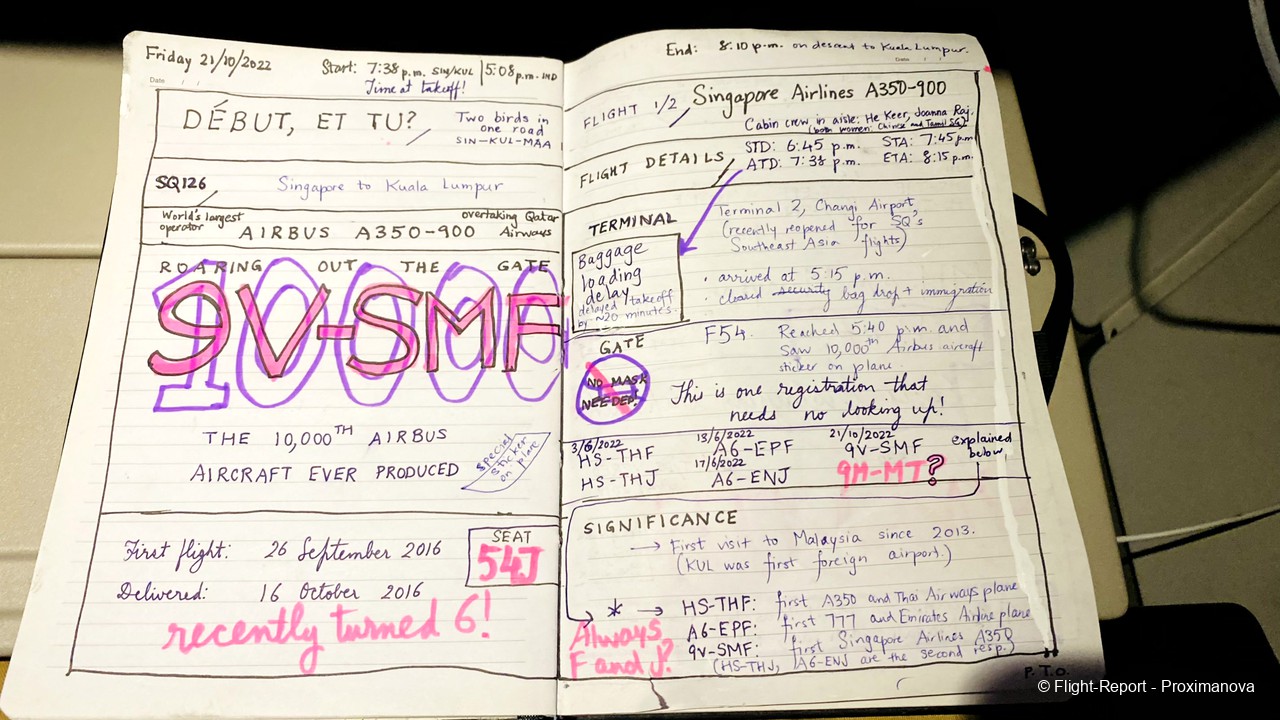
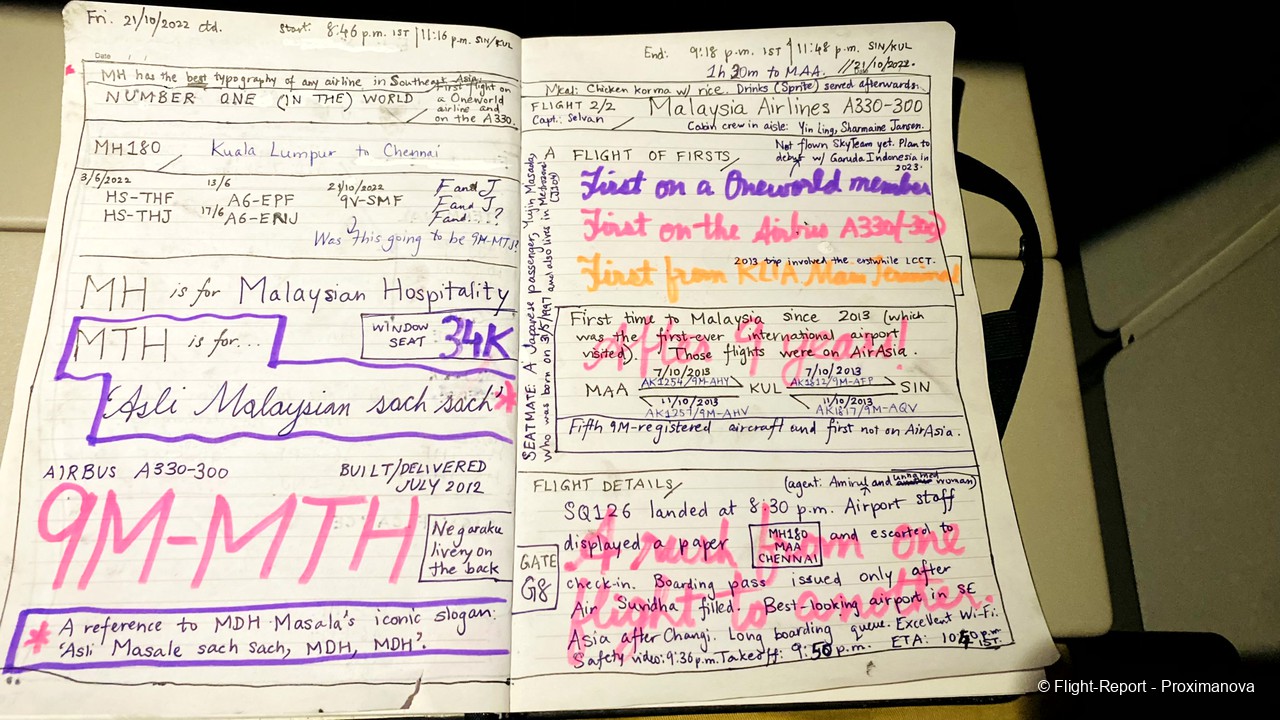
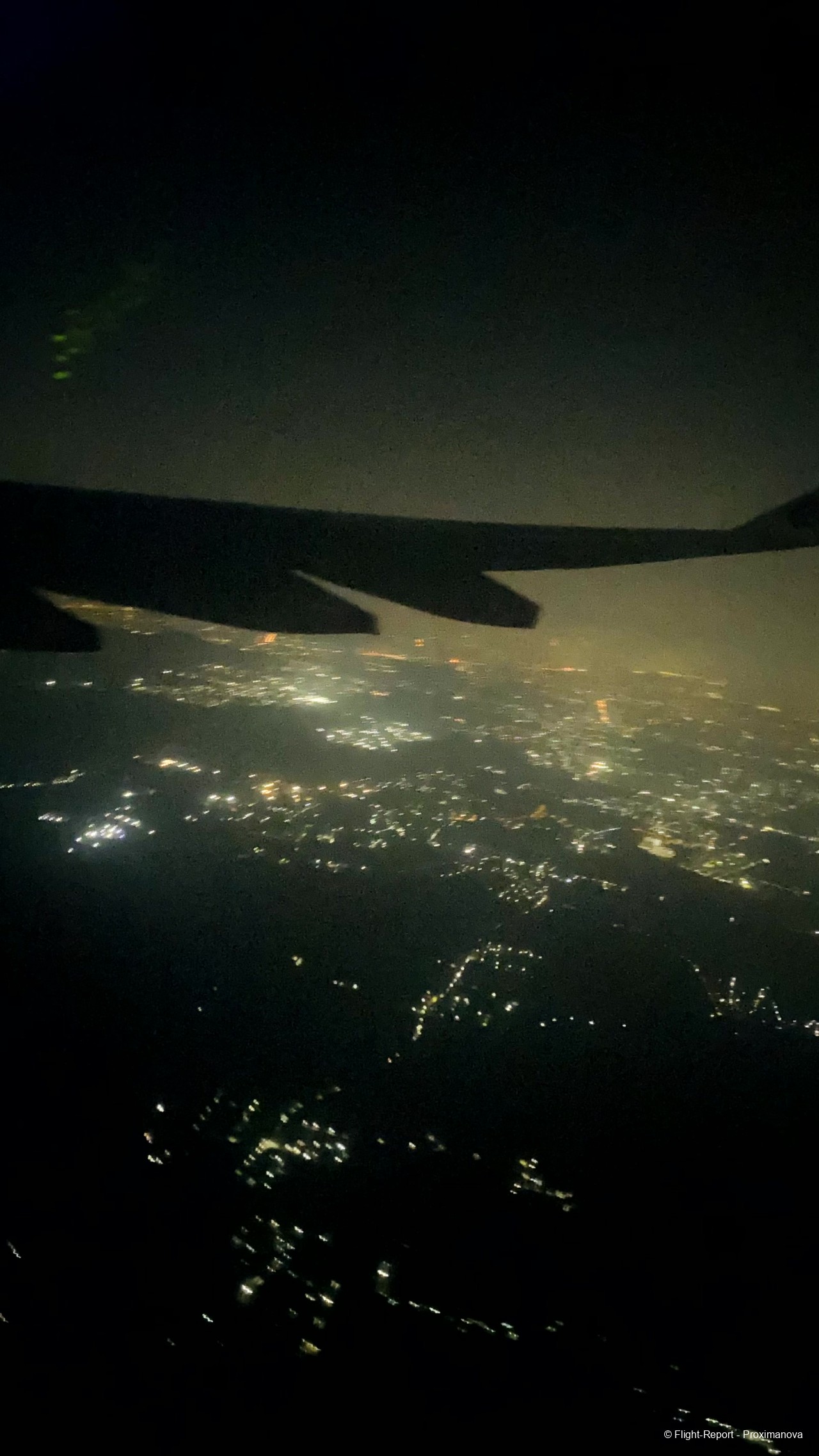
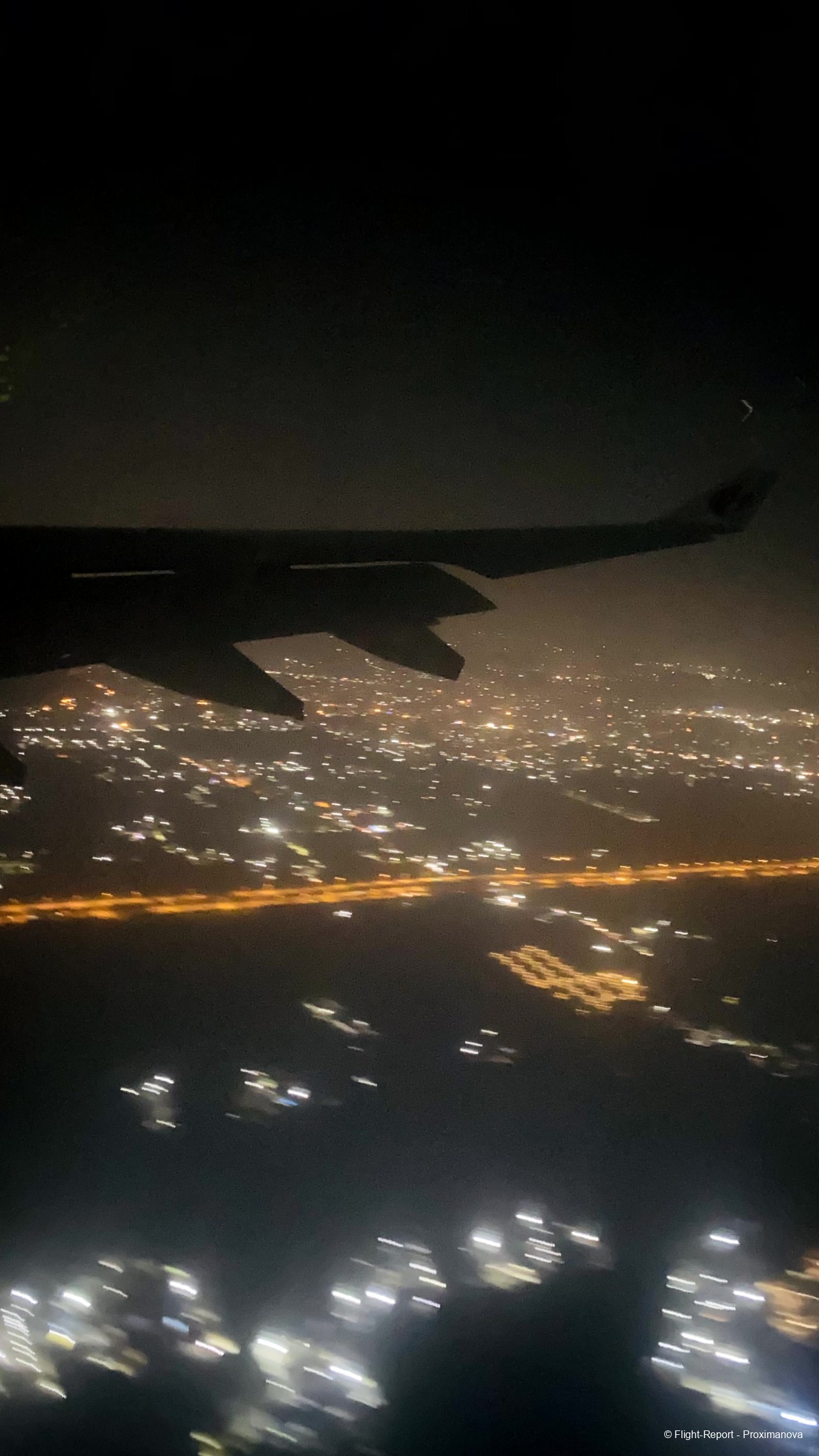
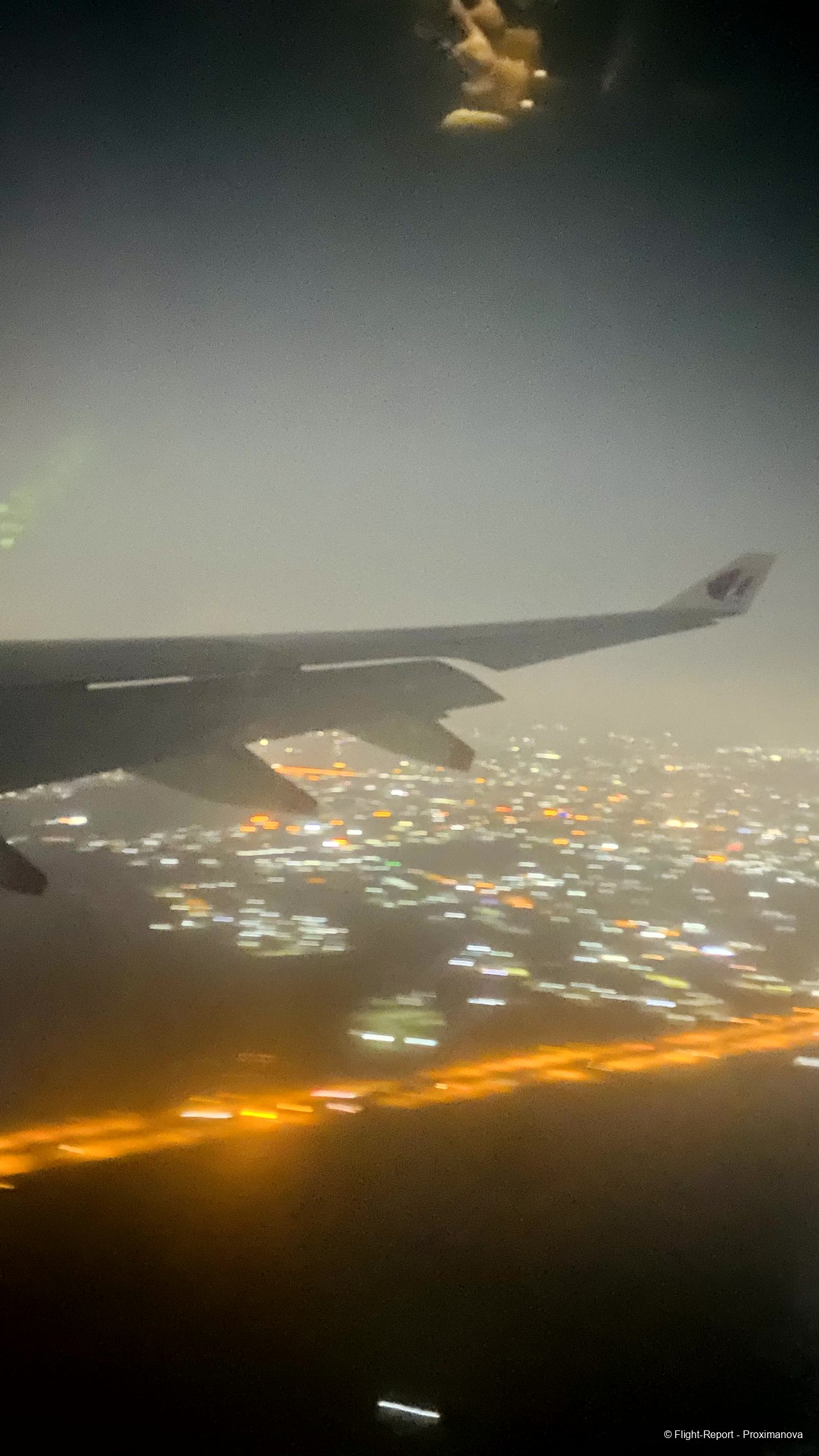
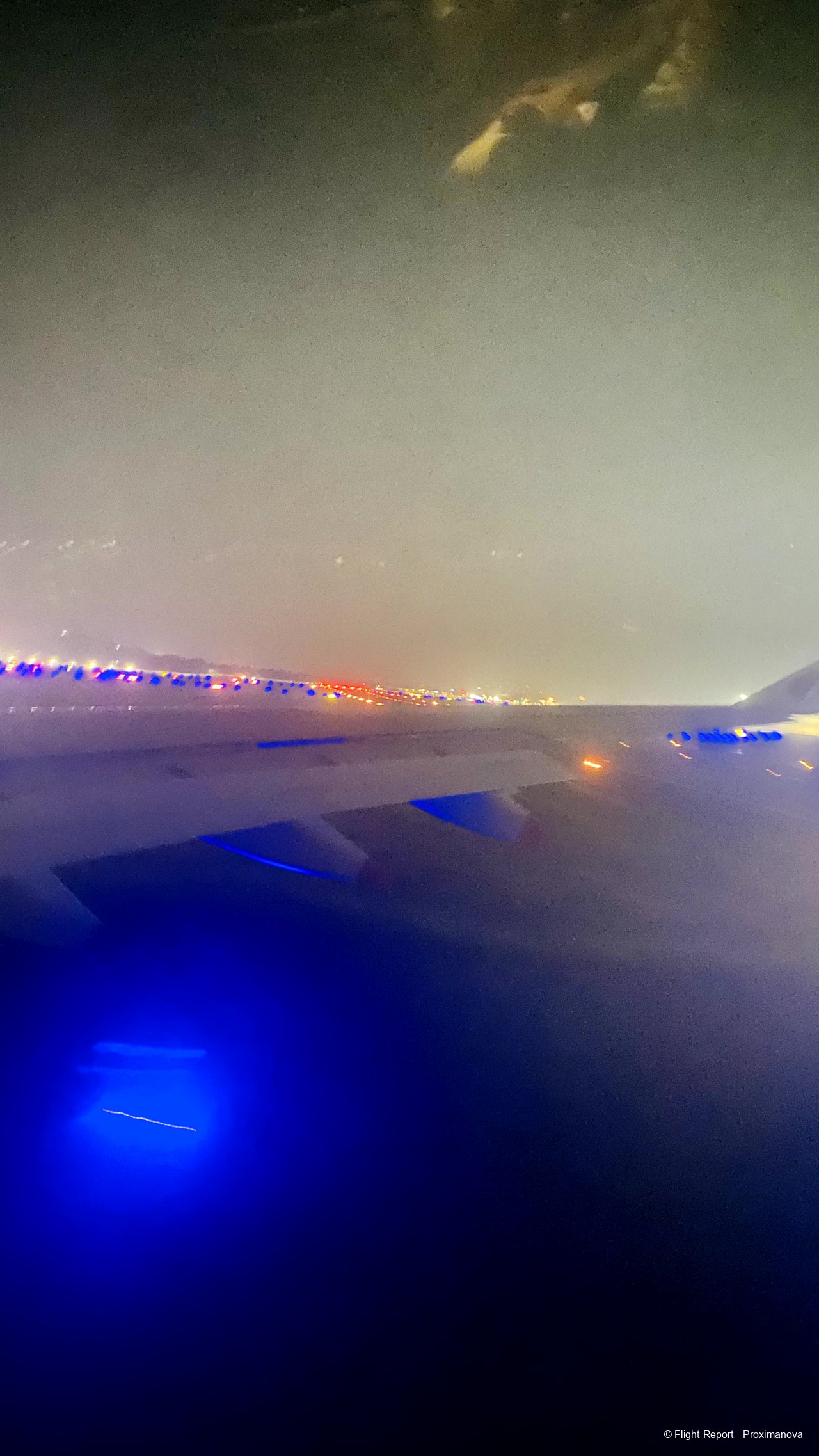
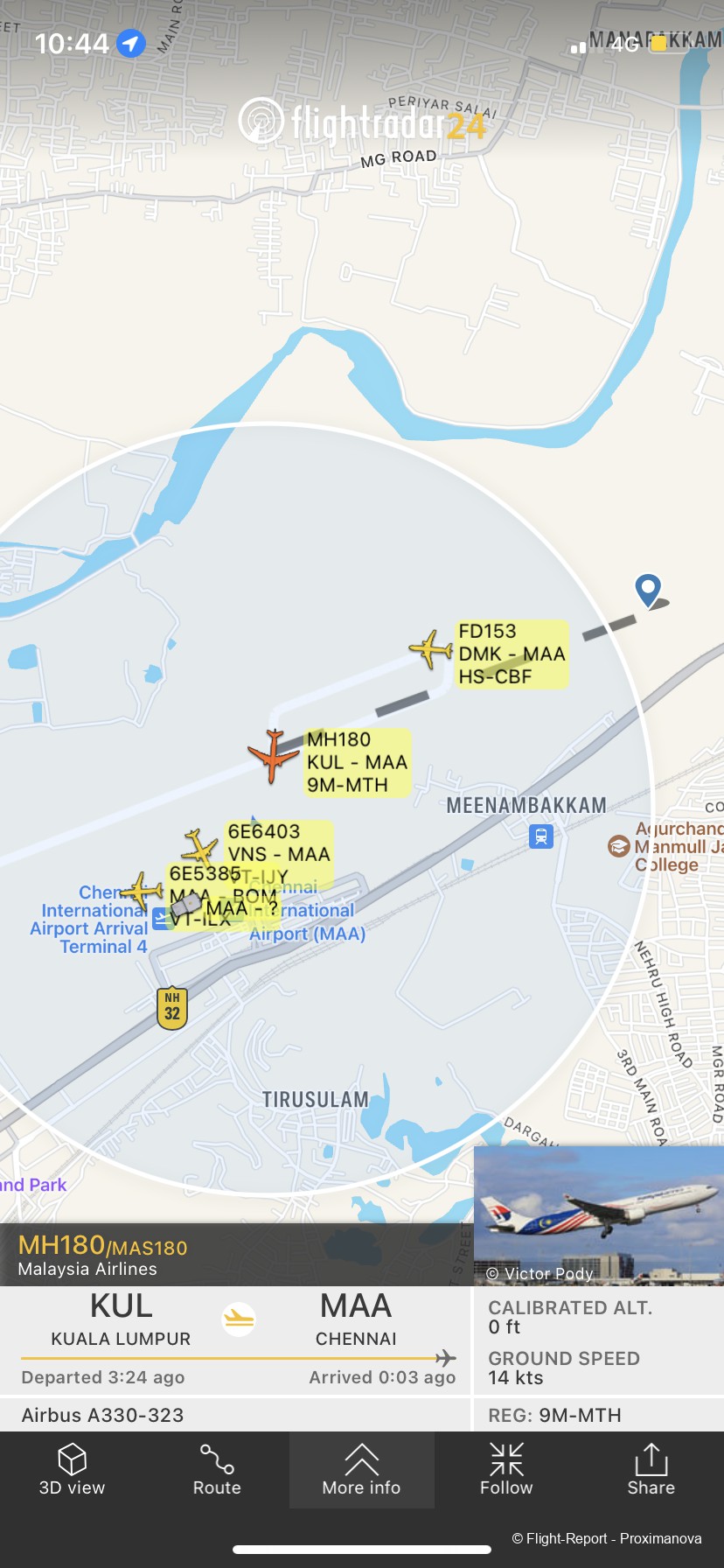
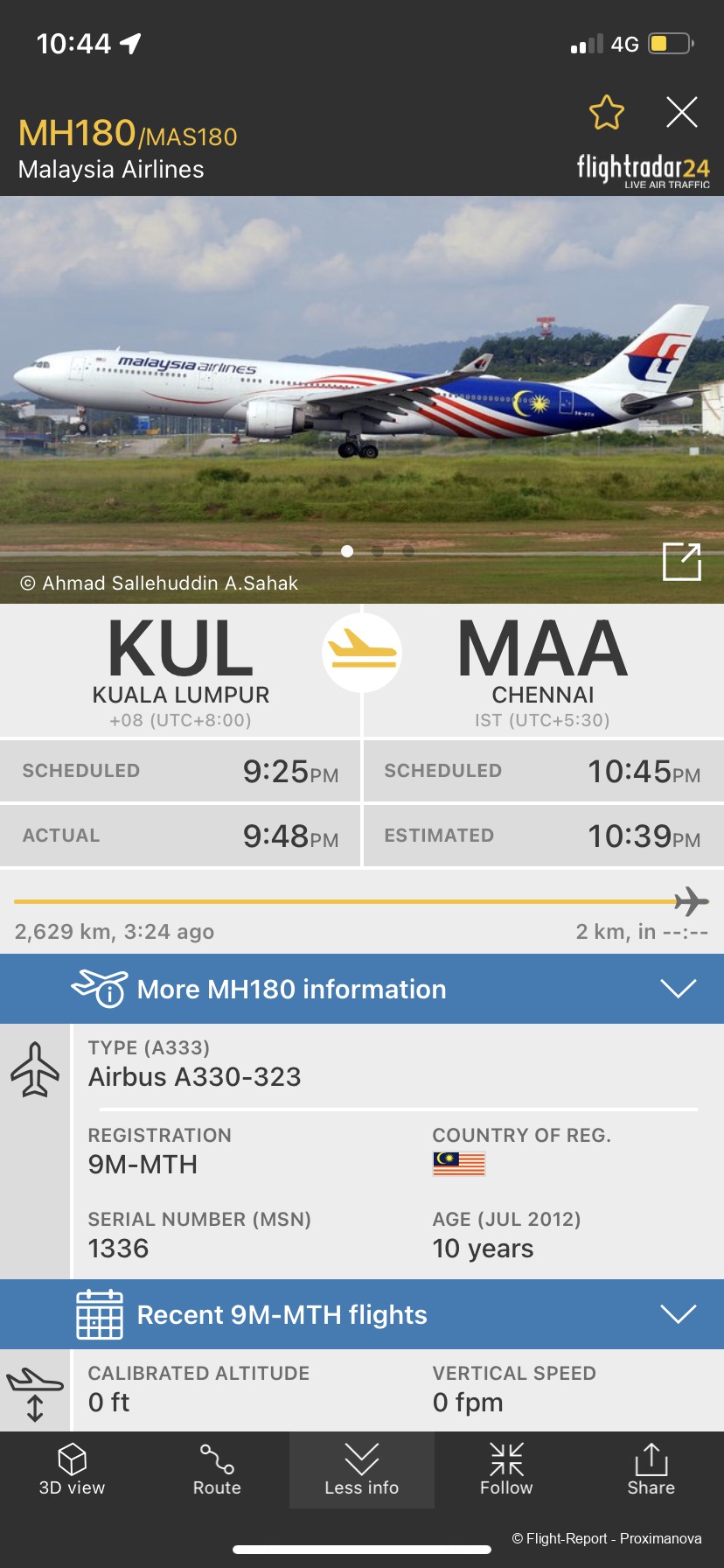
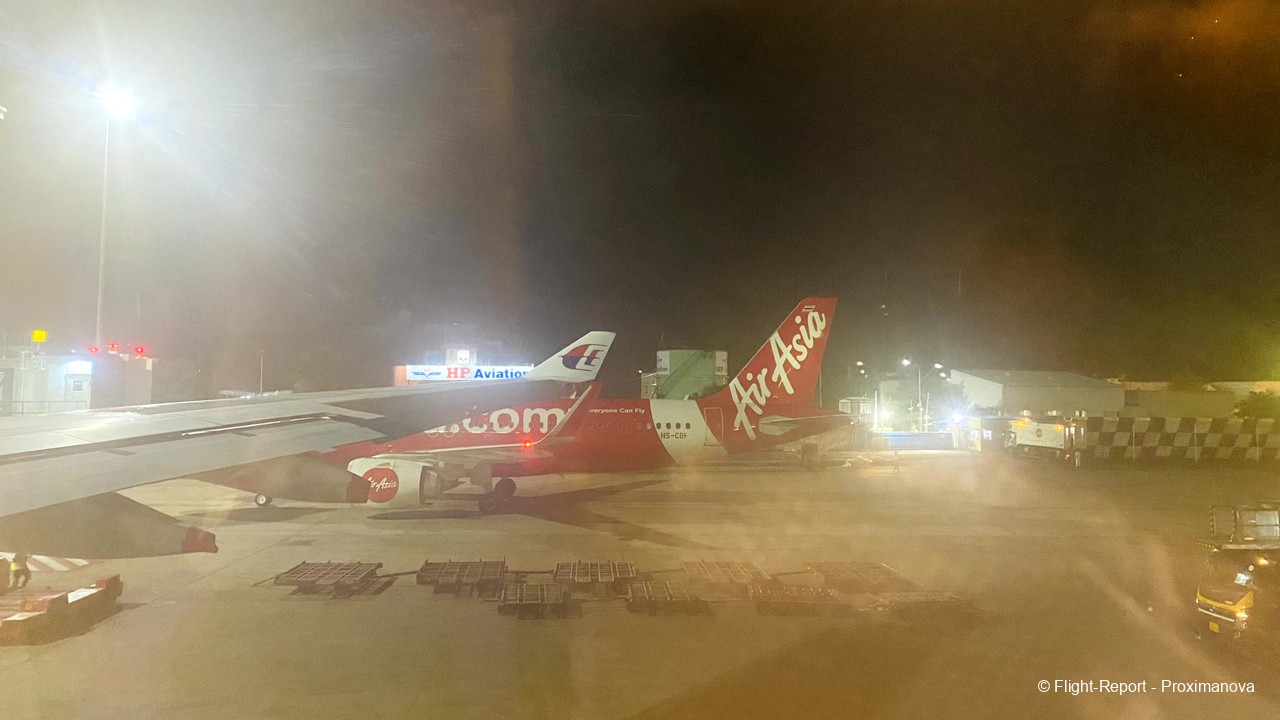
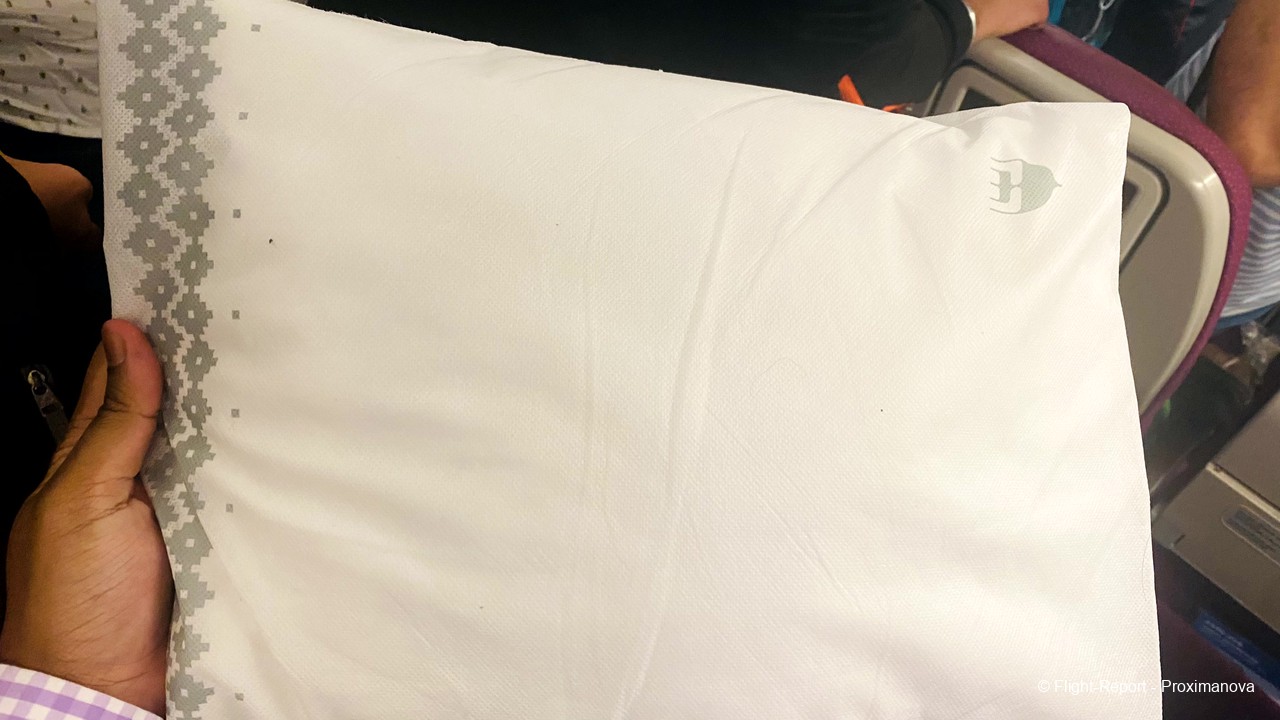
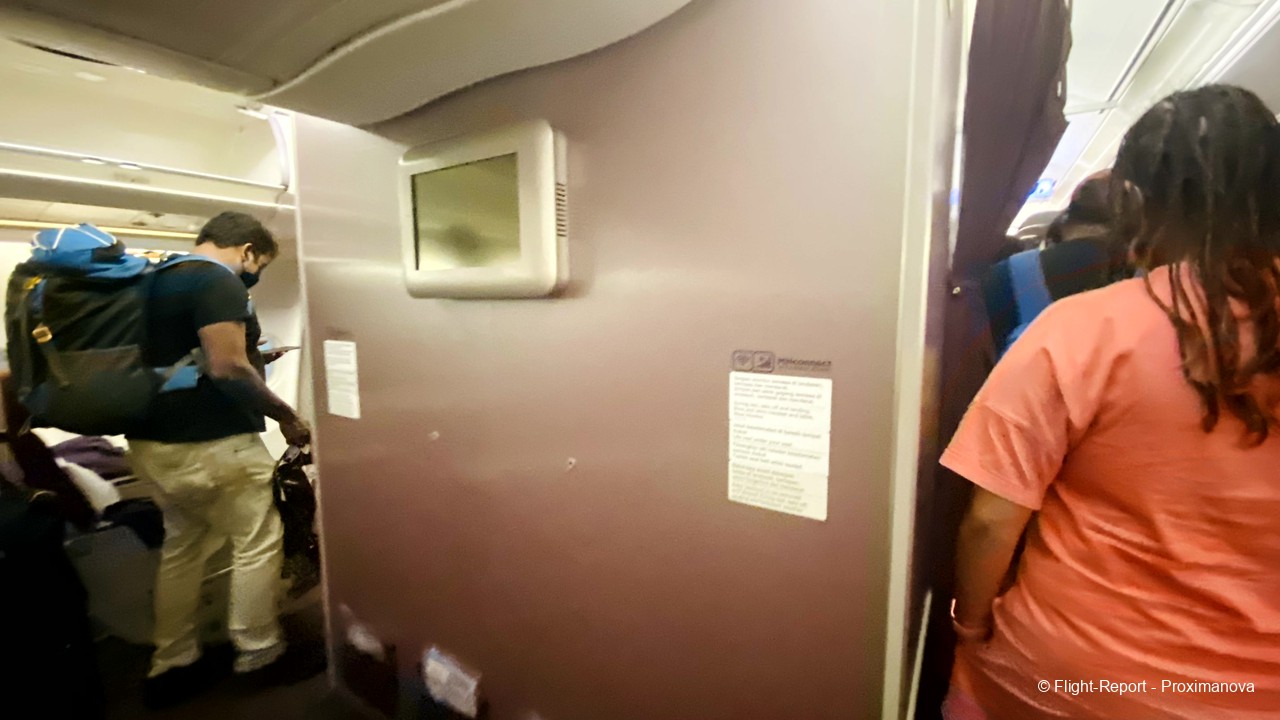
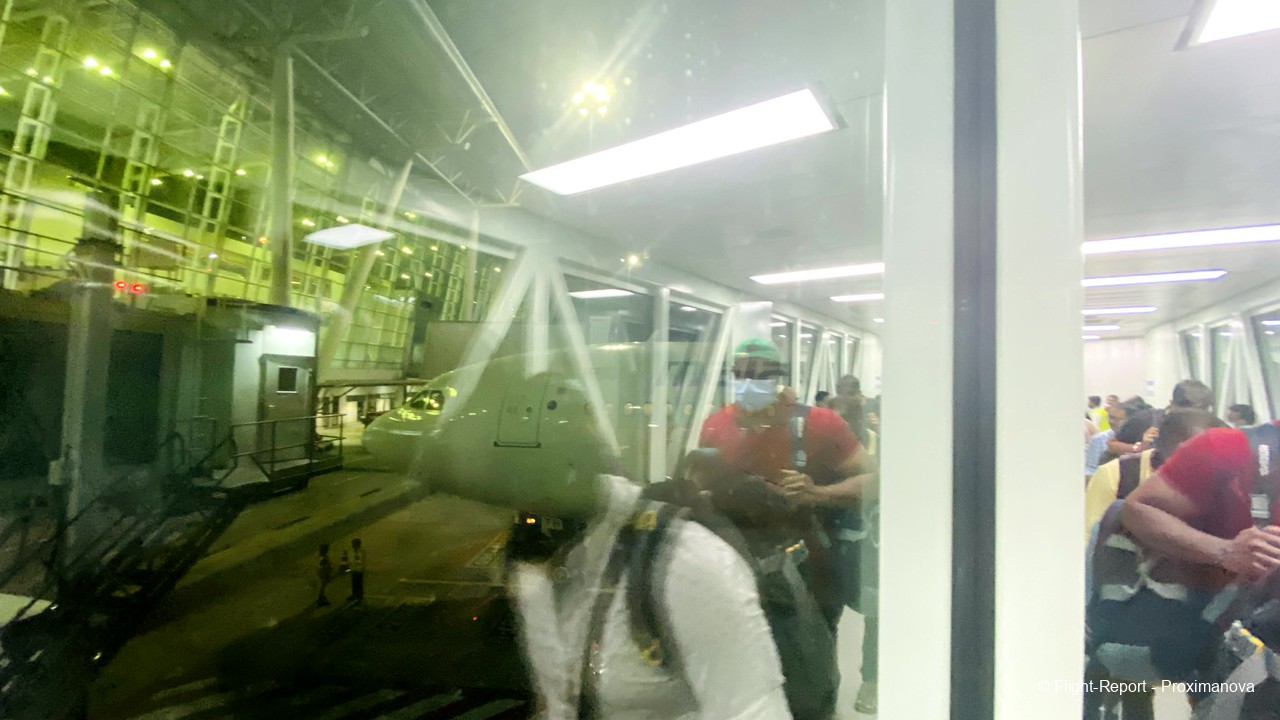
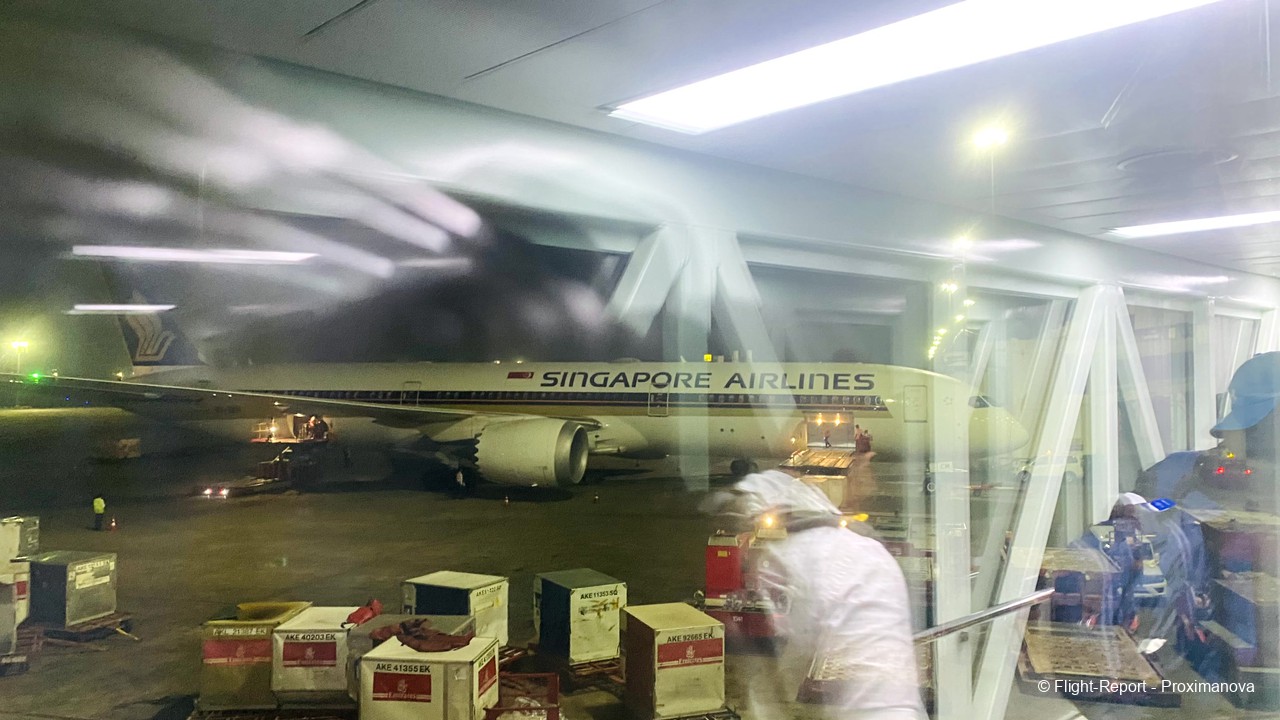
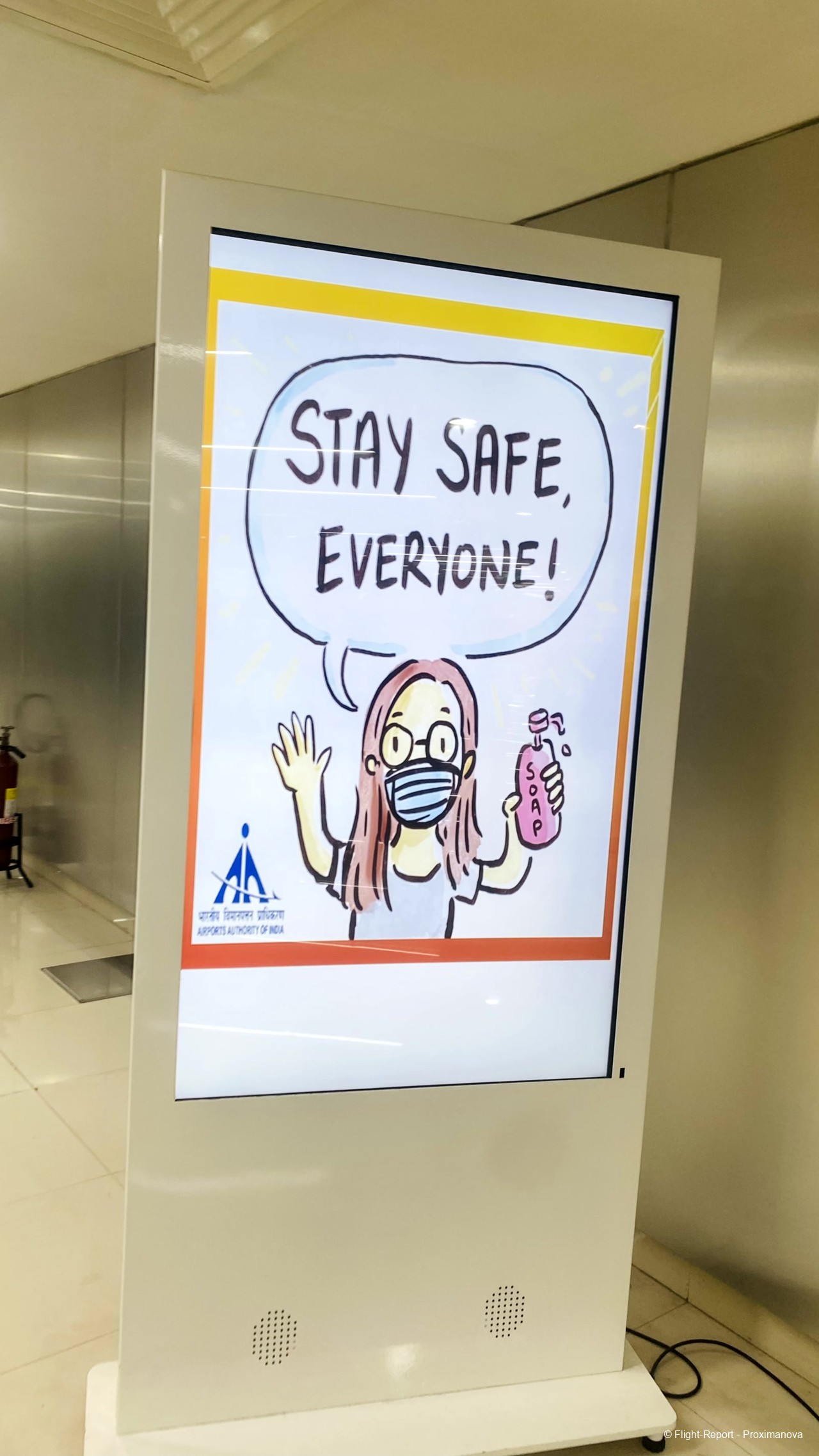
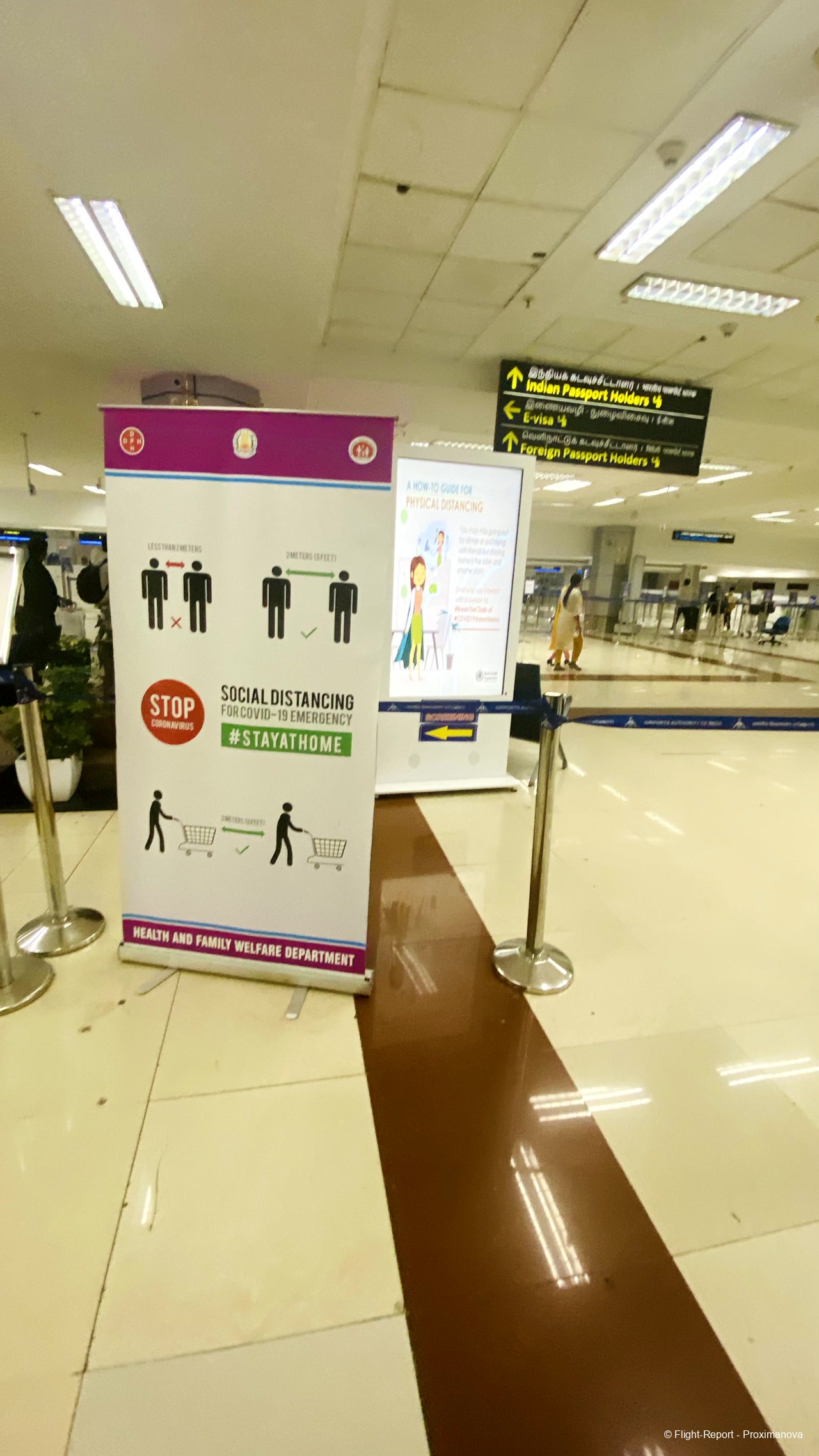
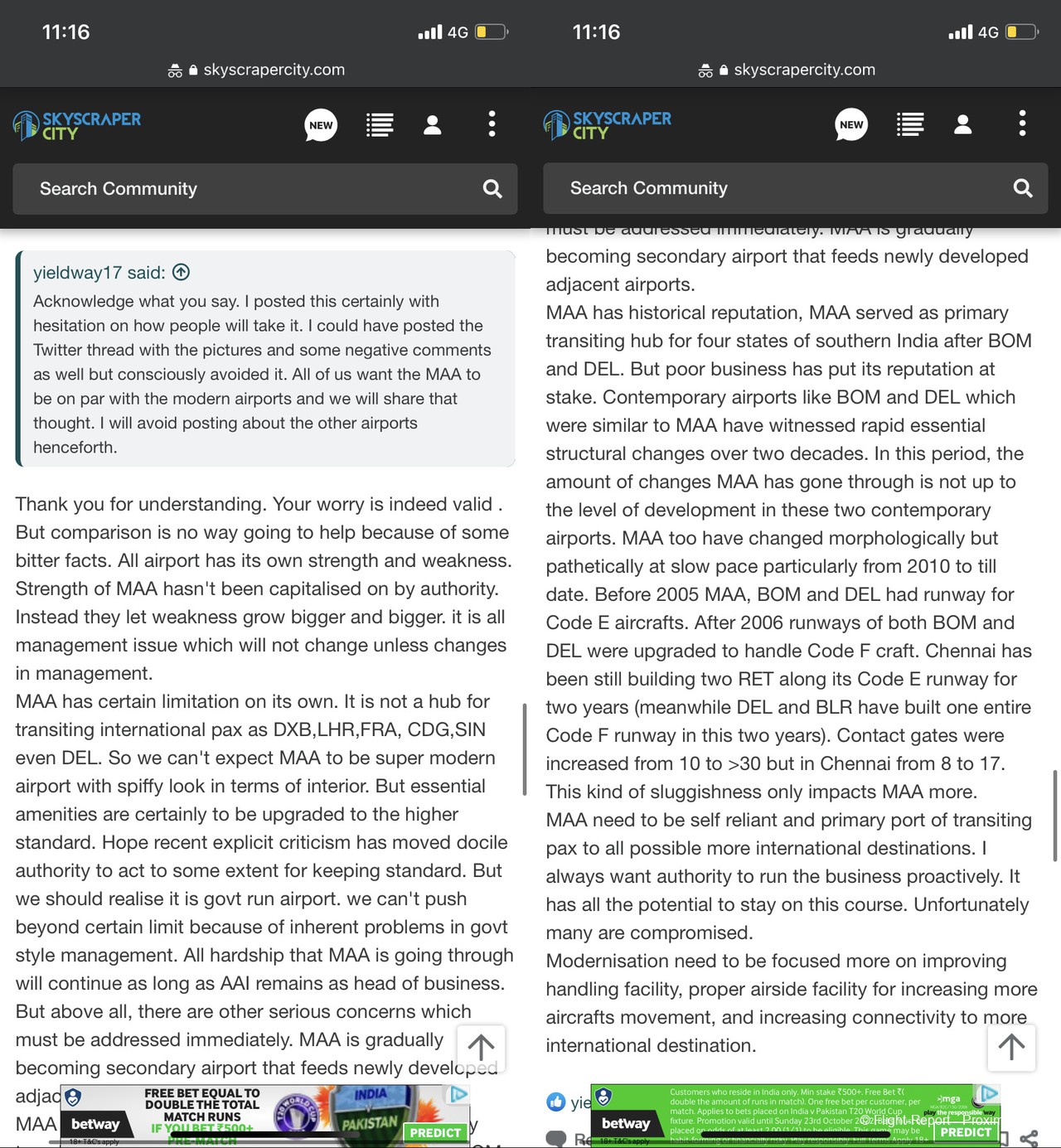
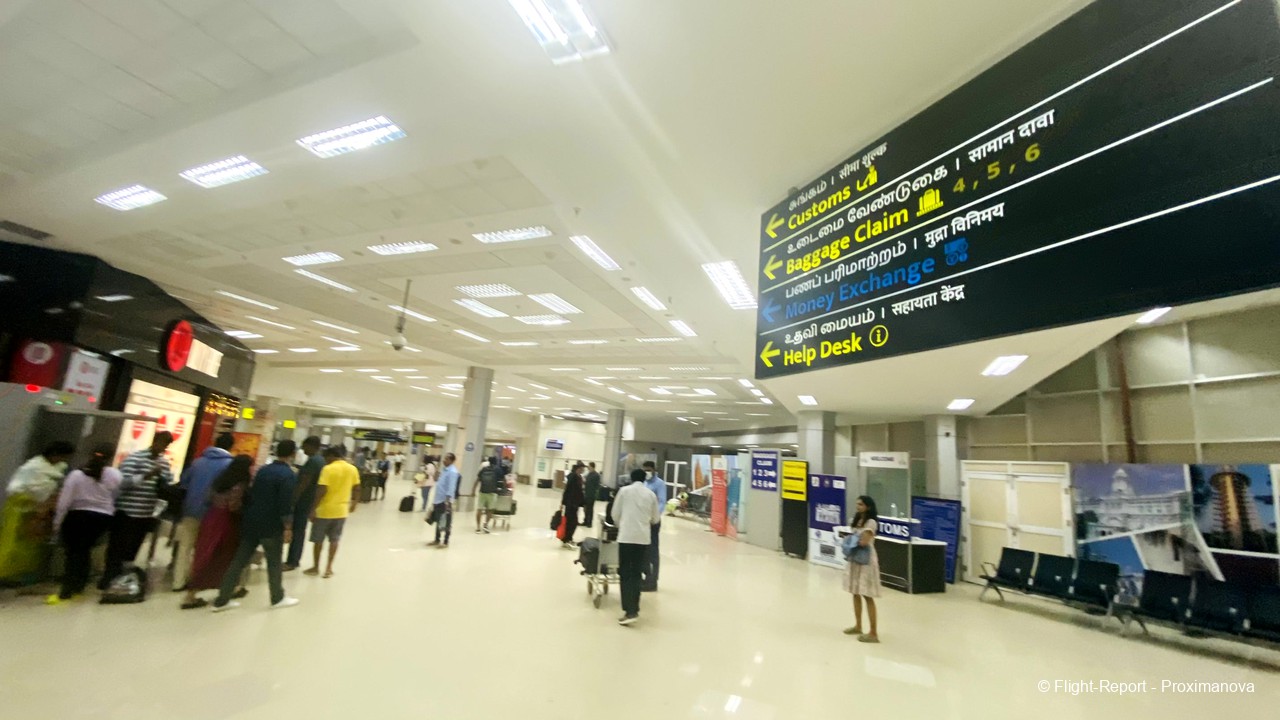
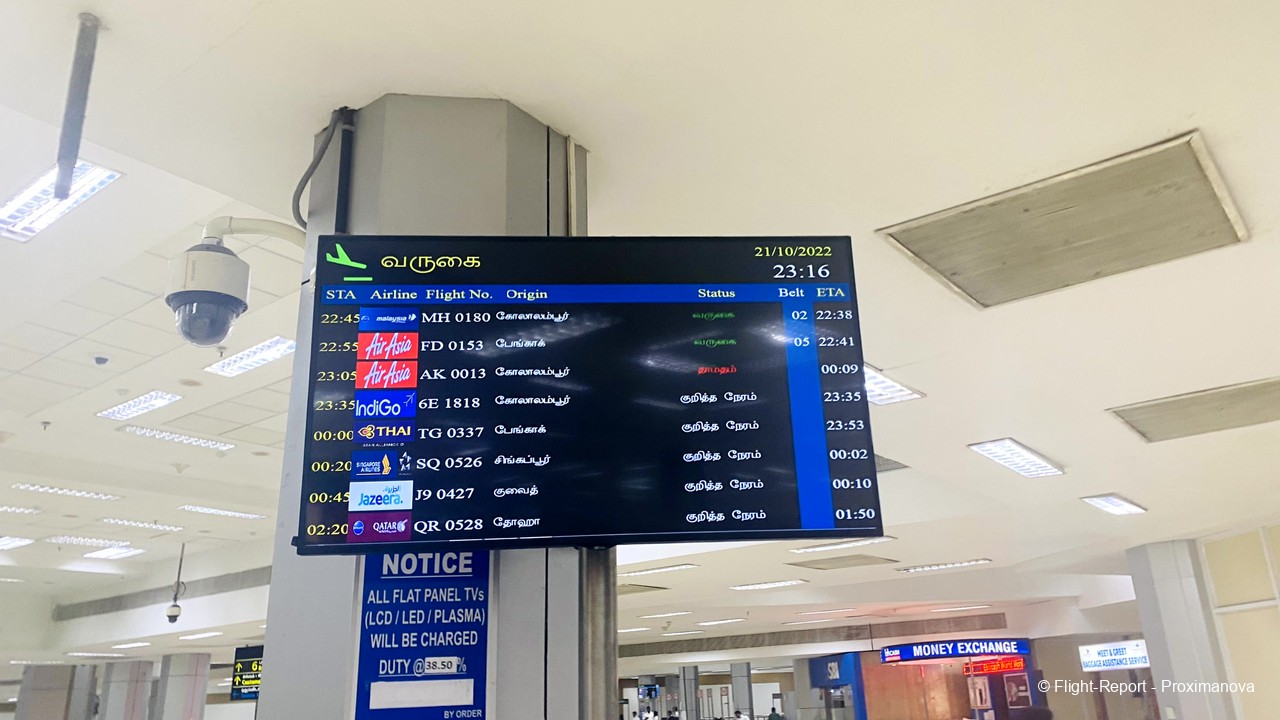
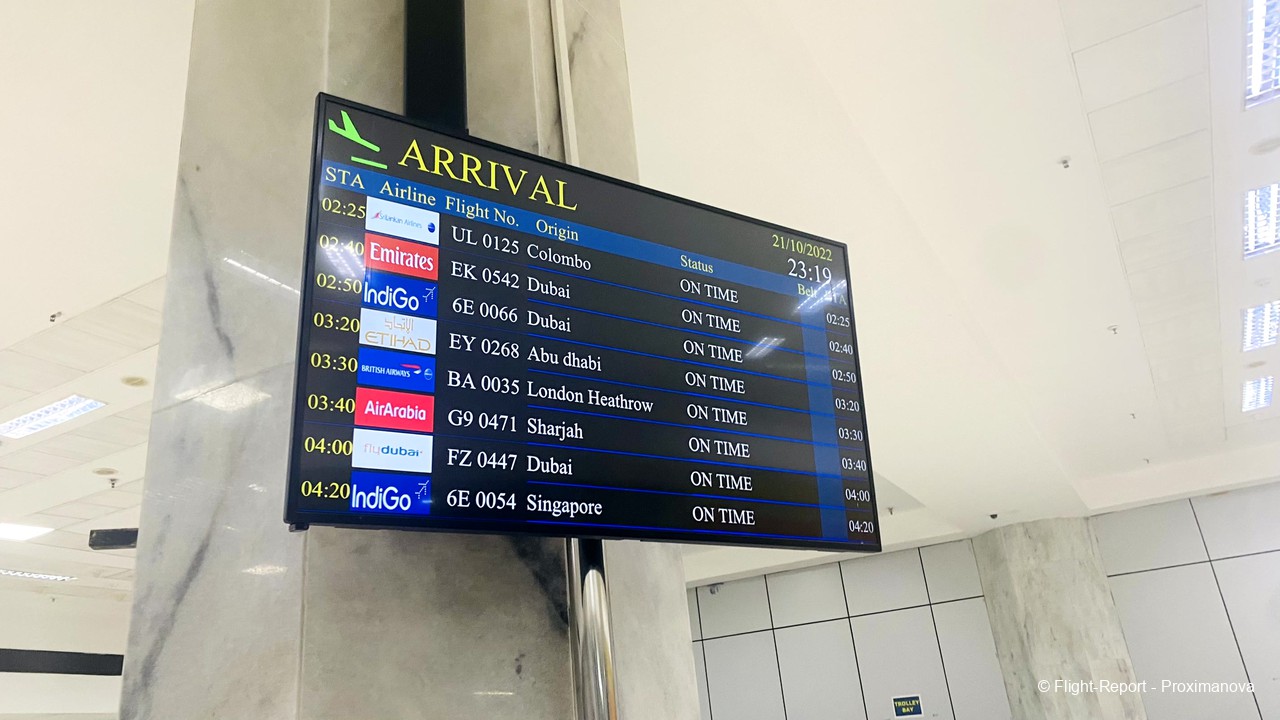
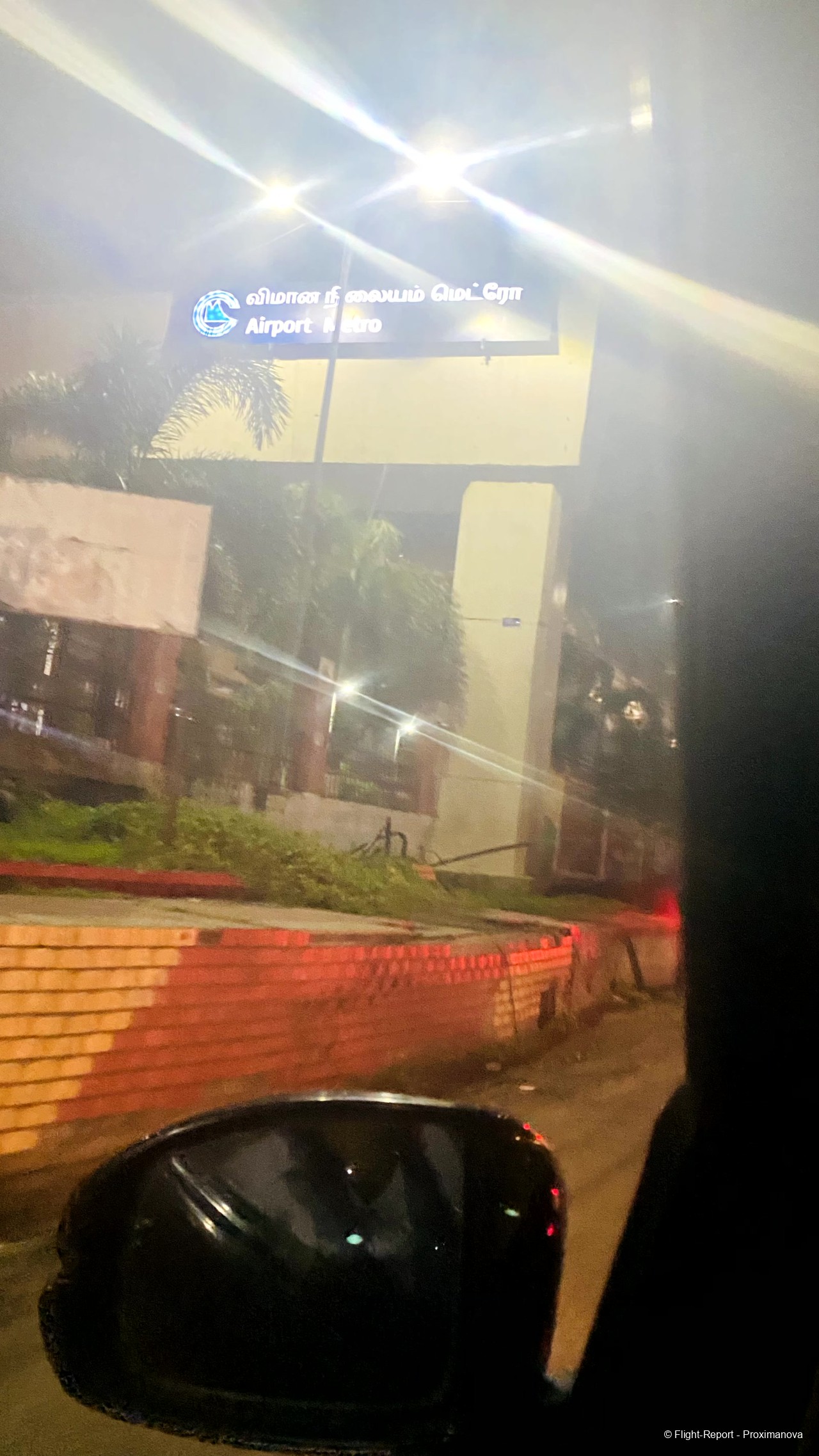
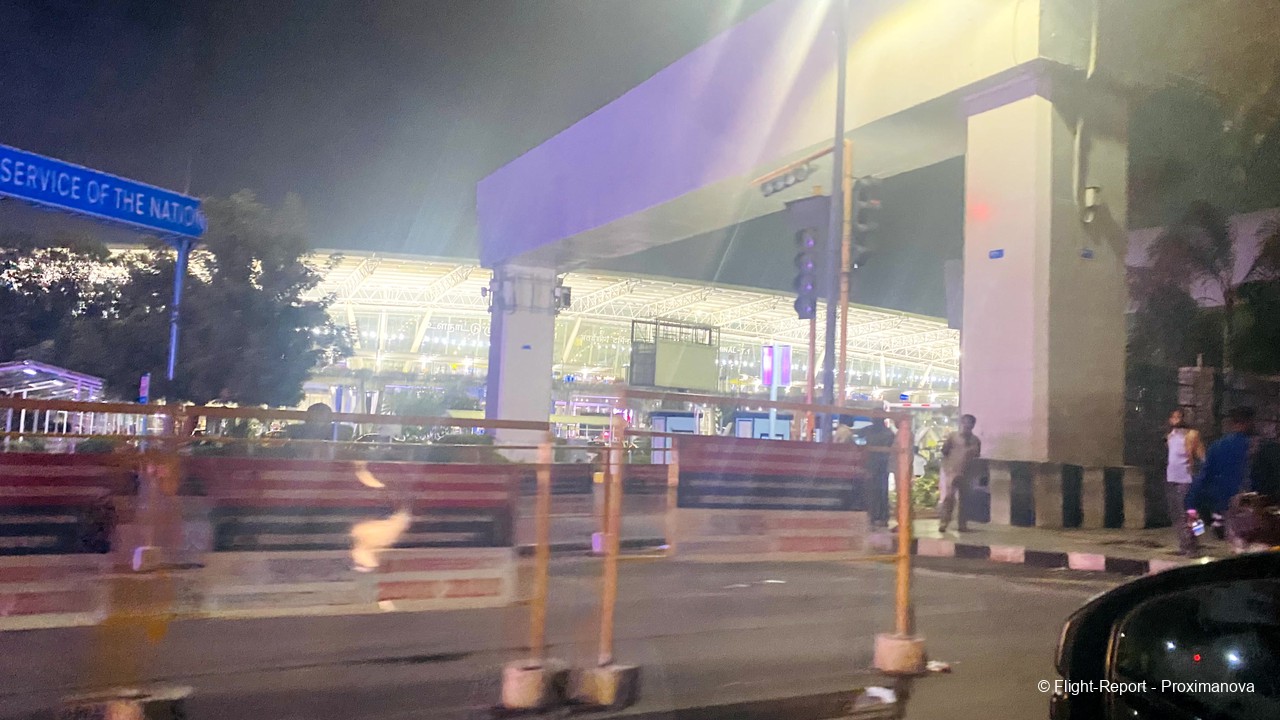
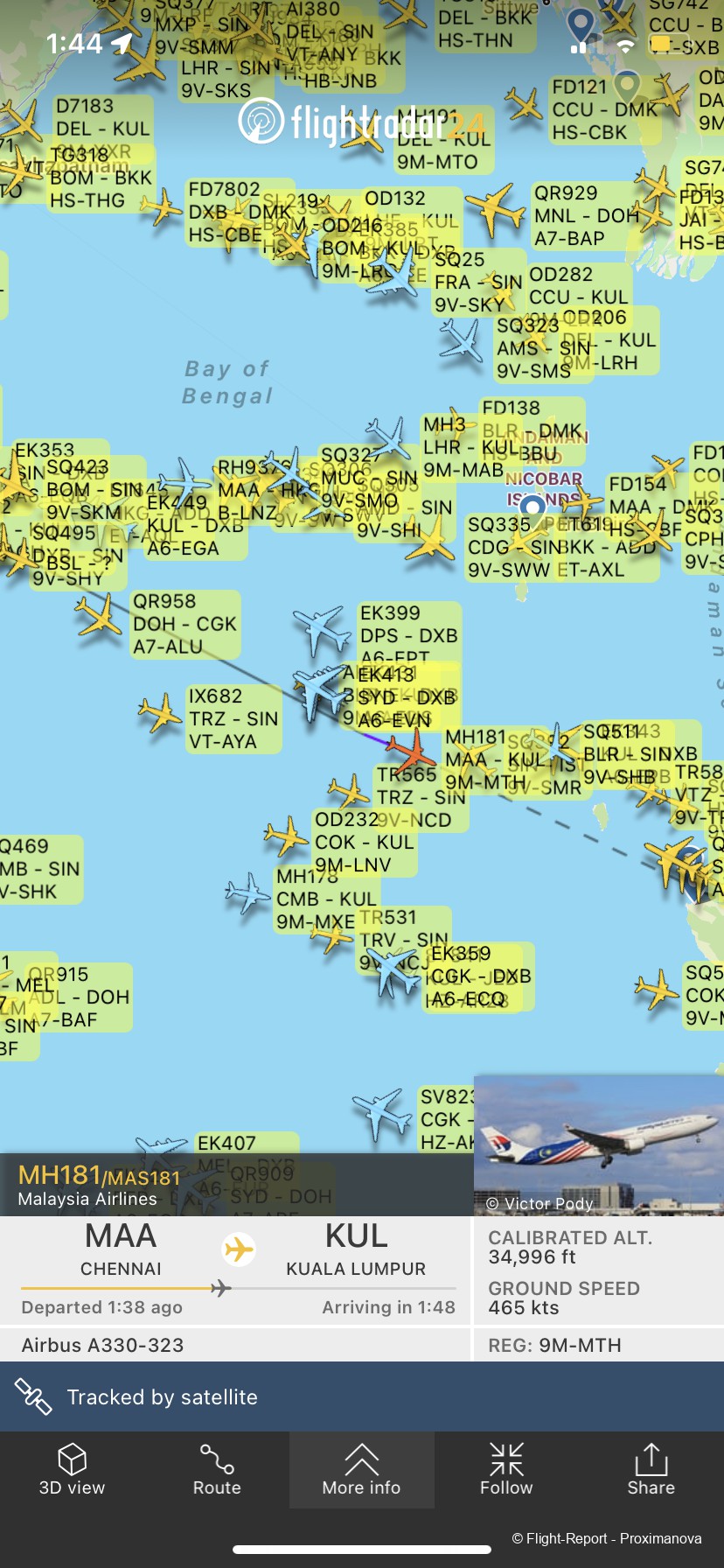
1 Comments
Ugh, I hate when it's a constant barrage of ads on the IFE. It doesn't feel very full-service carrier, but I imagine the ad revenue is sorely needed by MH these days.
Glad you enjoyed your first flight on a oneworld carriers and you're lucky to have several great oneworld carriers in the Asia-Pacific region like CX, JL, and QF in addition to MH.
Thanks for sharing!
Login to post a comment.